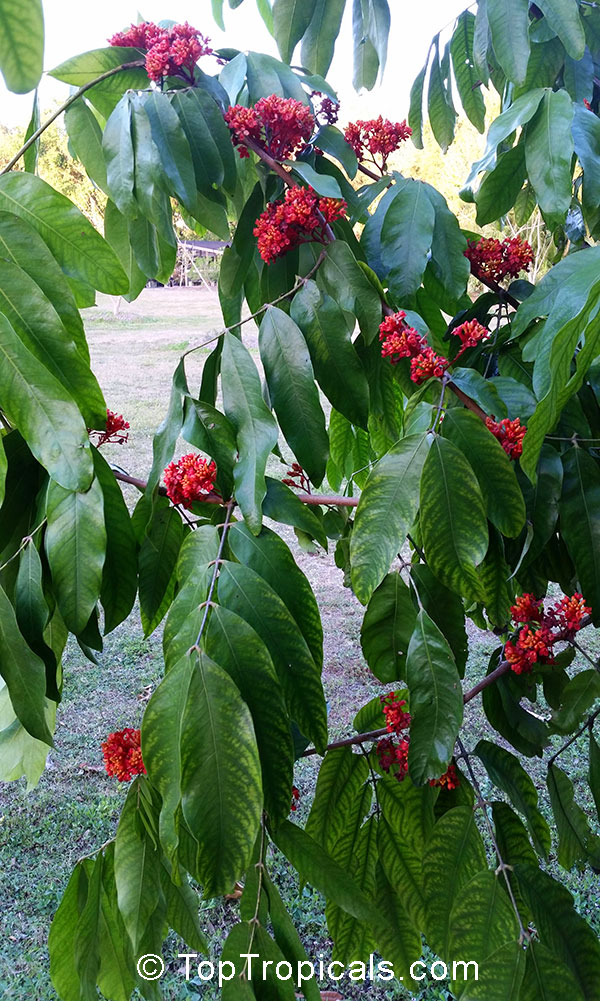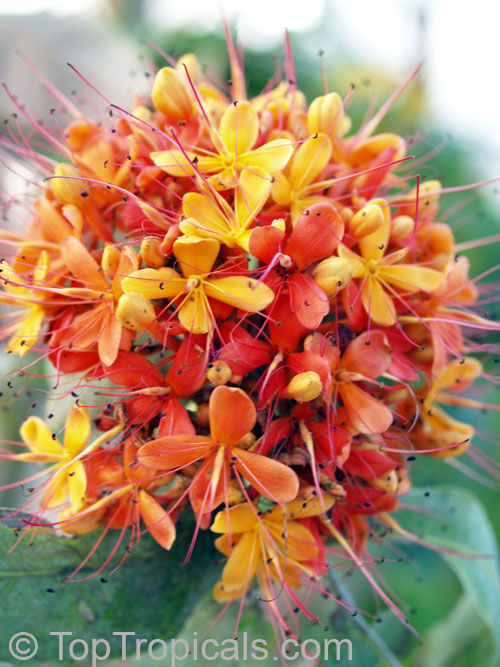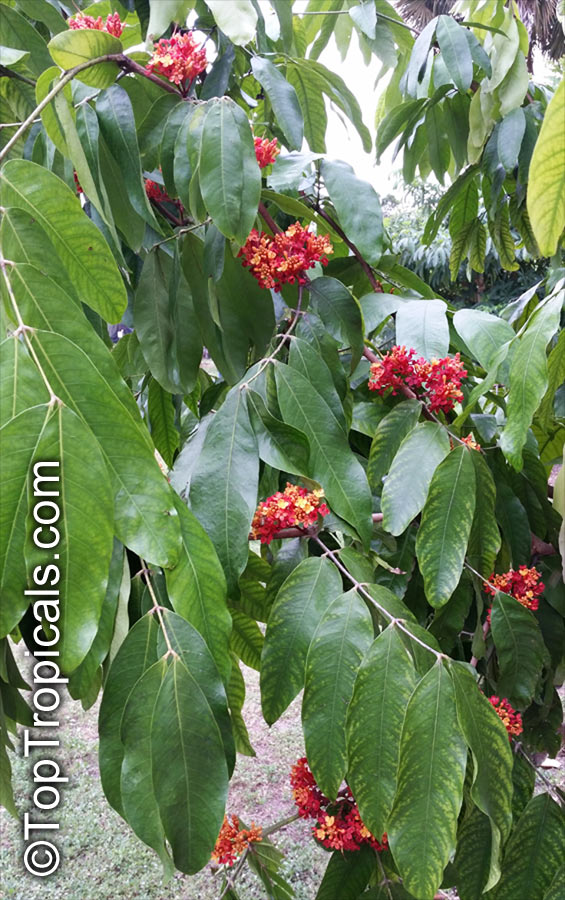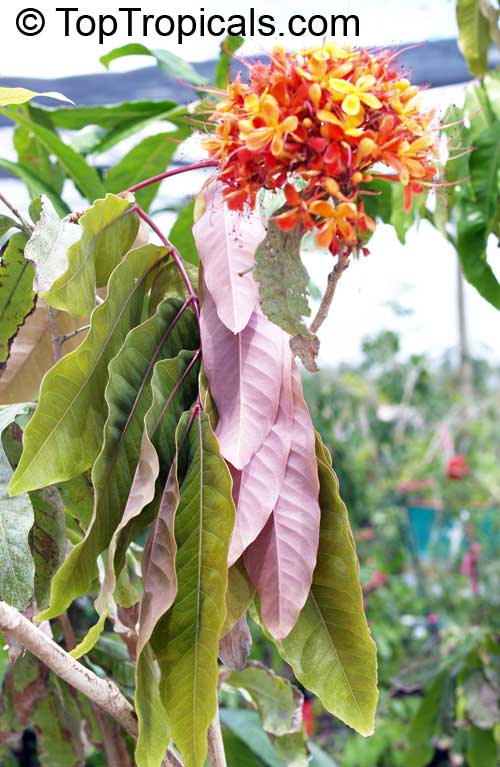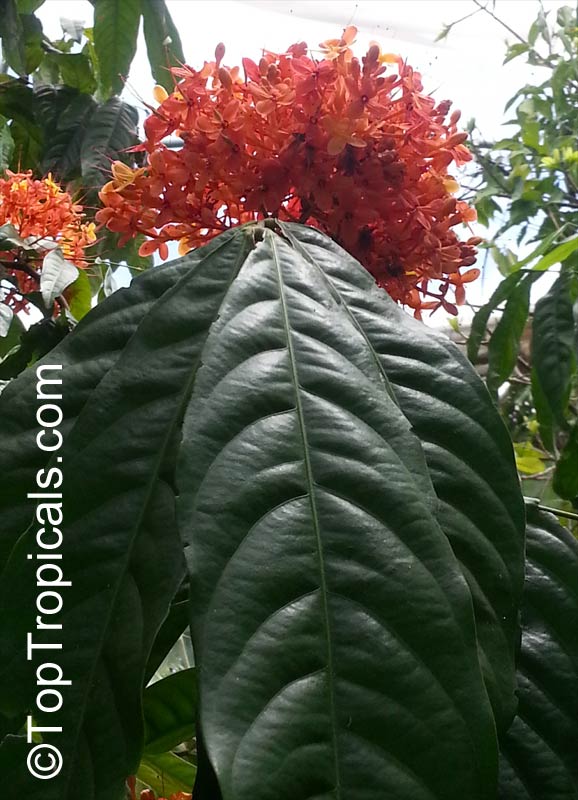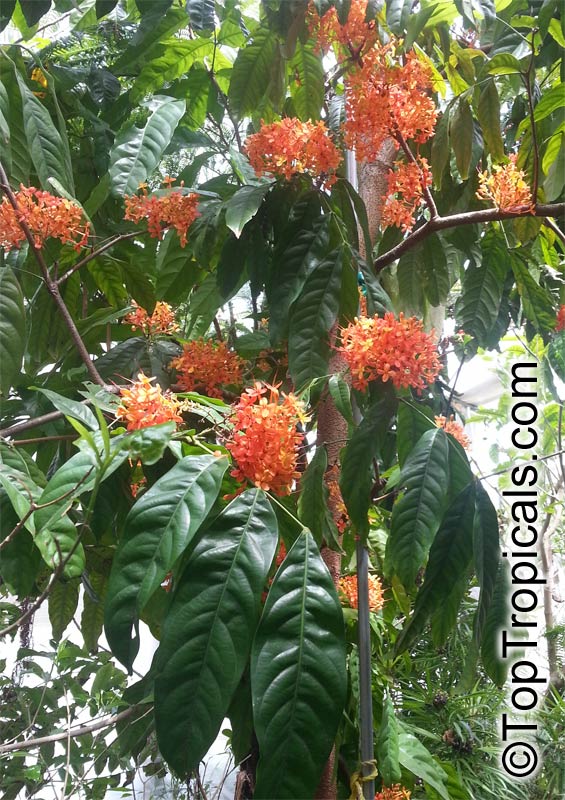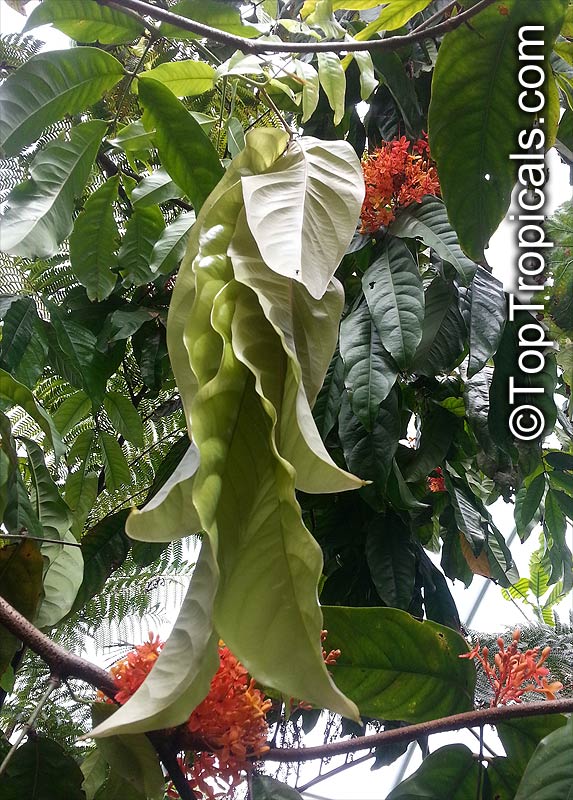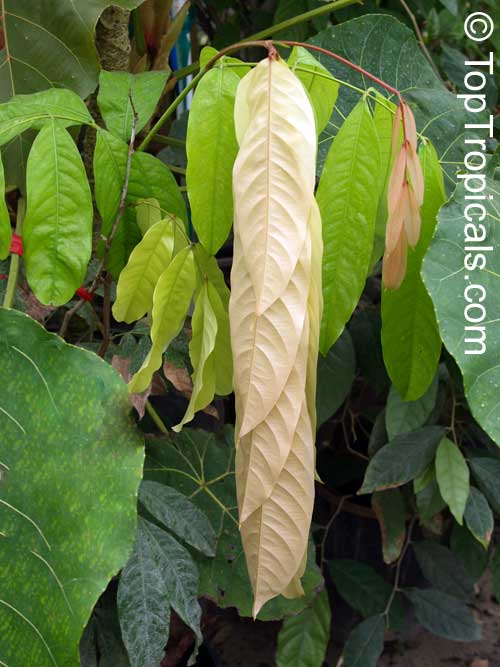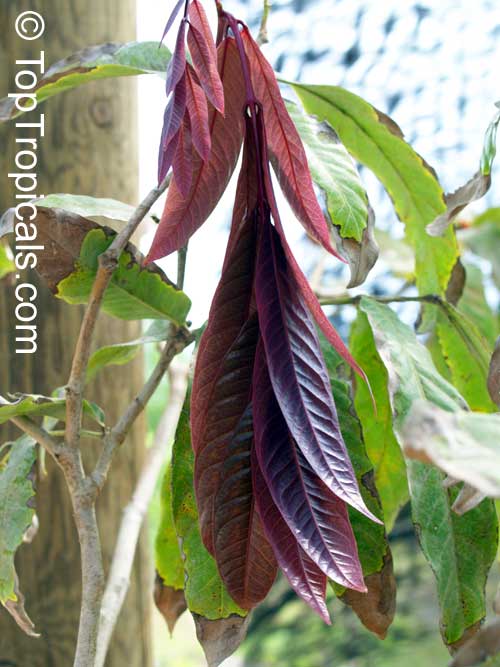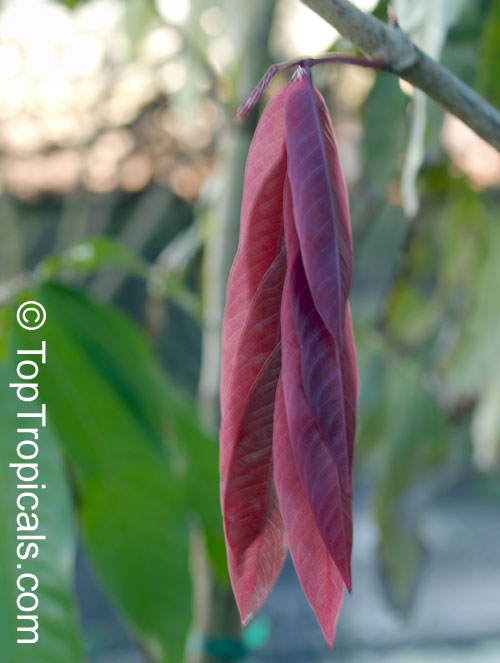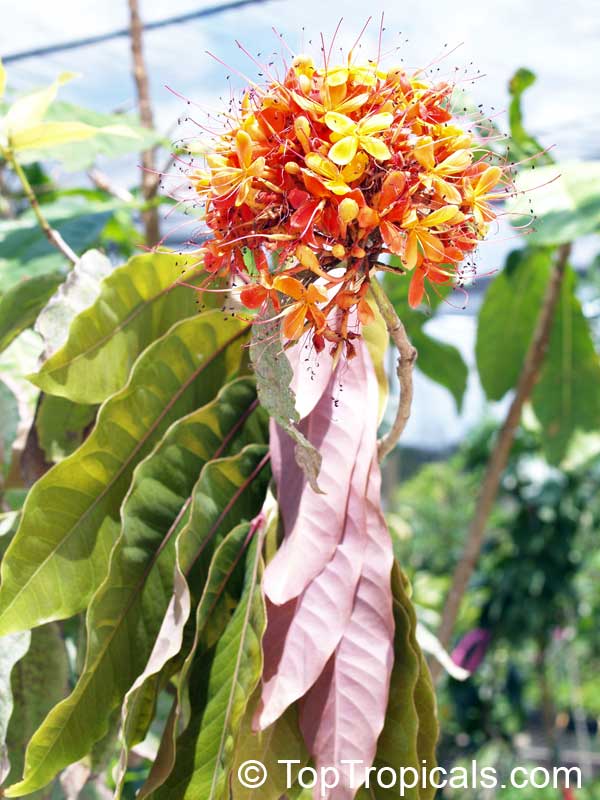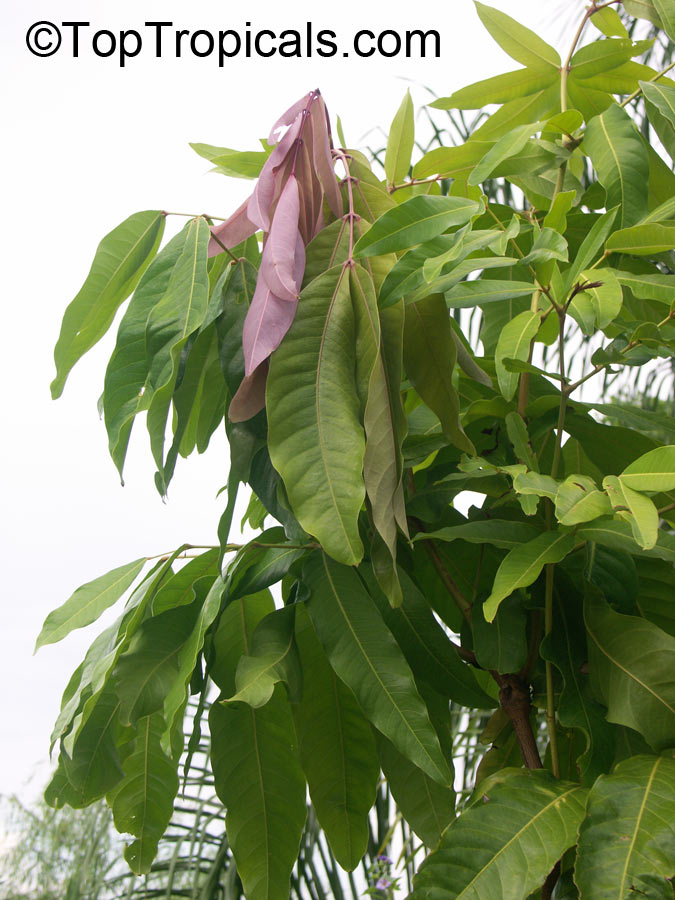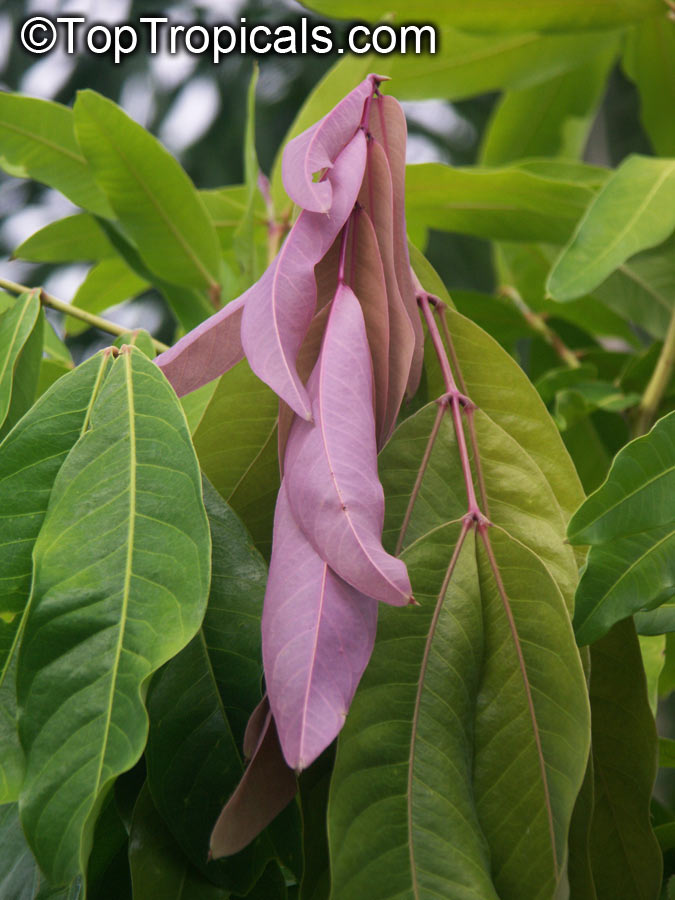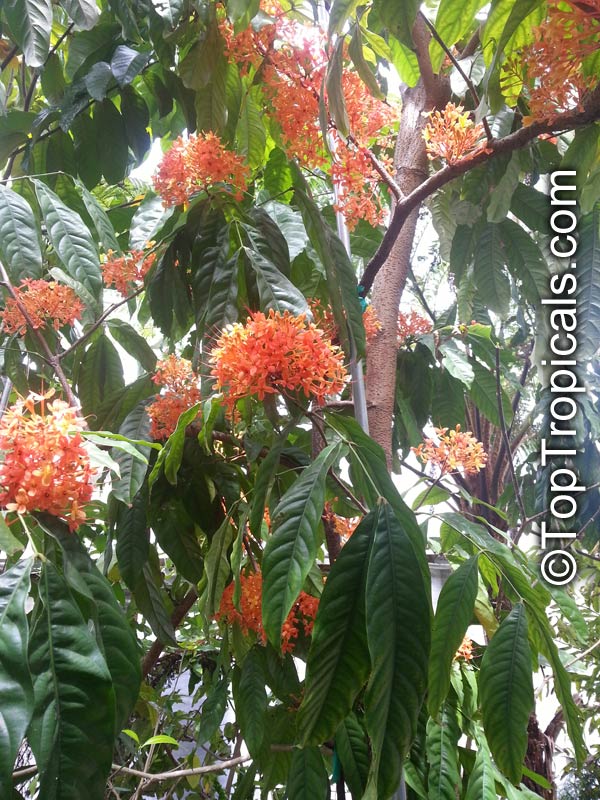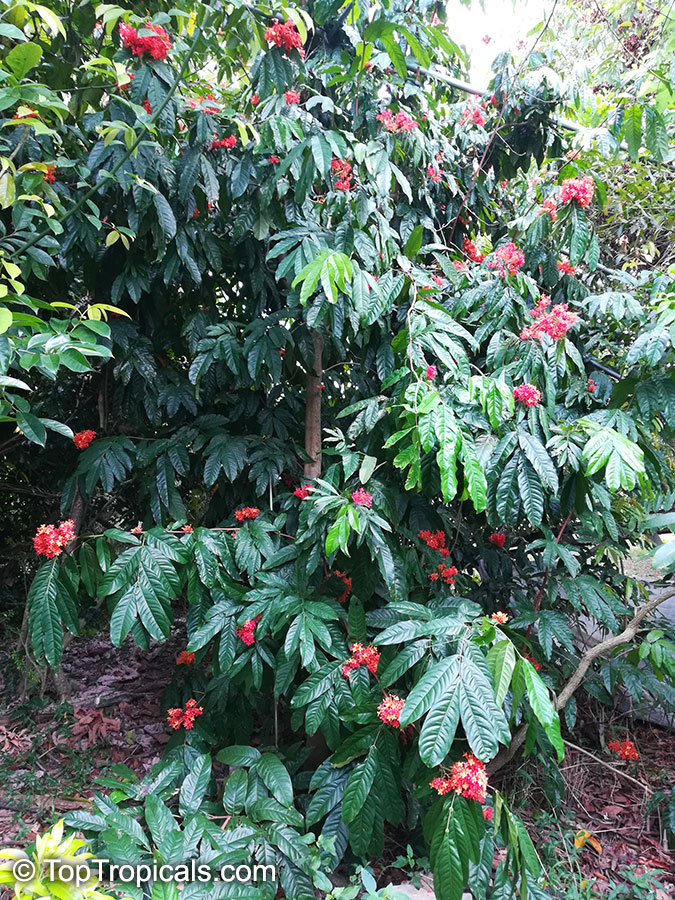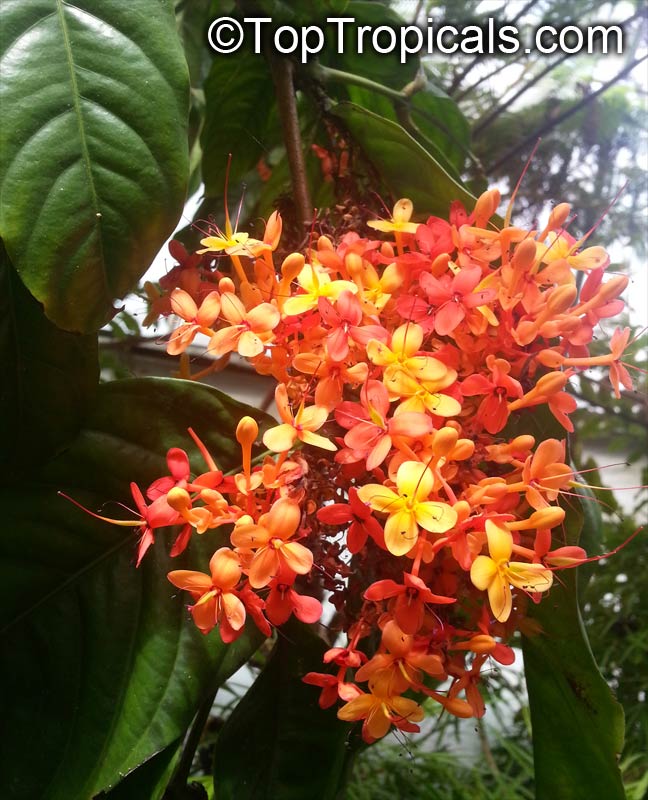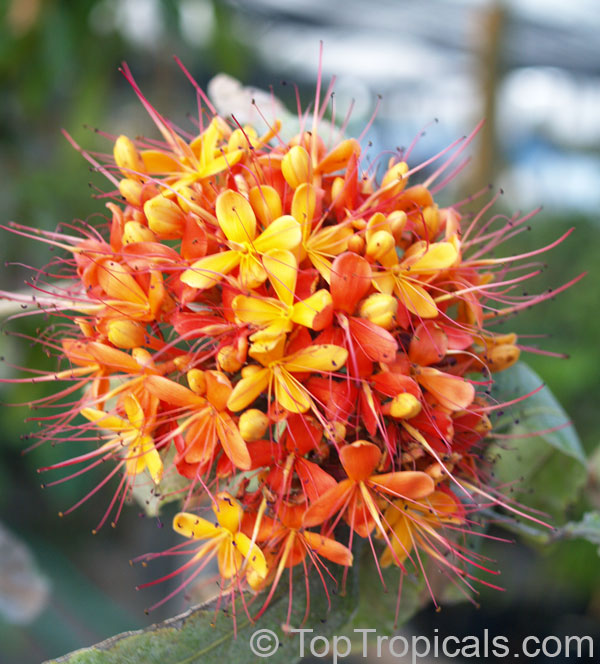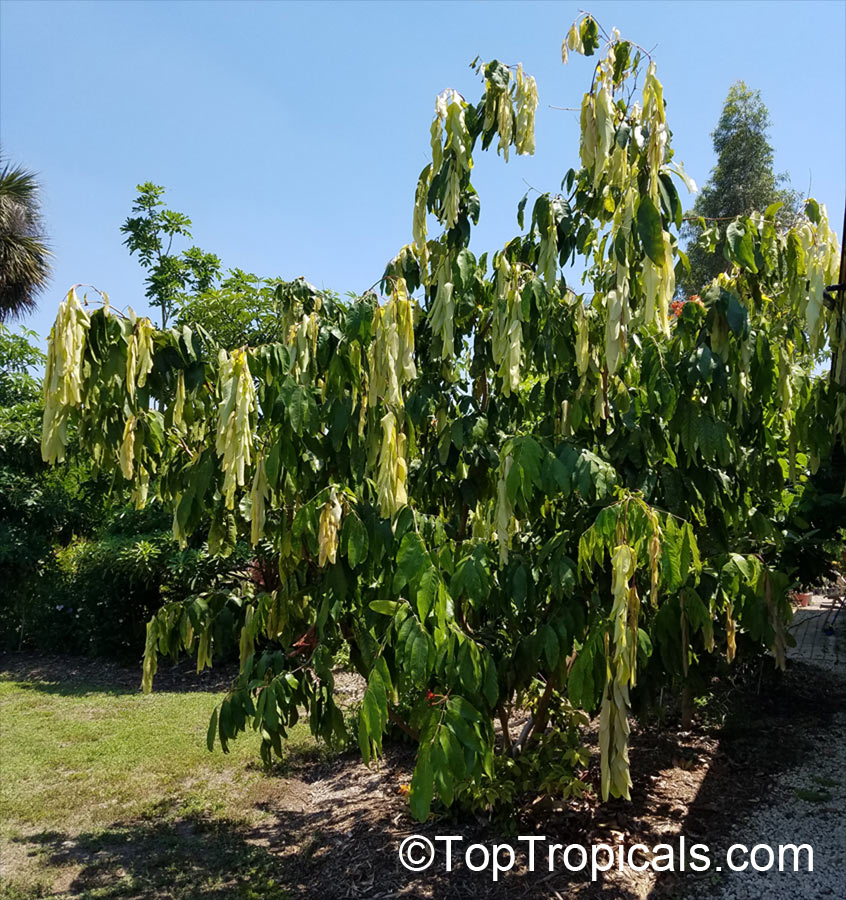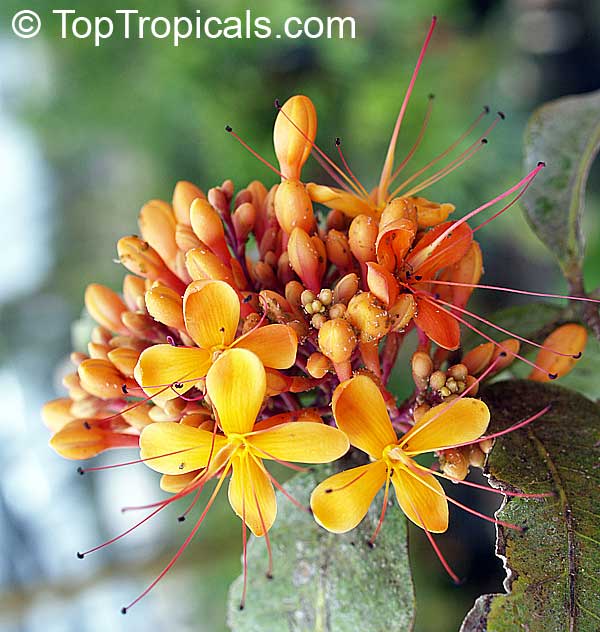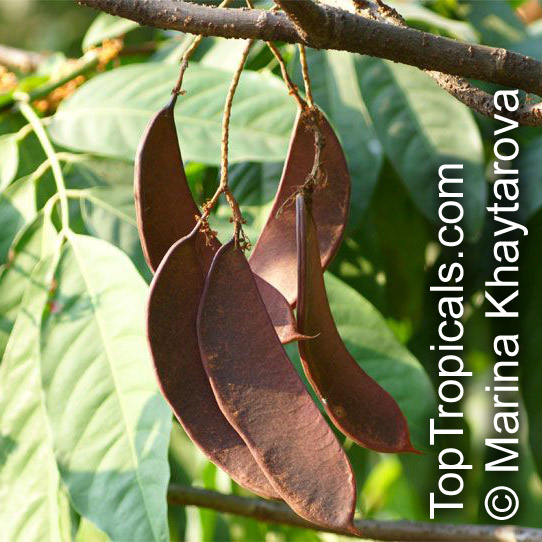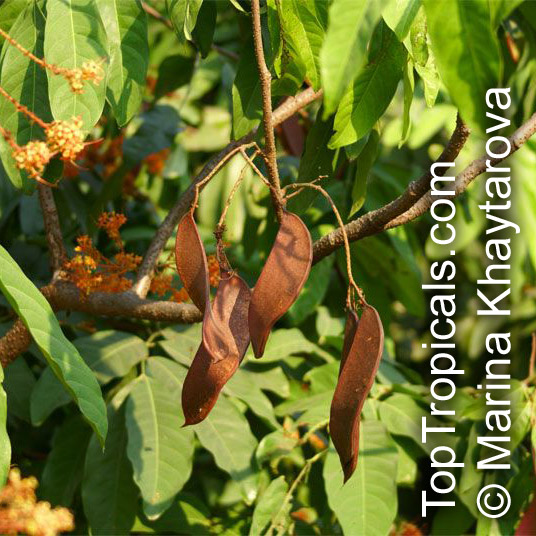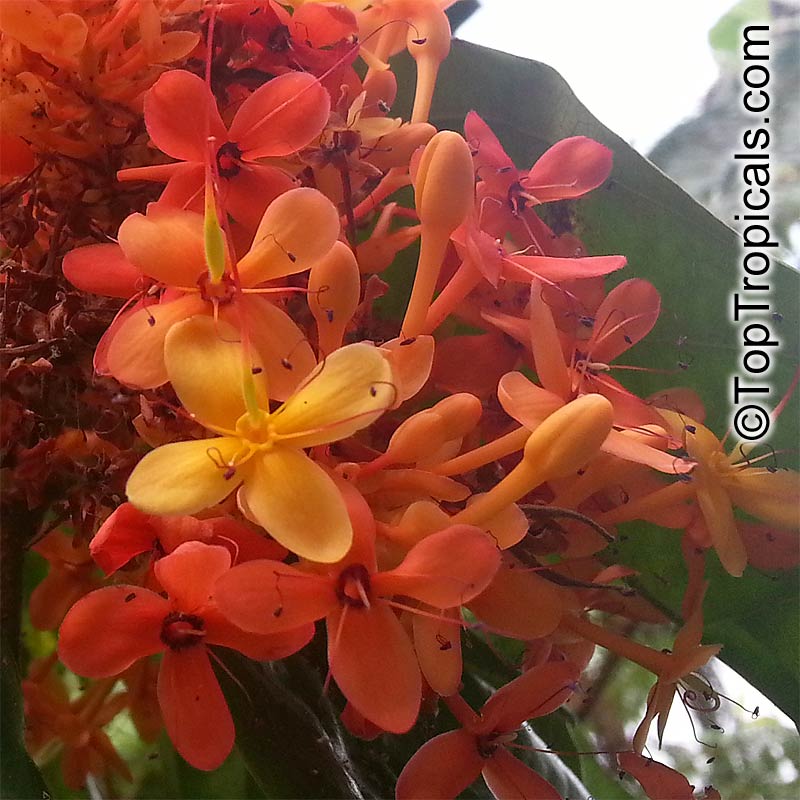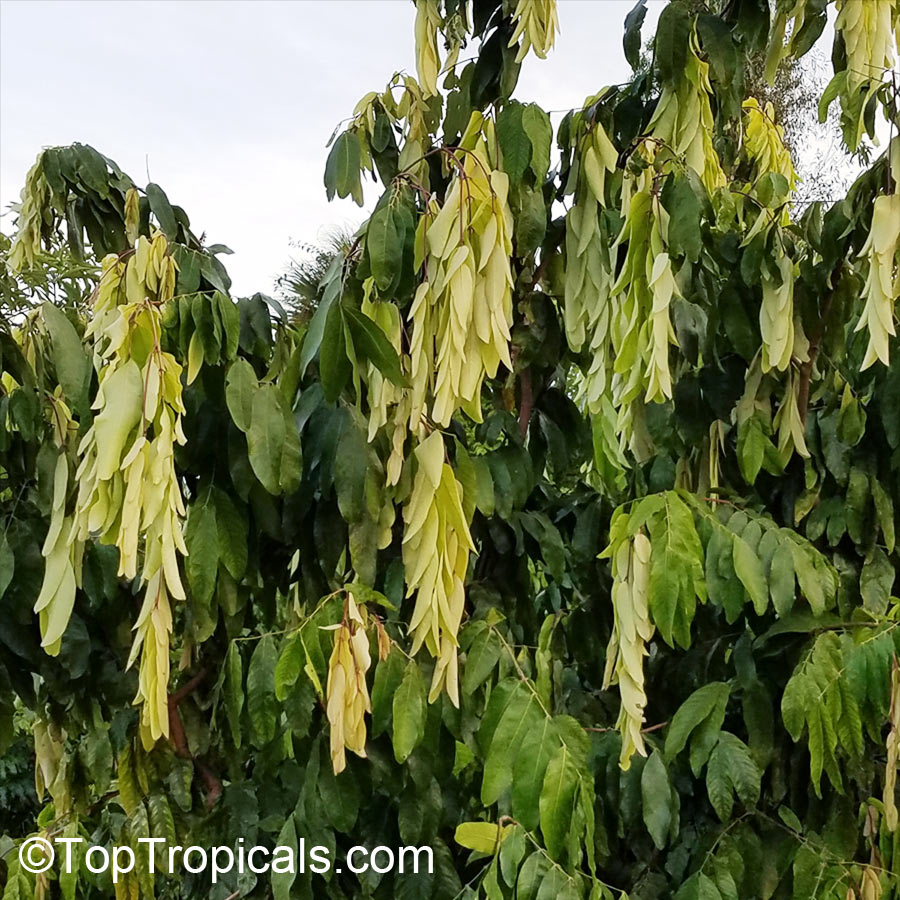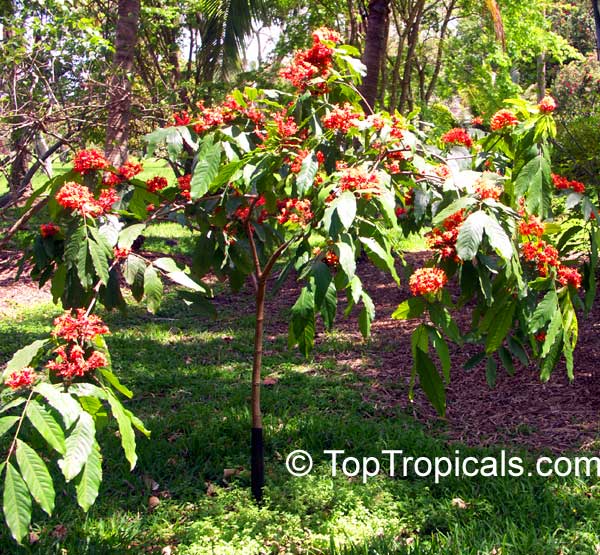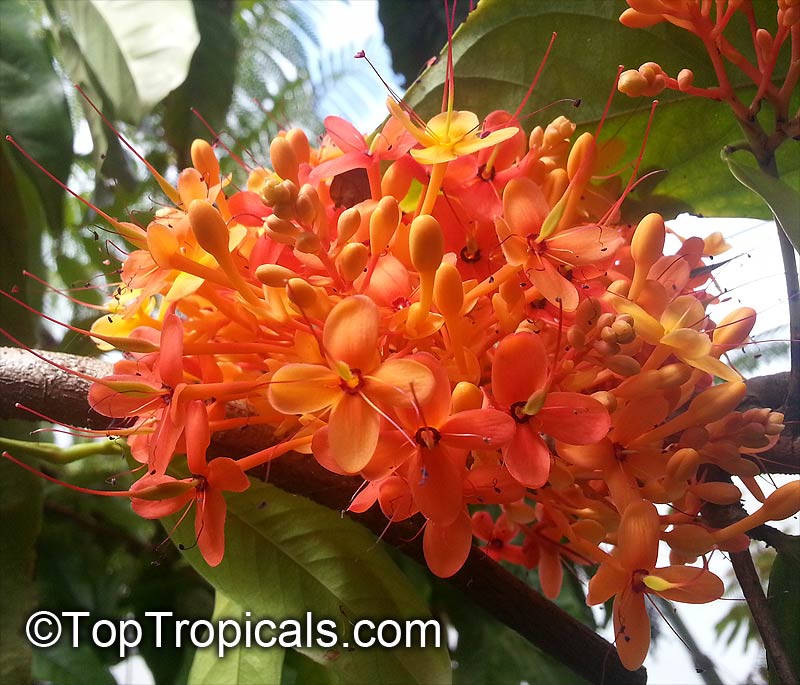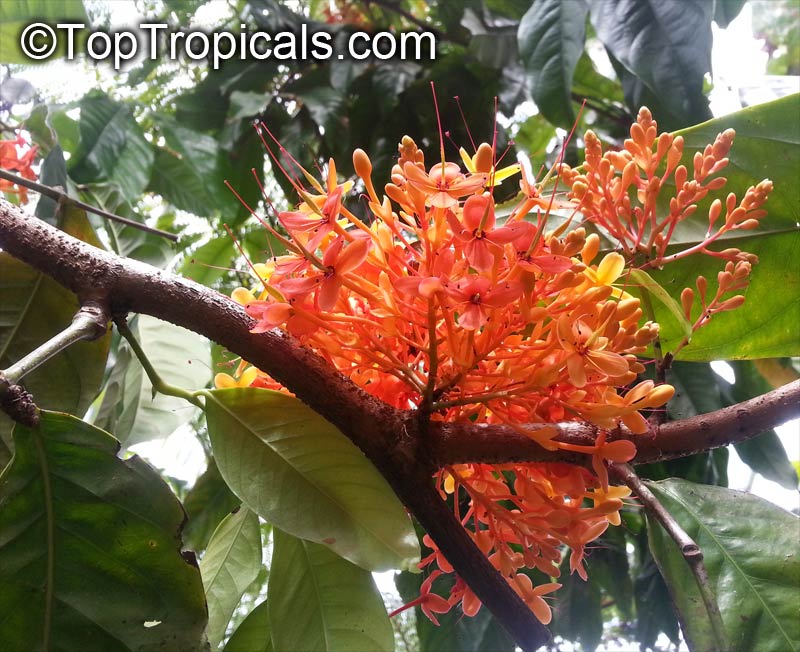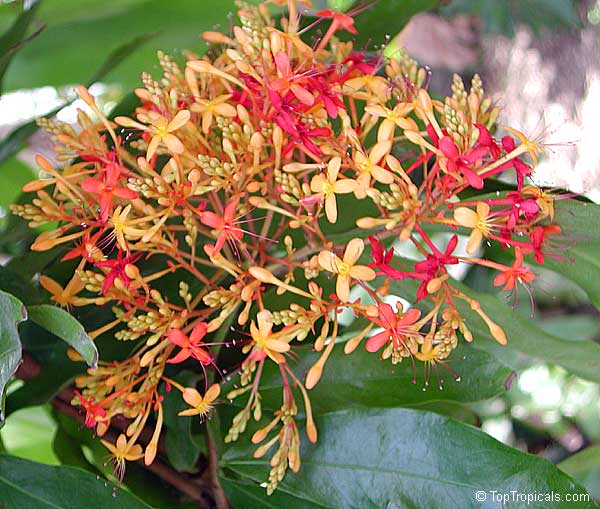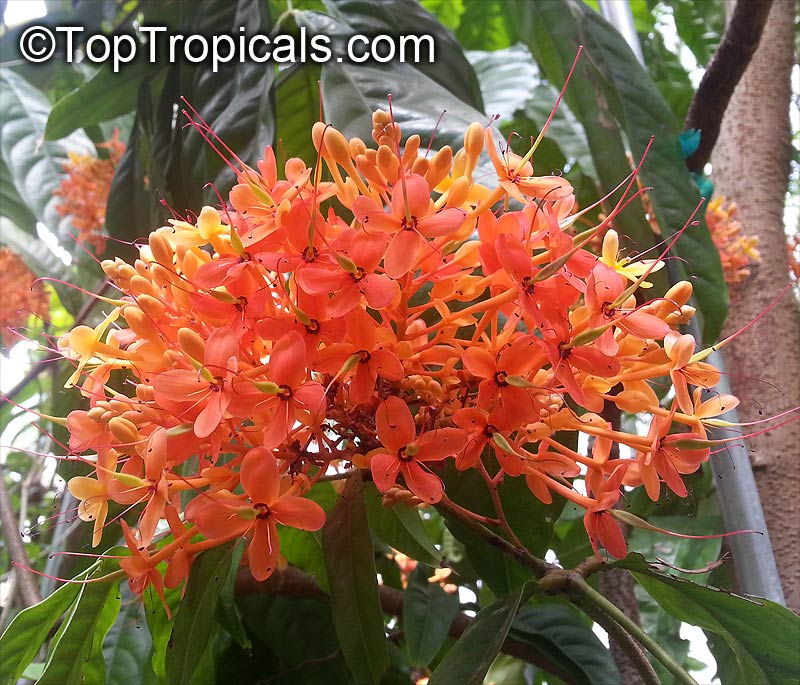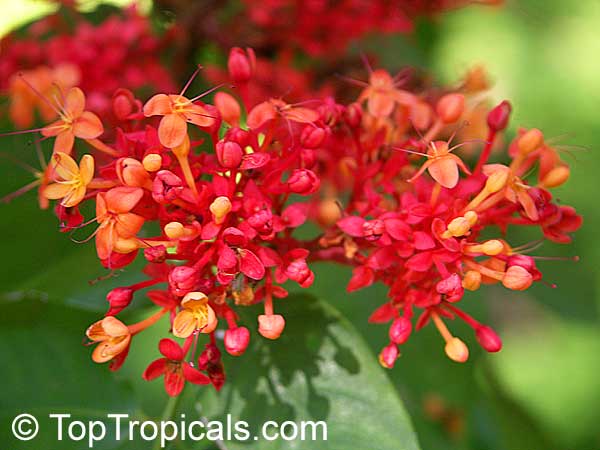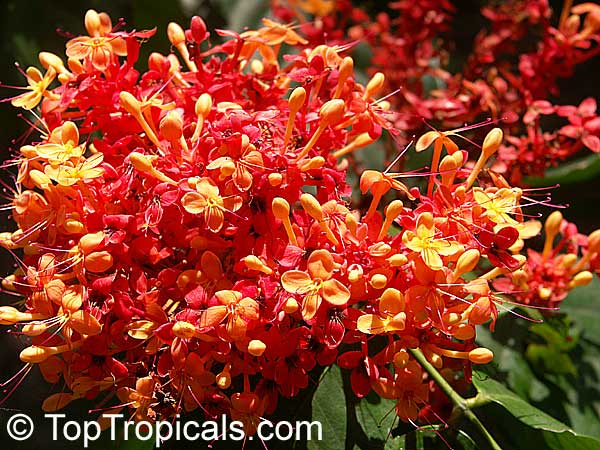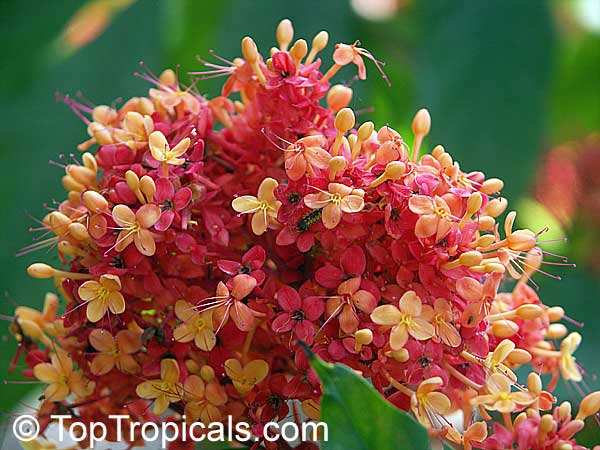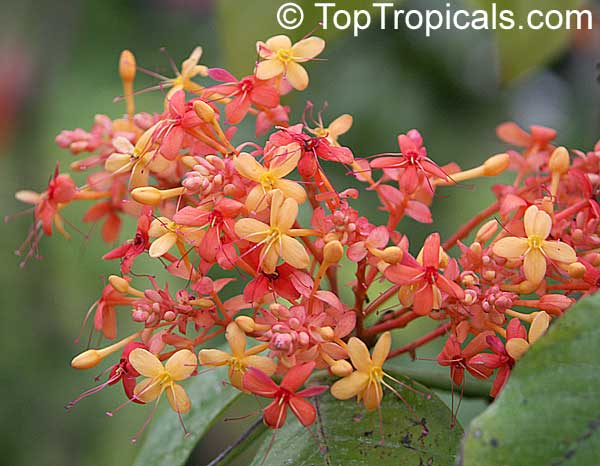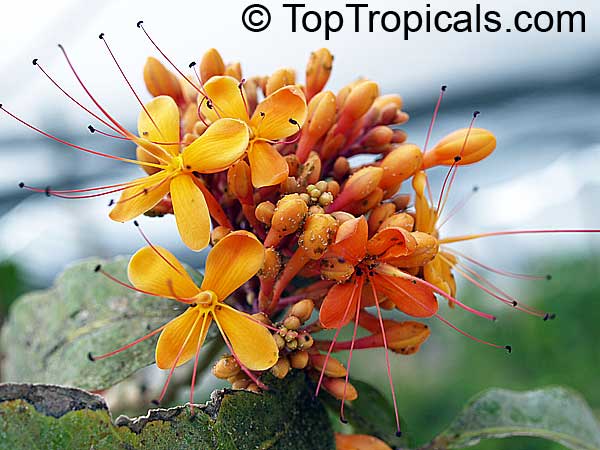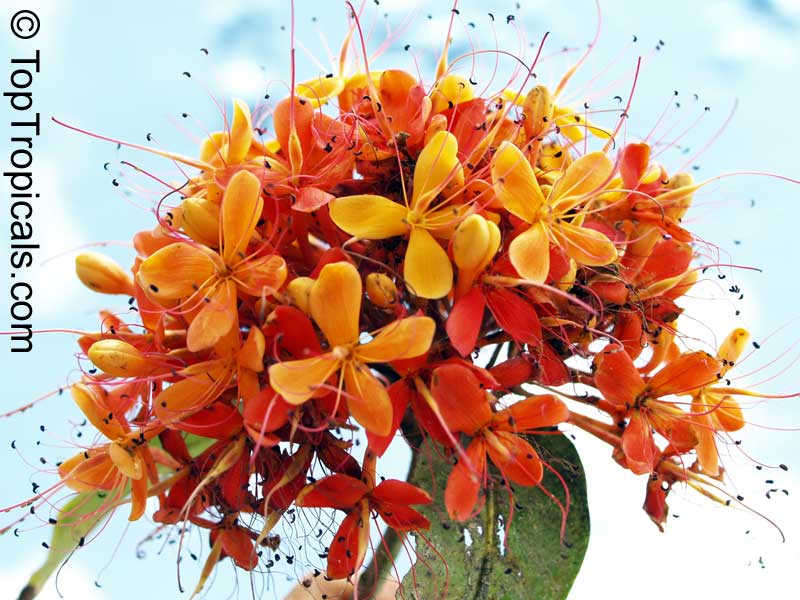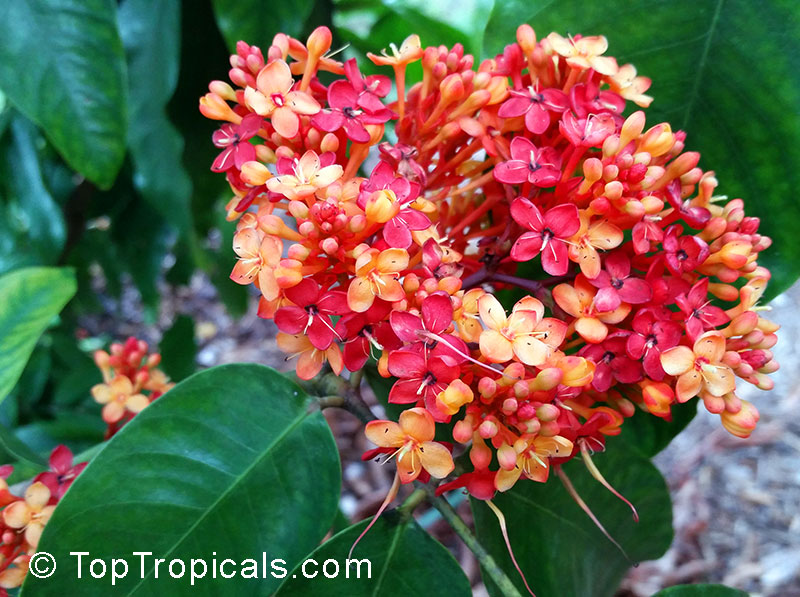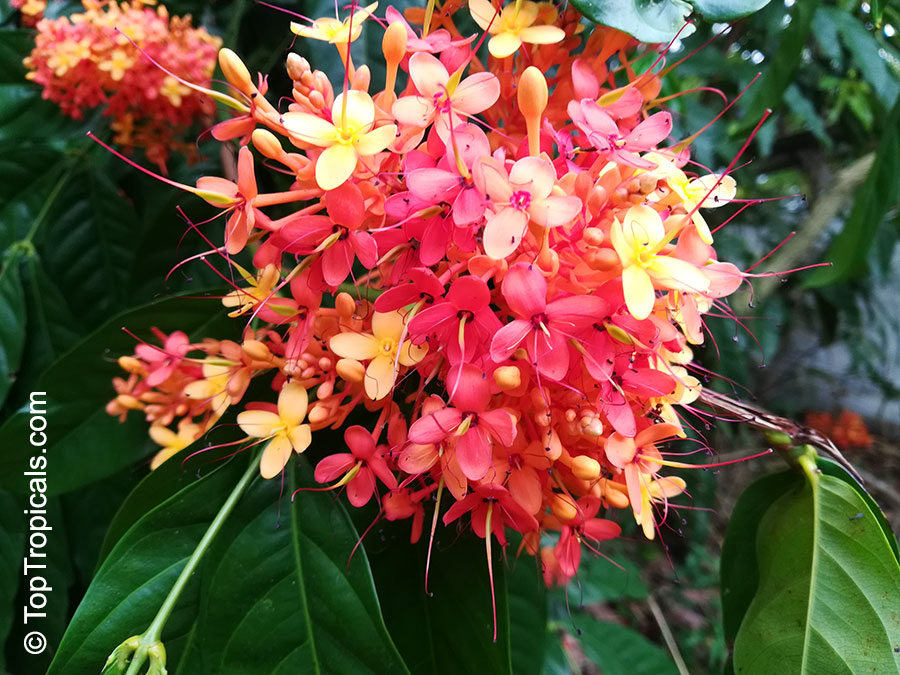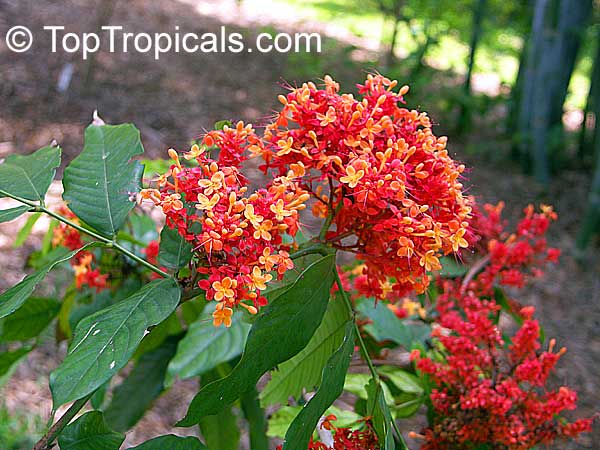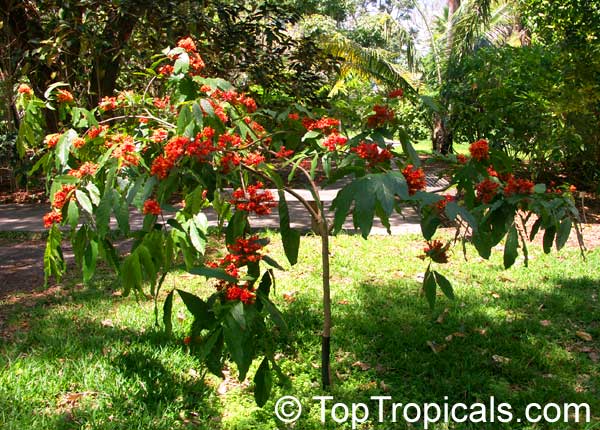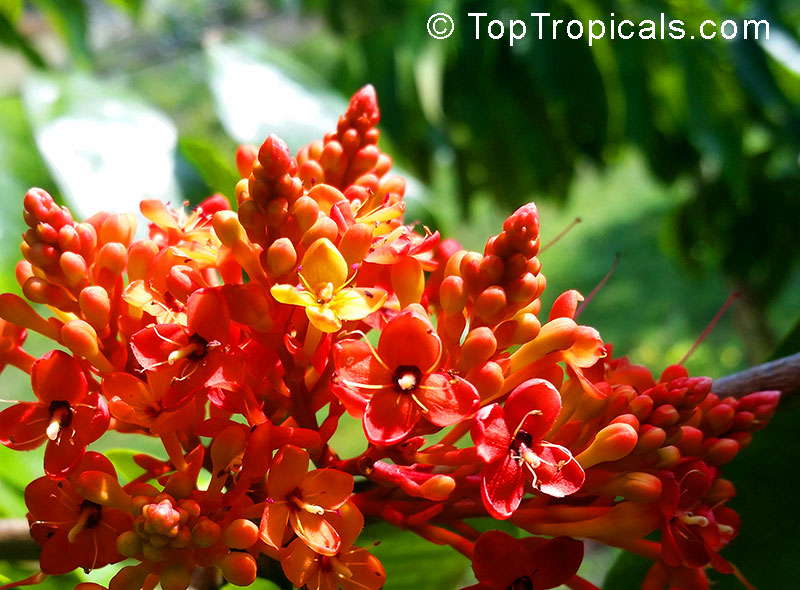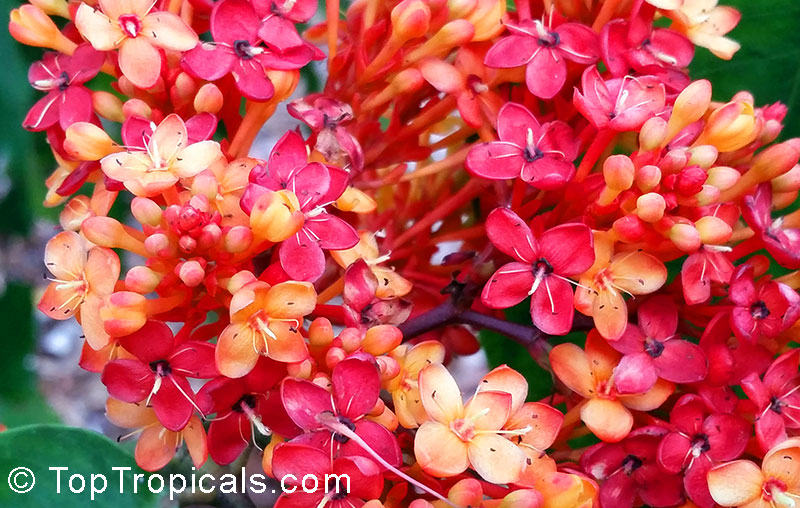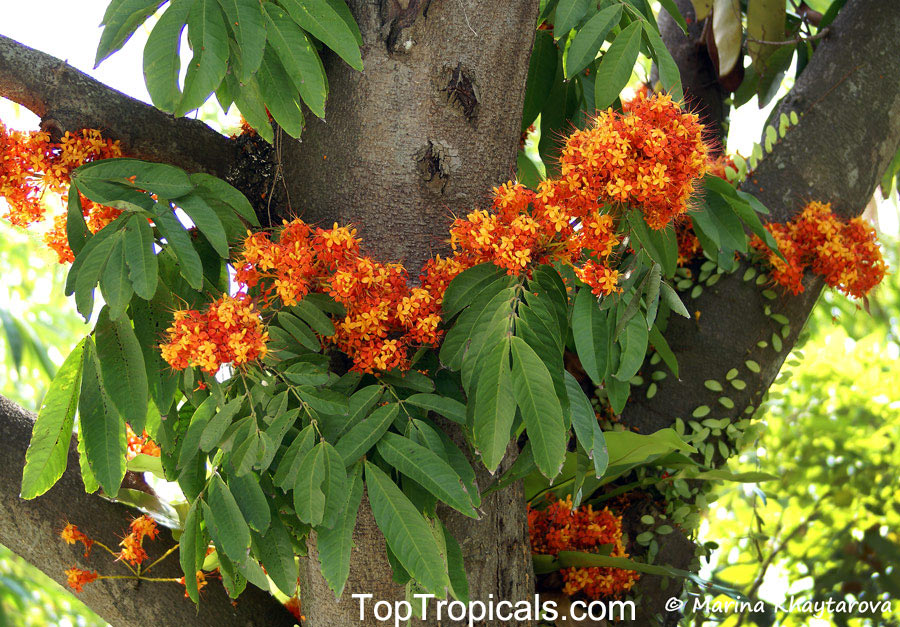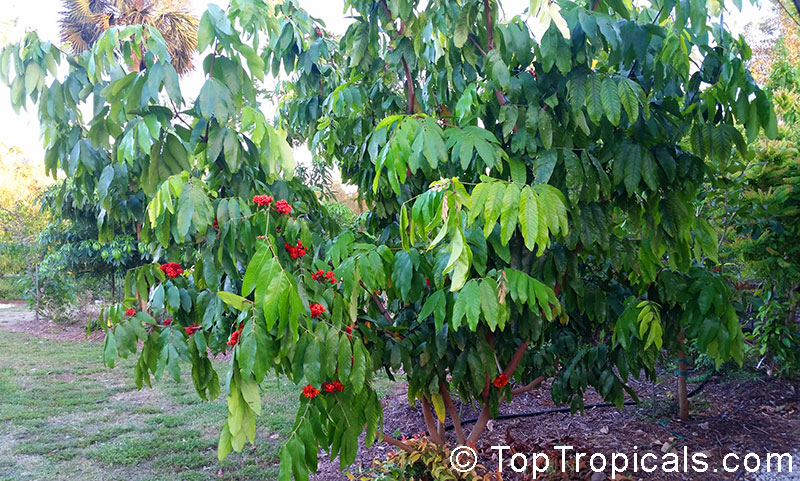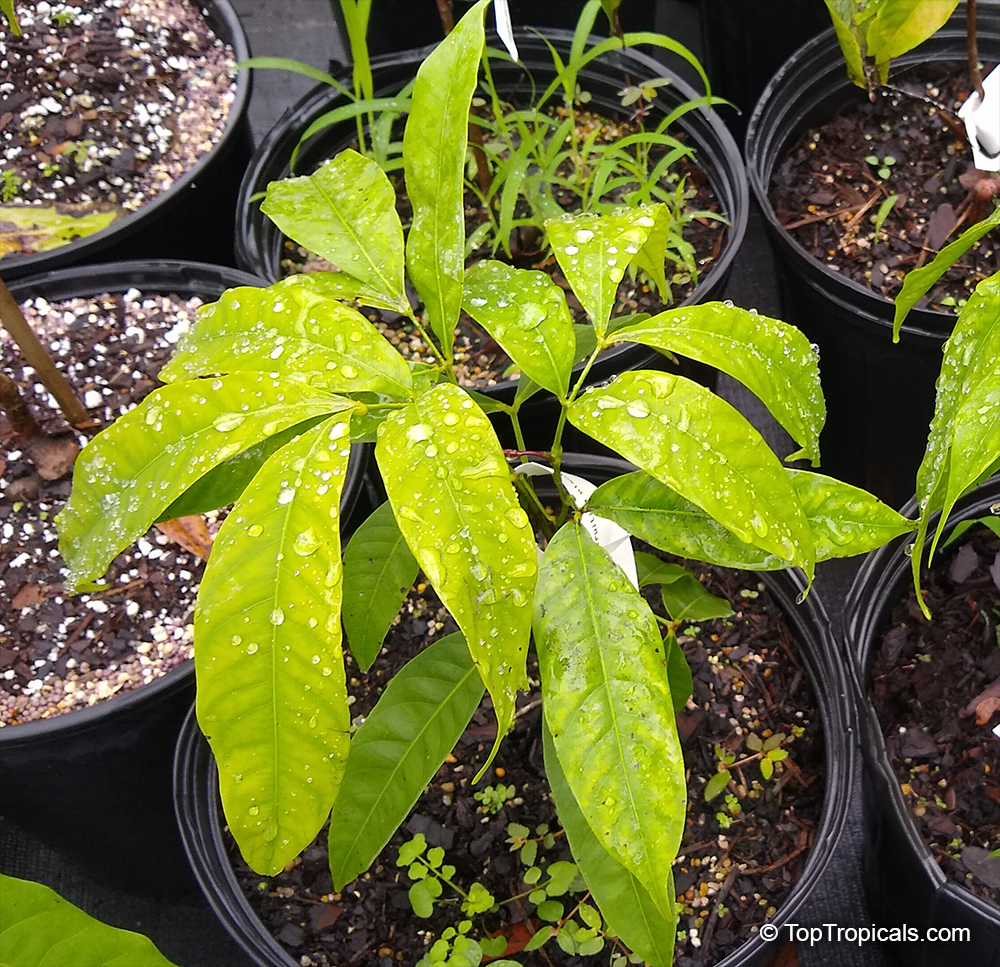Brownea - Search results
Top Tropicals Plant Encyclopedia
| Number of plants found: 10 |
Botanical name: Brownea angustifolia
Common name: Scarlet Flame Bean
Family: Fabaceae
Subfamily: Caesalpinioideae
Origin: South America






Botanical names: Brownea ariza, Hermesias ariza
Common name: Scarlet Flame Bean
Family: Fabaceae
Subfamily: Caesalpinioideae
Origin: South America







This tropical American native occurs in Colombia and Venezuela, though it is widely grown in other tropical regions worldwide. A true tropical, it requires frost-free environment with hight air humidity. Assuming you can provide the tropical conditions, the species grows into a nice medium size tree 20-25 ft (smaller in containers), with dense umbrella-like canopy, spreading 15-20 ft wide.
Young leaves a pale green to pinkish, almost white, sometimes with light variegation, and hangs down like a large handkerchief (like in all related species (browneas, amherstia, maniltoa, etc.).
Flowering occurs on 3-4th year from seed, at the base of the branches. The flower lasts a few days, however the view is unforgettable.
Related species: Brownea grandiceps, Brownea capitella.
Botanical name: Brownea crawfordii
Common name: Rose of Venezuela
Family: Fabaceae
Subfamily: Caesalpinioideae
Origin: South America






In some sources Brownea crawfordii is hybrid Brownea grandiceps x macrophylla
Botanical name: Brownea grandiceps
Common names: Rose of Venezuela, Scarlet Flame Bean
Family: Fabaceae
Subfamily: Caesalpinioideae
Origin: South America






A slow-growing, small tree with very large heads of red flowers which hang beneath the foliage. The leaflets are aristate, having an elongated apex. Young leaves are mottled pale pink and greenish white, turning pinkish brown and finally uniformly green as they mature. The pods are velvety, and propagation is from seeds. Brownea grandiceps is recognisable from its long pinnate leaves with 12-18 pairs of leaflets and the pendulous bunches of young leaves are pale green, splashed and mottled in a reddish brown. The spotted handkerchieves are impressive enough, but the inflorescences are even more of a sight - dense, salmon-pink balls of 20 cm or more across.
Related species:Brownea ariza, Brownea capitella.
Botanical name: Brownea macrophylla
Common names: Panama Flame Tree, Rose of Venezuela
Family: Fabaceae
Subfamily: Caesalpinioideae
Origin: South America






This tropical American native occurs in Colombia and Venezuela, though it is widely grown in other tropical regions worldwide. A true tropical, it requires frost-free environment with hight air humidity. Assuming you can provide the tropical conditions, the species grows into a nice medium size tree 20-25 ft (smaller in containers), with dense umbrella-like canopy, spreading 15-20 ft wide.
Young leaves a pale green to pinkish, almost white, sometimes with light variegation, and hangs down like a large handkerchief (like in all related species (browneas, amherstia, maniltoa, etc.).
Flowering occurs on 3-4th year from seed, at the base of the branches. The flower lasts a few days, however the view is unforgettable.
Related species: Brownea grandiceps, Brownea capitella., Brownea kiwensis.
Botanical name: Brownea sp.
Common name: Scarlet Flame Bean
Family: Fabaceae
Subfamily: Caesalpinioideae
Origin: South America






Botanical name: Amherstia nobilis
Common names: Pride of Burma, Orchid Tree
Family: Fabaceae
Subfamily: Caesalpinioideae
Origin: Myanmar (Burma)






Perhaps the most beautiful of flowering tropical trees, certainly attractive enough to earn the sobriquet Queen of Flowering Trees. Obscure origins add to the mystique of this noble petite tree. It has only been collected from the wild a couple of times, in the forests of Burma, leading to its common name Pride of Burma. The tree has compound leaves and a great profusion of large, irregular, yellow-spotted scarlet flowers. The genus is named after Lady Sarah Amherst, who collected plants in Asia in the early Nineteenth century. Not only is she commemorated in one of the most beautiful of the worlds trees, she also lends her name to Lady Amherst pheasant one of the most elegant birds. The new leaves are produced in flaccid pale tassels that turn purplish before they green and open out. When not in flower, Amherstia looks similar to Saracca, another Asian legume genus. The leaves unfurl in handkerchief fashion like the Brownea and Maniltoa. New leaf growth is reddish, hangs down at first.
Botanical name: Browneopsis ucayalina
Common names: New Guinea Ghost Tree, Maroon Handkerchief
Family: Fabaceae
Subfamily: Faboideae
Origin: South America






This plant is an amazing collectible that is sought after and yet so hard to find! Related to Maniltoas and Browneas, this small tree has leaves with attractive camouflage - maroon and light green pattern. New growth is pendant and slowly becomes erect as it matures. Leaves mature to dark green. Prefers warm humid conditions and slightly acidic soil high in organic matter. Does not tolerate wind and drought. Keep moist.
Botanical name: Saraca declinata
Common names: Red Saraca, Red Ashoka, Sorrowless Tree
Family: Fabaceae
Subfamily: Caesalpinioideae
Origin: Indo-China









Red Saraca is the provincial tree of Yala province, Thailand. Young leaves are deep pink color and emerge at the end of the branches like hanging tassels. This distinctive feature occurs in all Saracas and other close-related species and genera, including Amherstia, Brownea and Maniltoa (Handkerchief Trees, with hanging out light pink or white young leaves). Related species - Saraca indica. In some sources Saraca declinata
is indicated as synonim of Saraca cauliflora.
Botanical names: Saraca indica, Saraca asoca, Jonesia asoca
Common names: Ashoka Tree, Jonesia Asoka, Gandhapushpa, Sorrowless Tree
Family: Fabaceae
Subfamily: Caesalpinioideae
Origin: India










Saraca asoca is a small evergreen tree with large heads of orange-red flowers which are hightly perfumed at night. Its principal constituents are a steroid component and a calcium salt. The bark of Saraca indica contains the estrogenic compound ketosterol. The bark has a stimulating effect on the endometrium and ovarian tissue, is useful in menorrhagia due to uterine fibroids, in leucorrhea and in internal bleeding, where ergot is indicated. It is well established for its effectiveness in menorrhagia and dysmenorrhea. It also has a stimulatory effect on the ovarian tissue and may produce an oestrogen-like effect that enhances the repair of the endometrium and stops bleeding. The leaves have been known to be used in uterine and uterine related indications. Helpful in managing conditions involving menhorragia (fibroids), bleeding hemorrhoids, hemorrhage, dysentry. Var. Bijuga - smaller size tree, very compact in container.
Young leaves are deep pink color and emerge at the end of the branches like hanging tassels. This distinctive feature occurs in all Saracas and other close-related species and genera, including Amherstia, Brownea and Maniltoa (Handkerchief Trees, with hanging out light pink or white young leaves).
See Article about saraca.
Use link to repeat this search:
https://toptropicals.com/cgi-bin/garden_catalog/cat.cgi?find=brownea&search_op=and&keyword_op=and&language=e&number=10
&no_change_lang=1&user=tt&sale=1&first=0
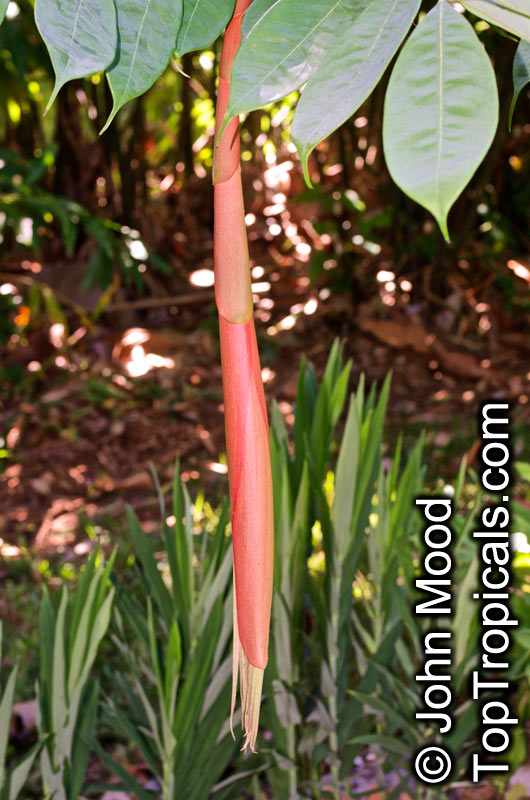
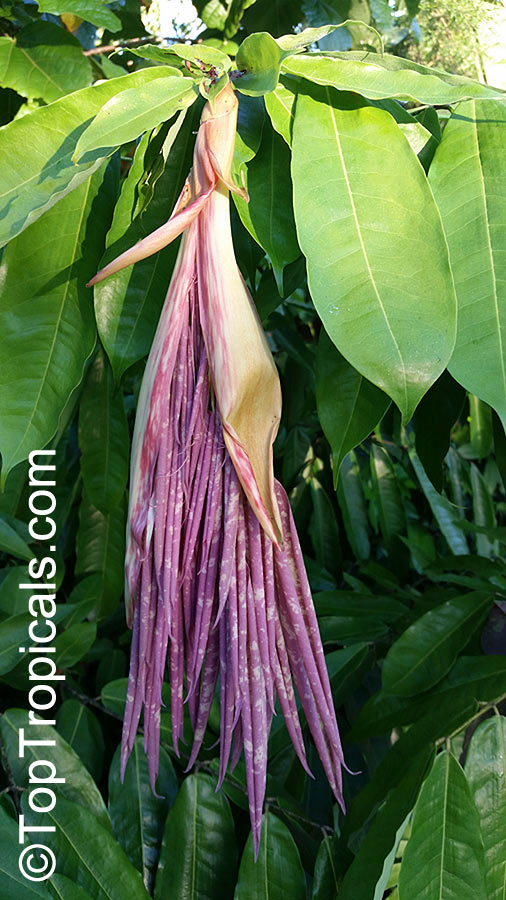
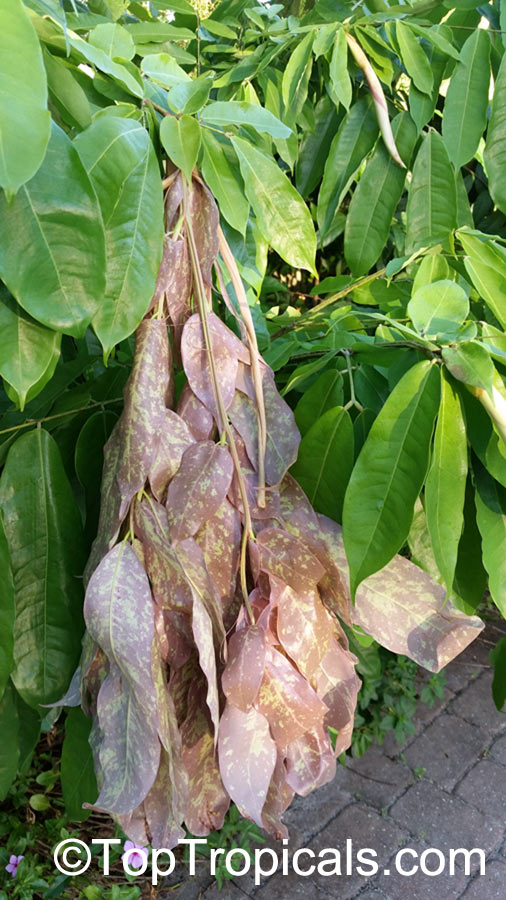
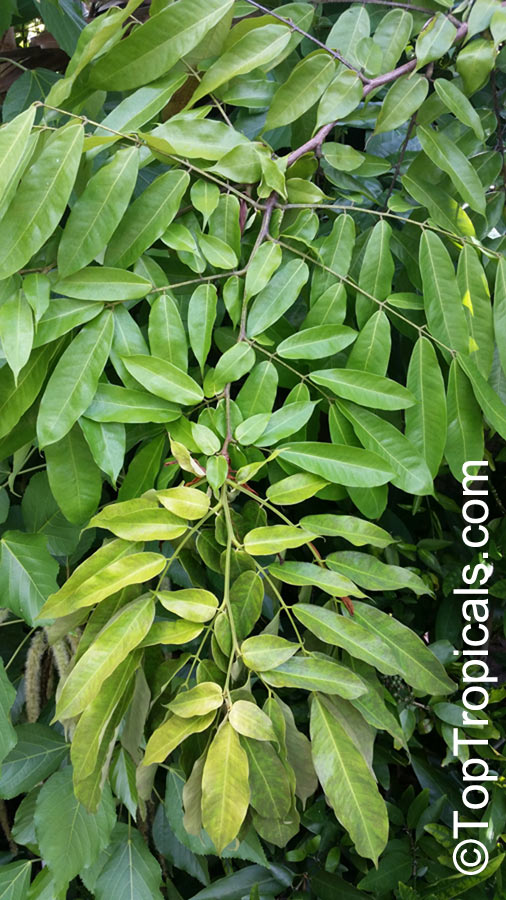
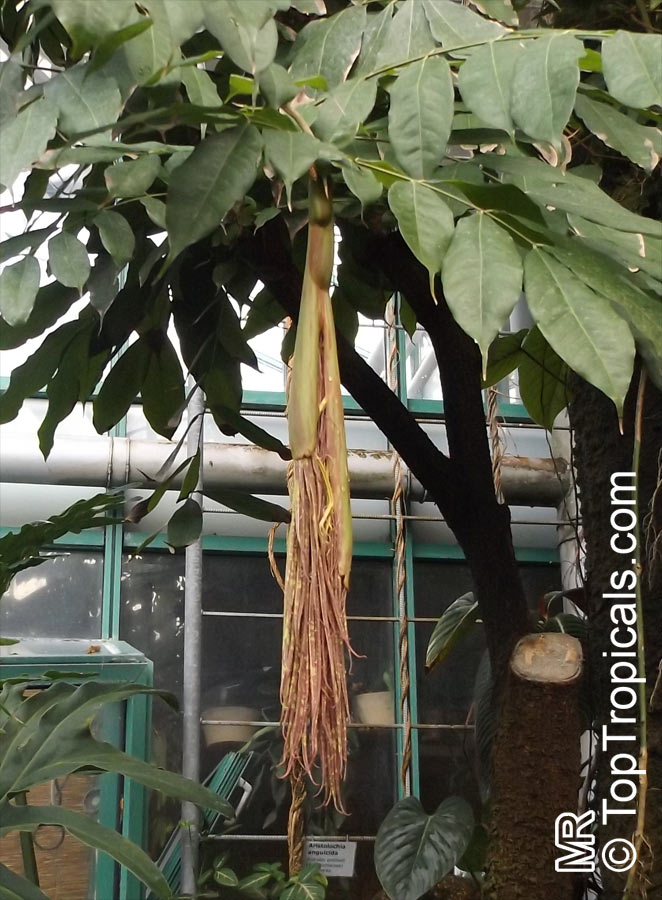
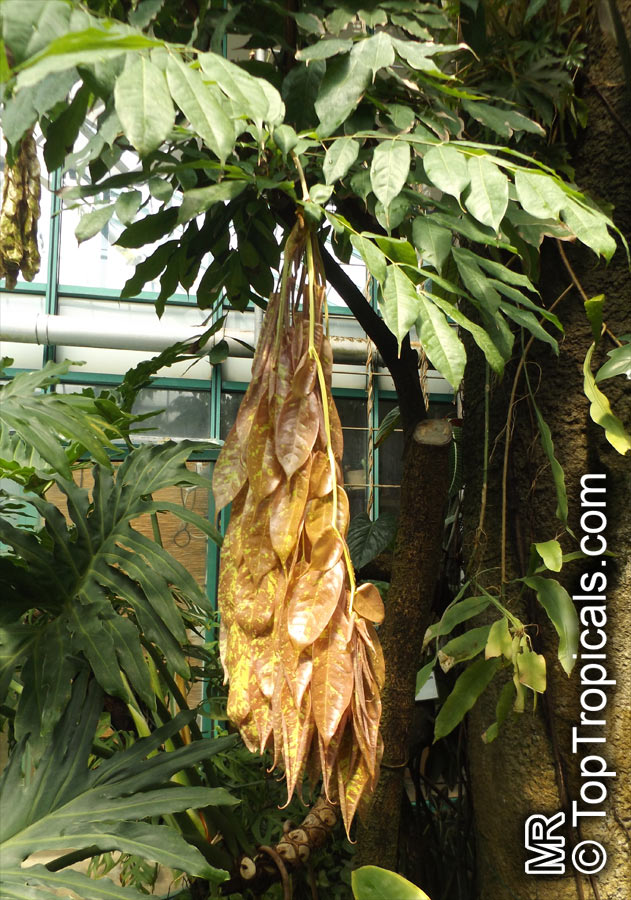
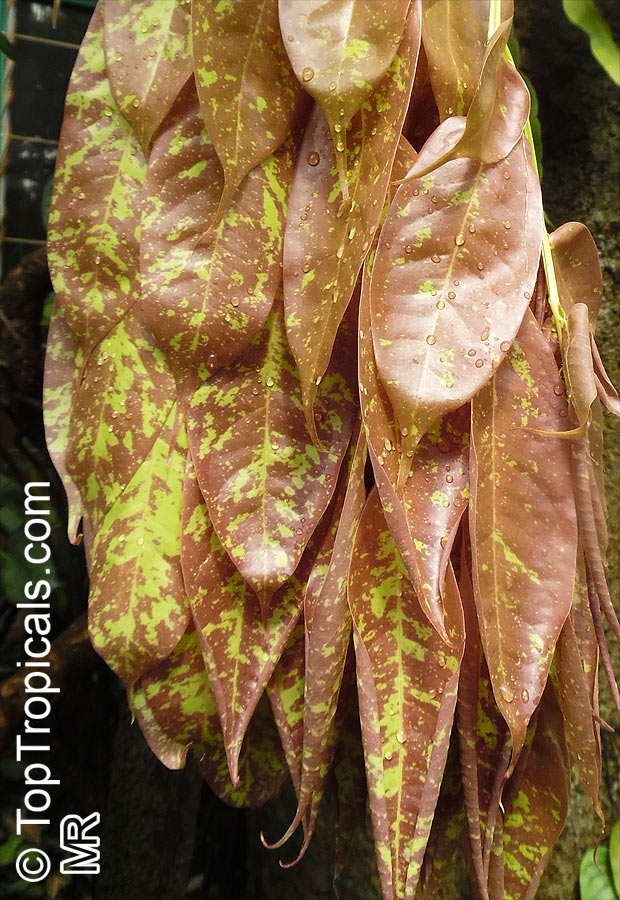
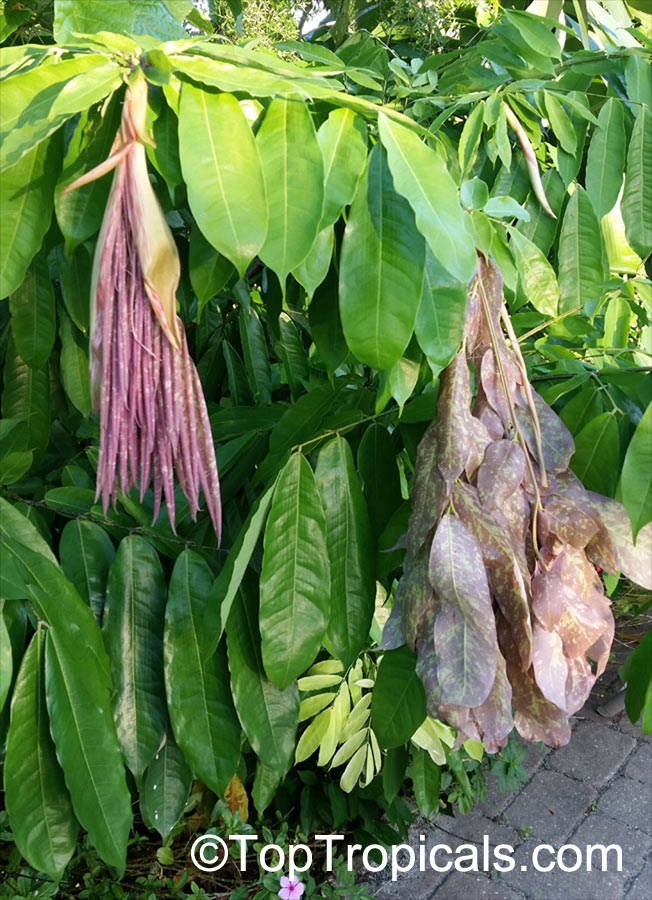
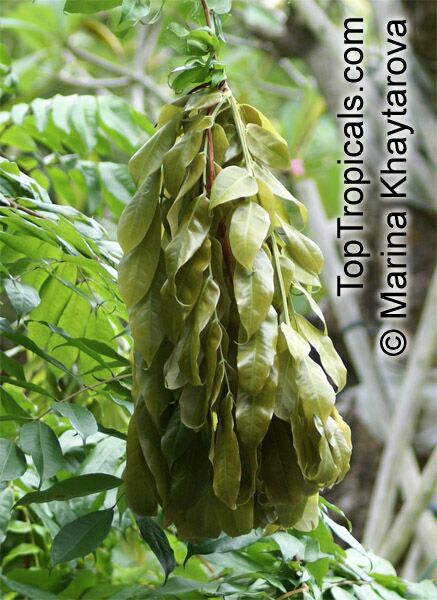
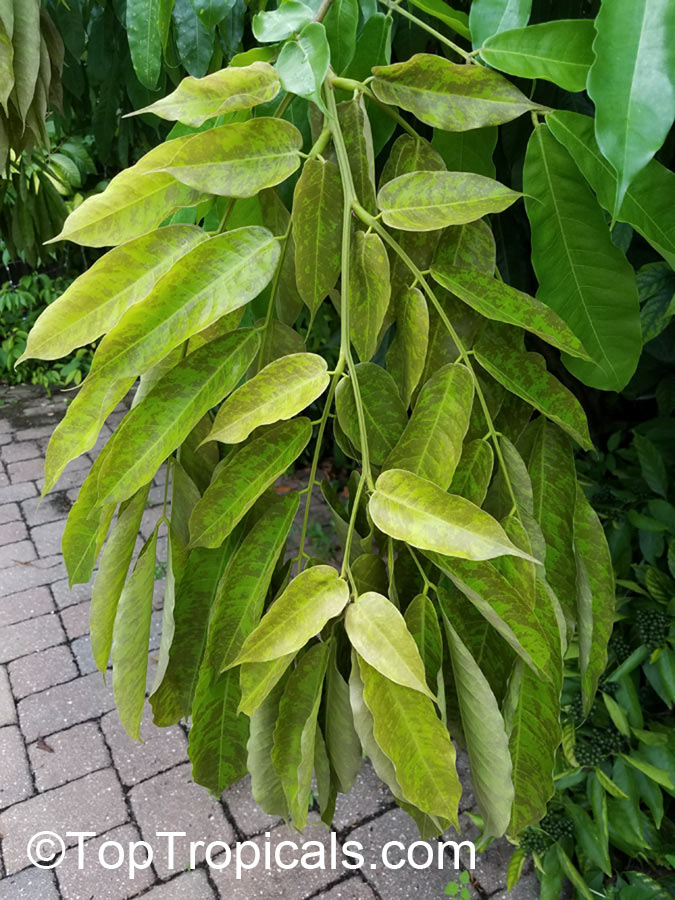
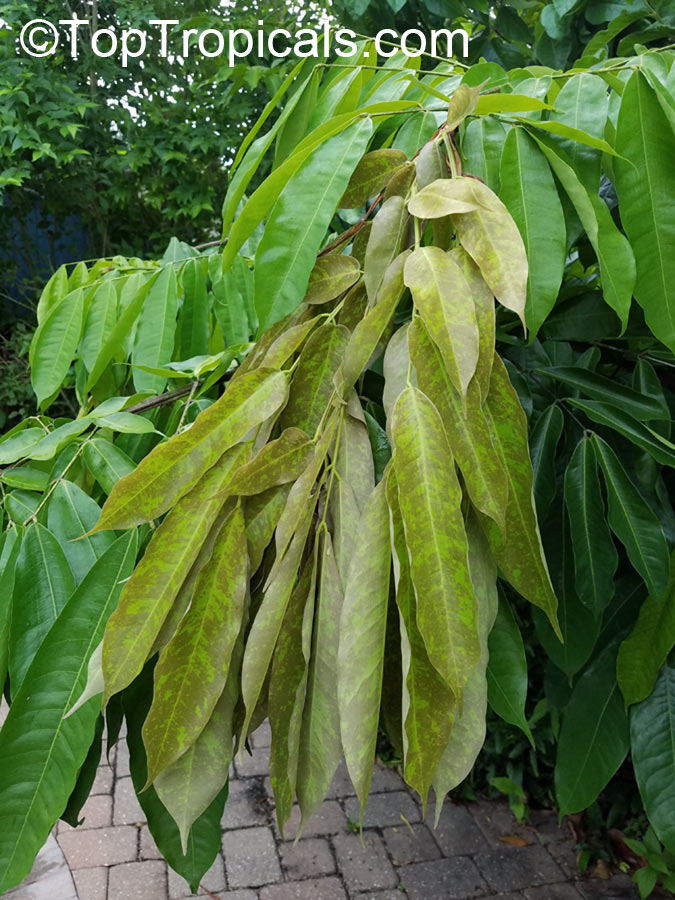
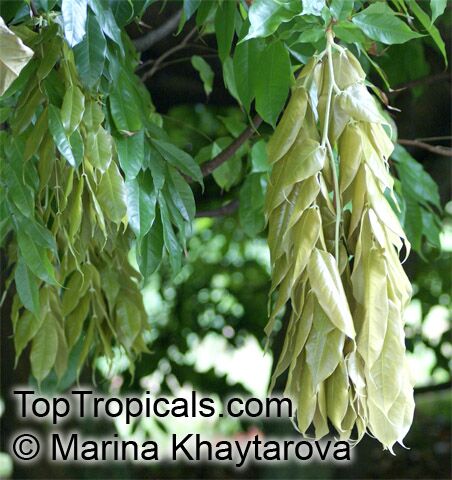
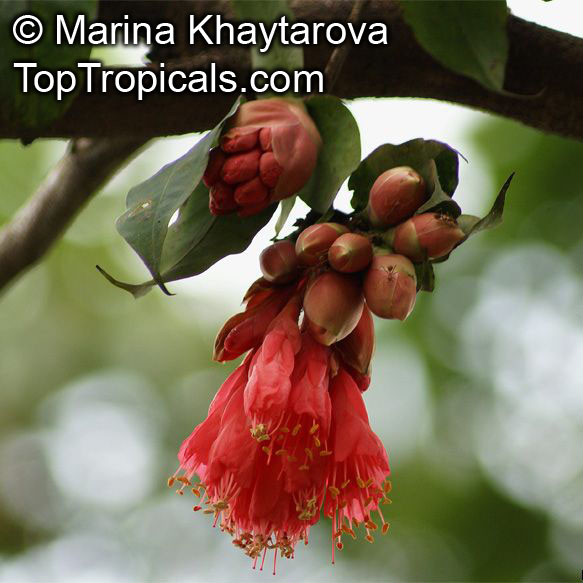
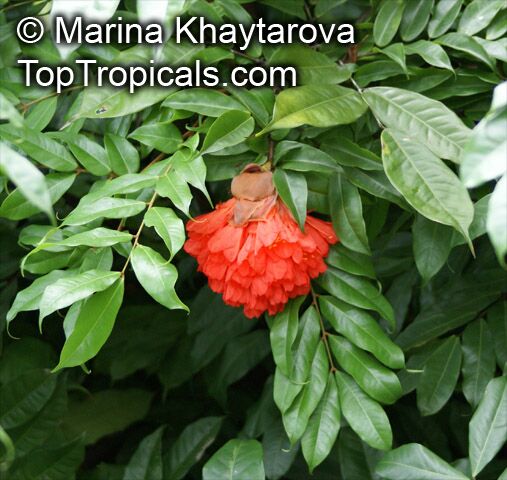
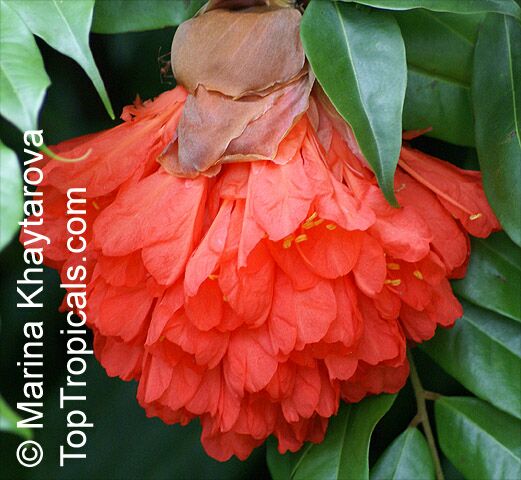
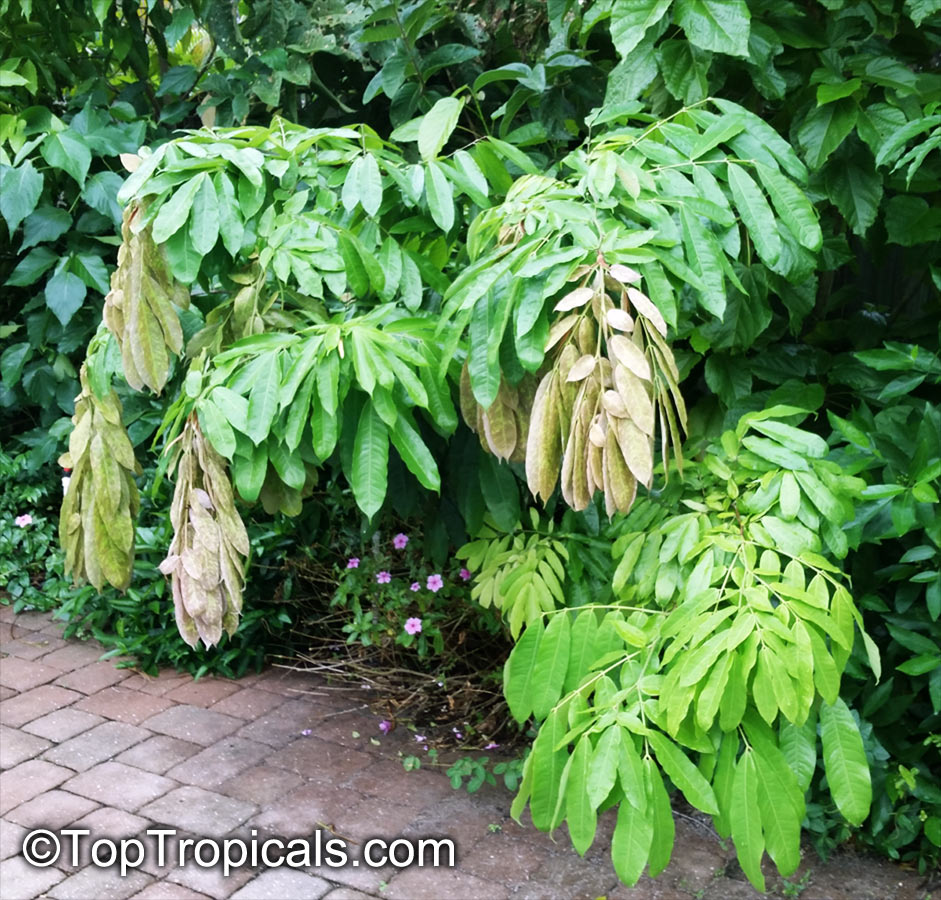
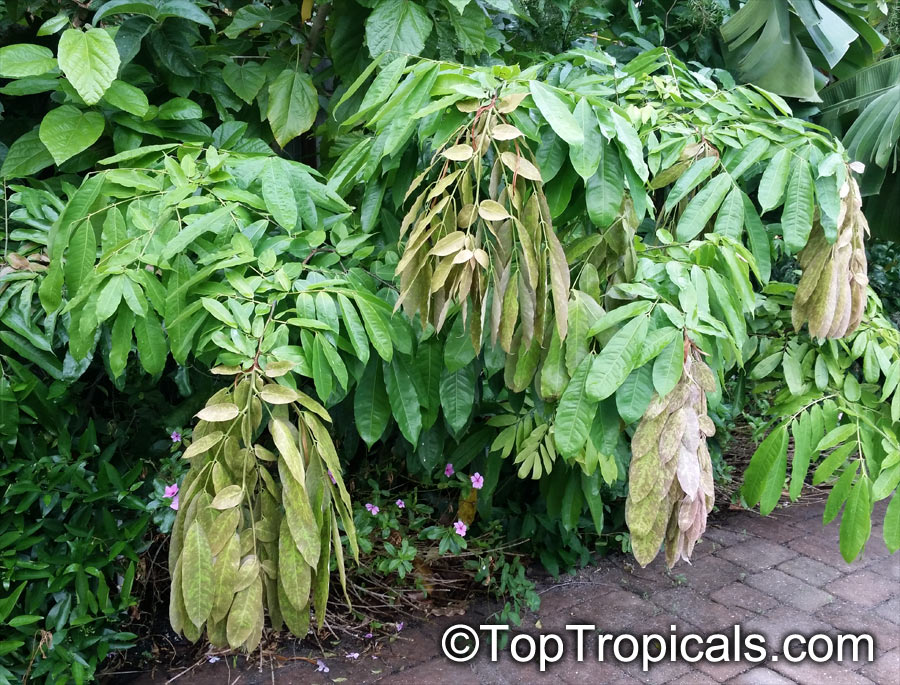
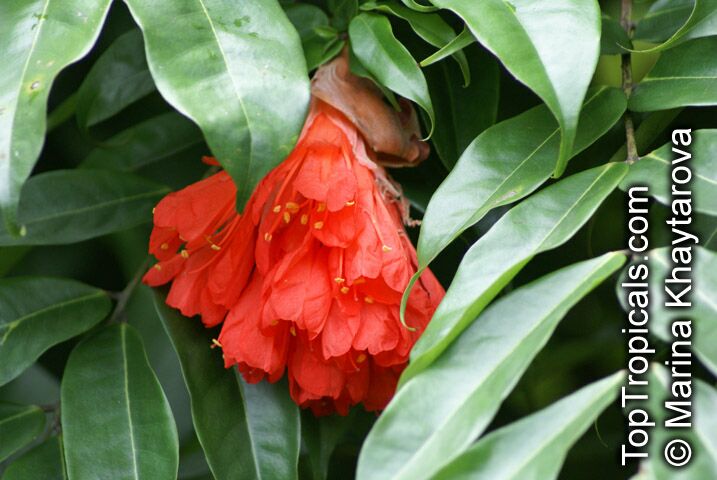
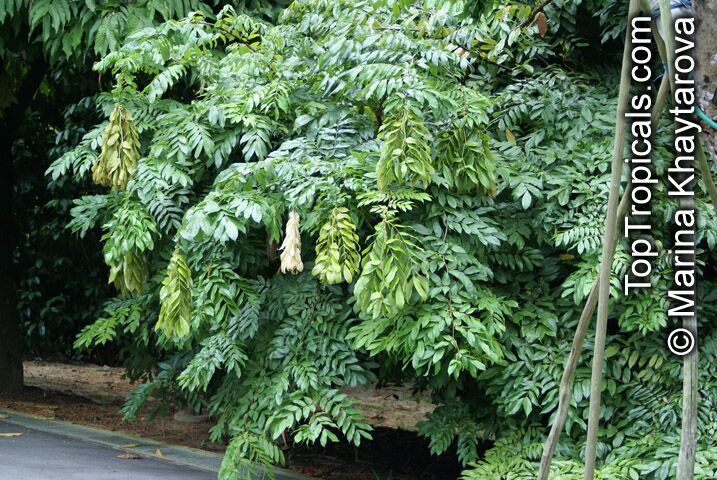
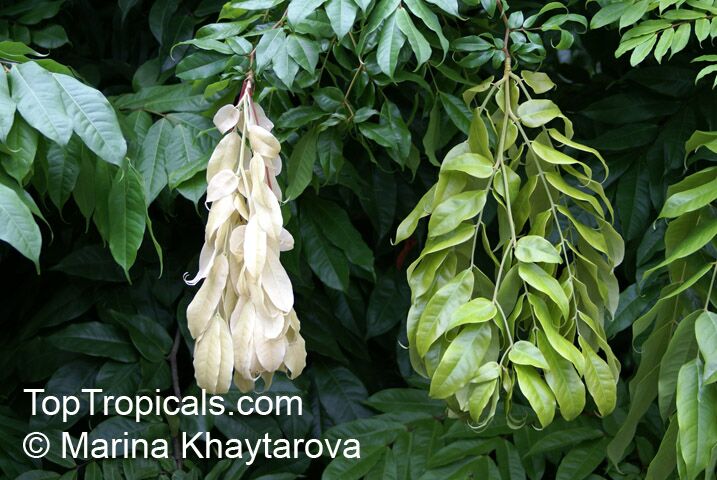
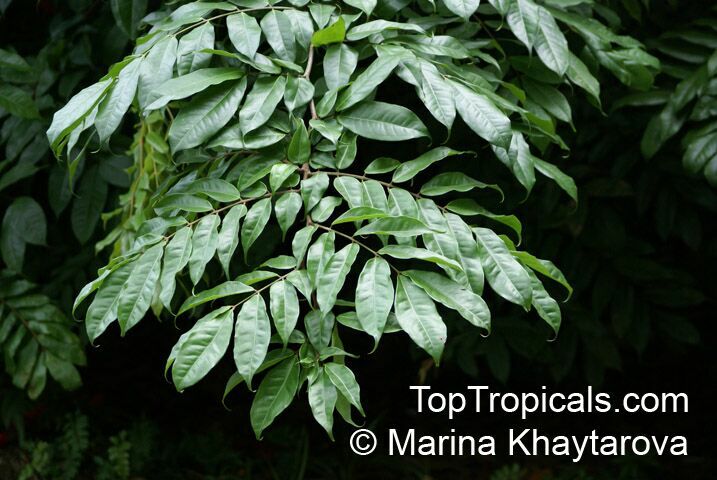
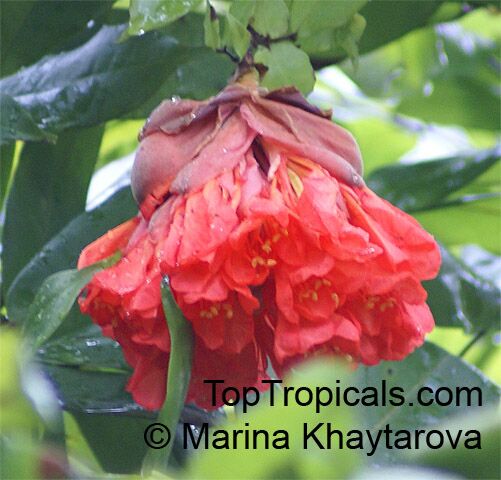
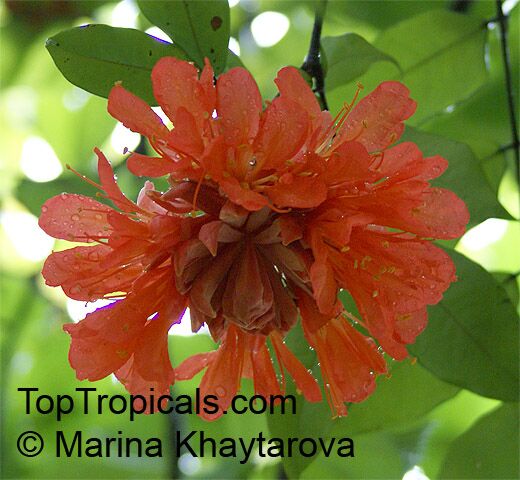
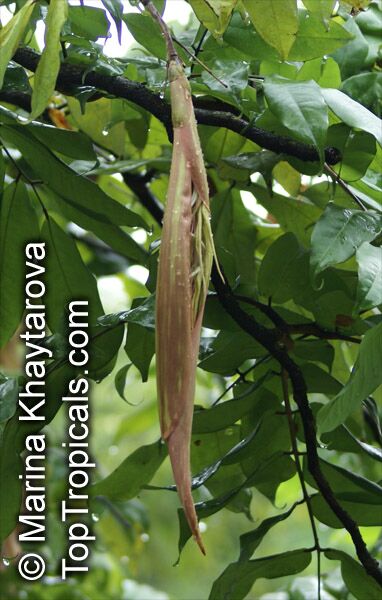
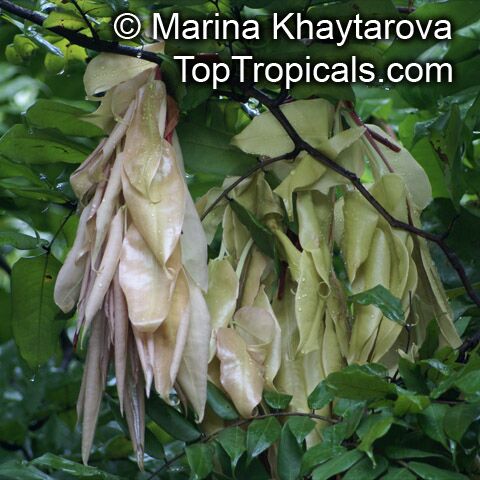
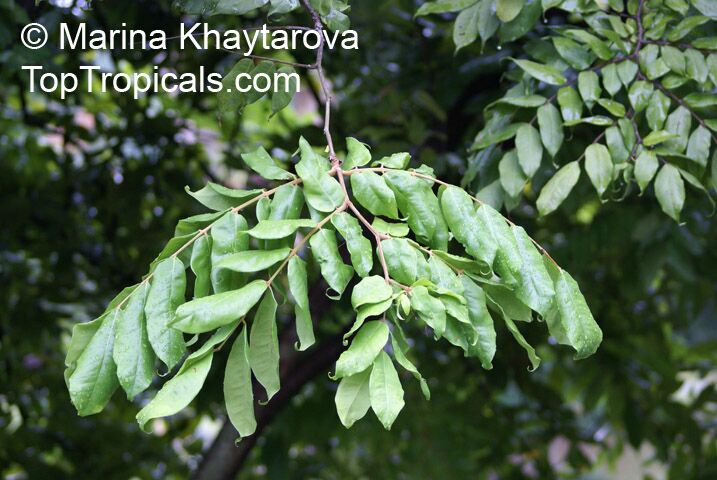
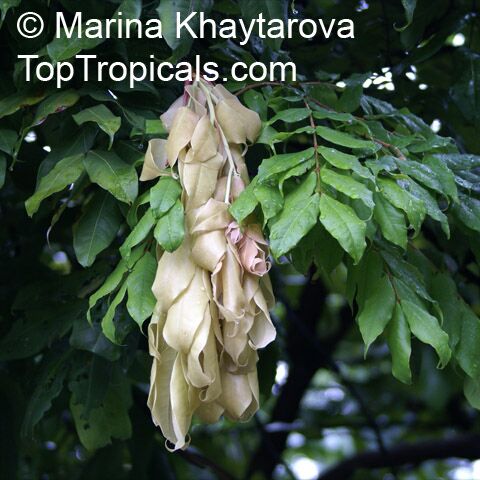

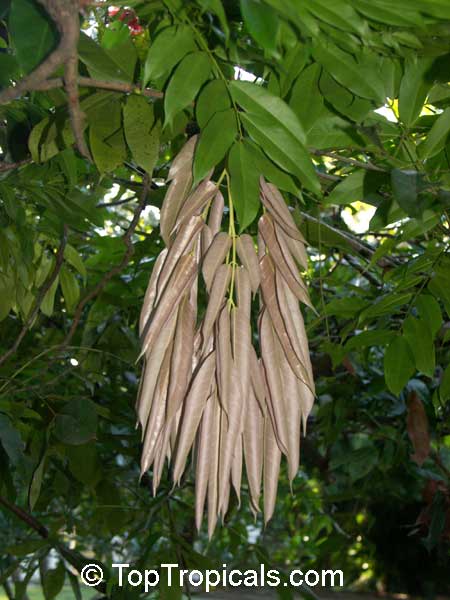
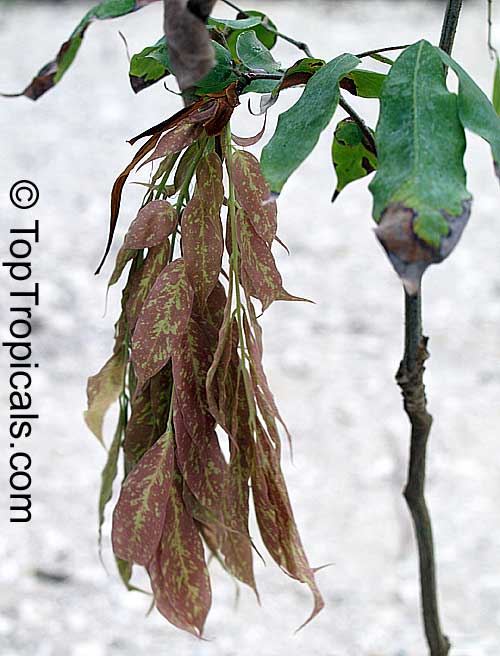
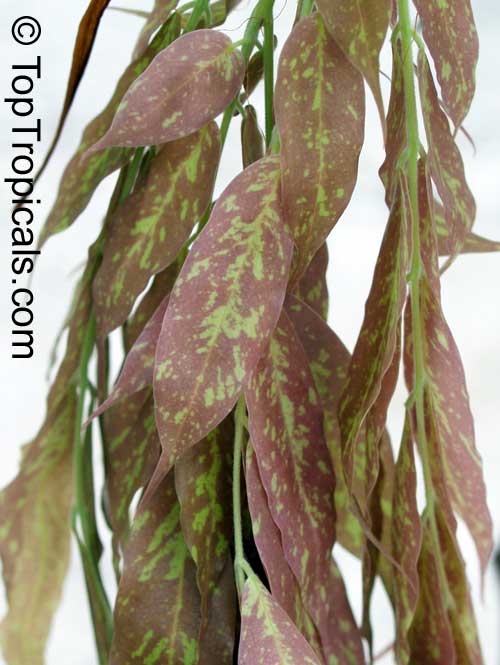
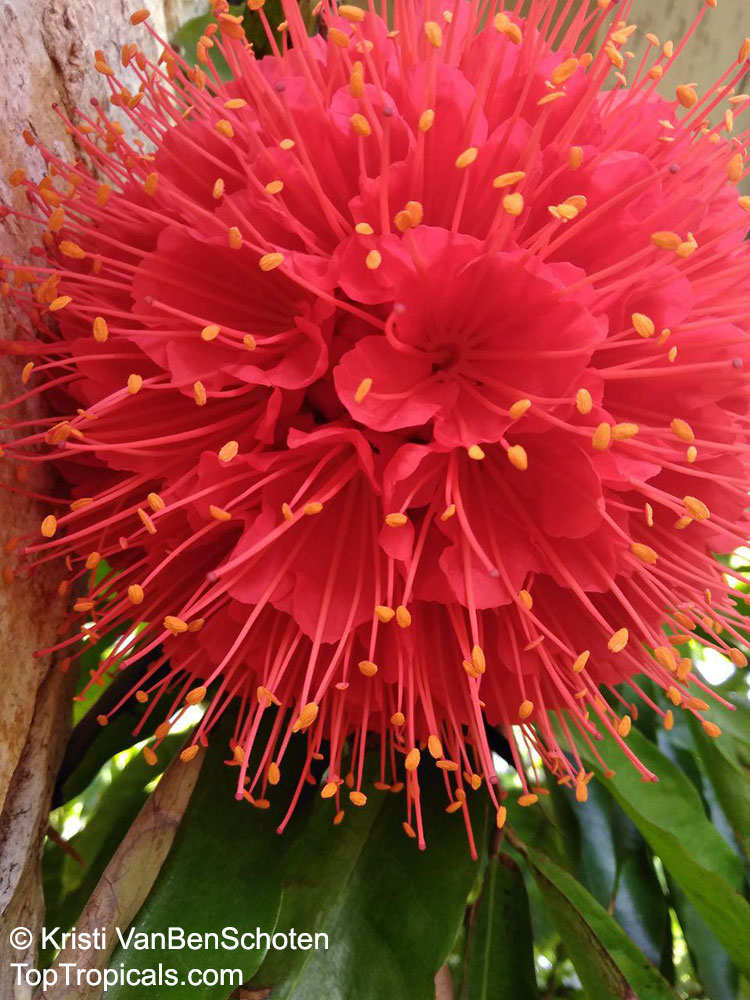
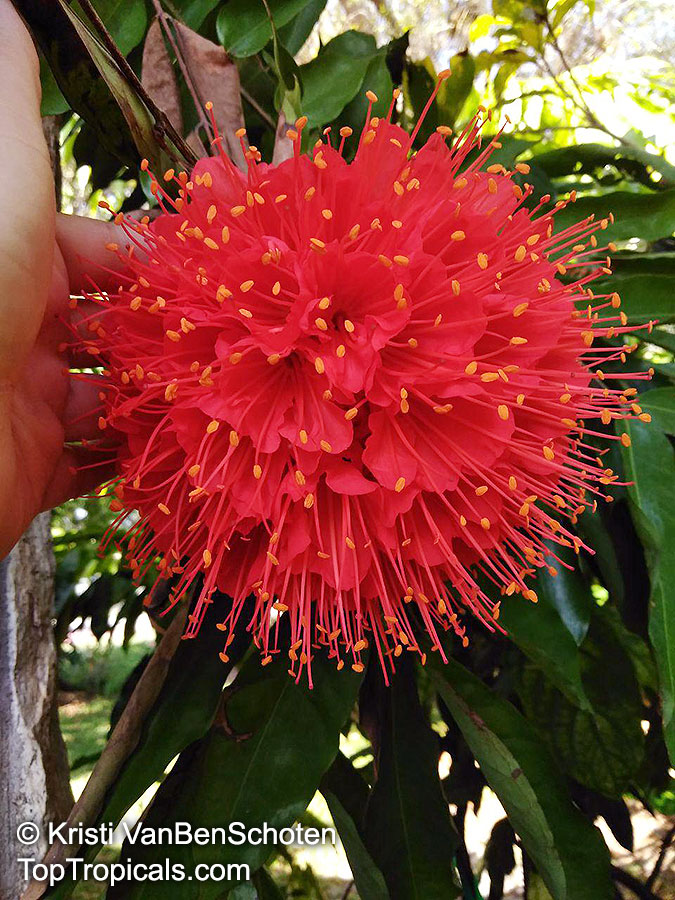
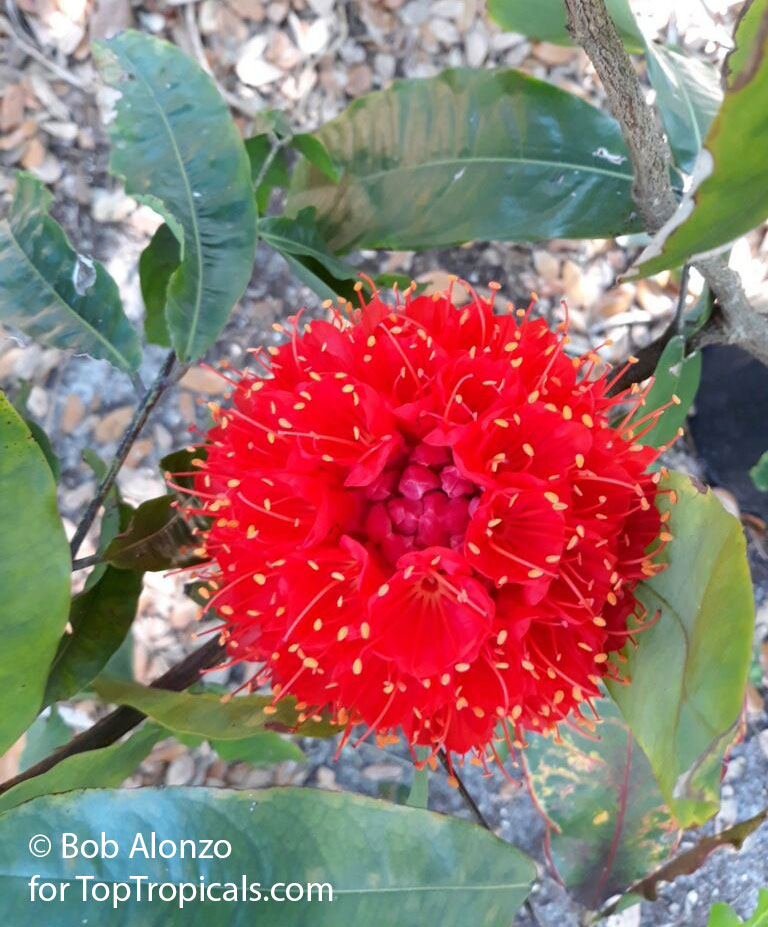
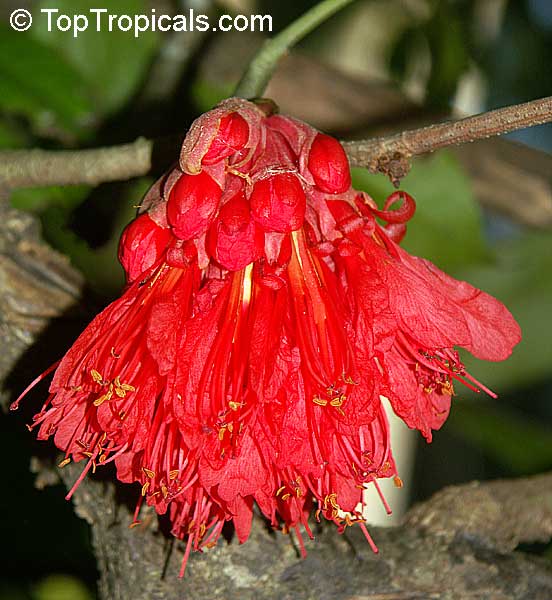
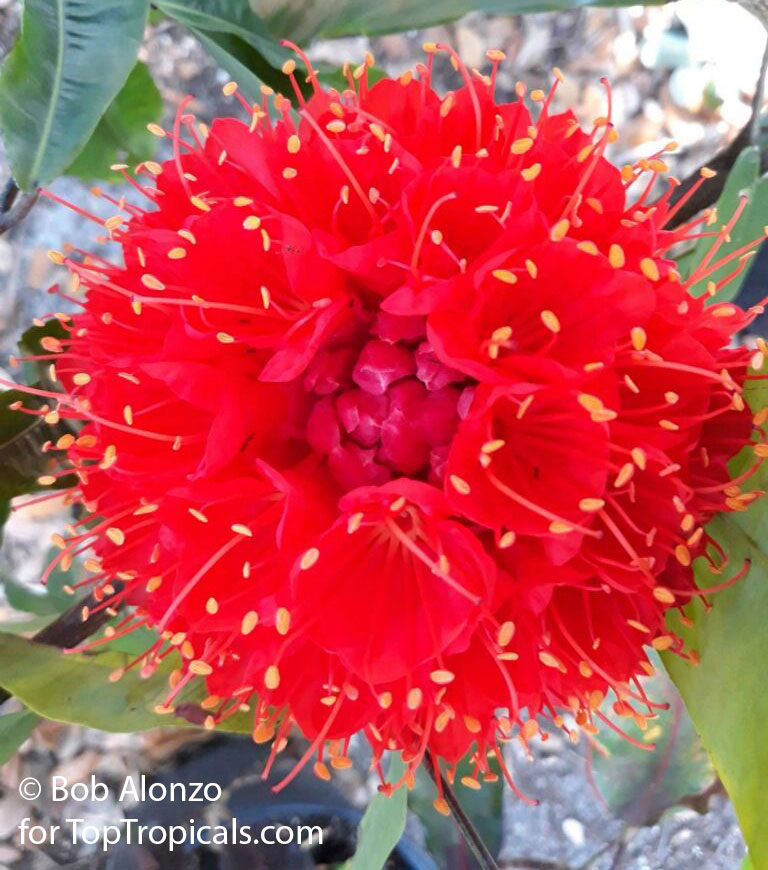
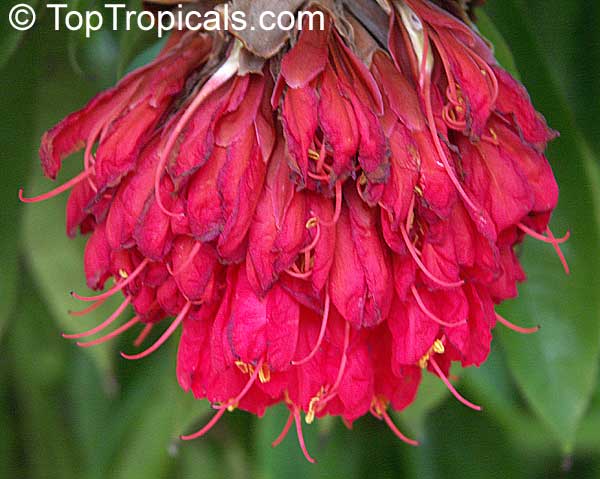
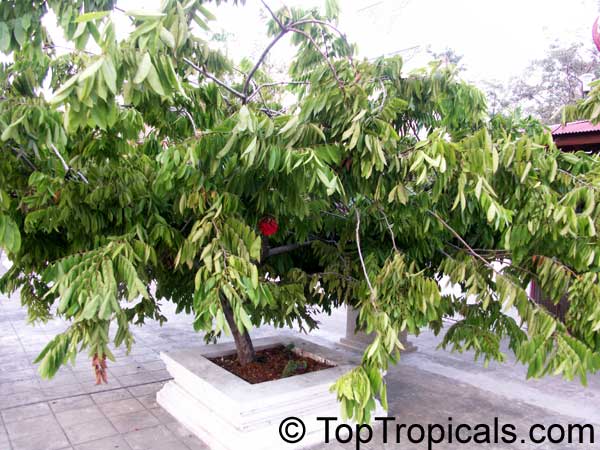
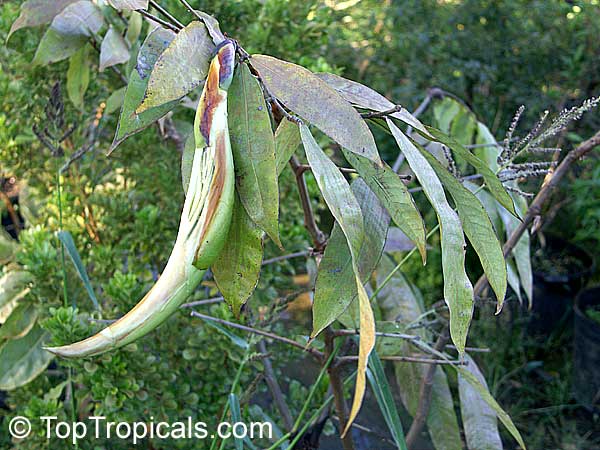
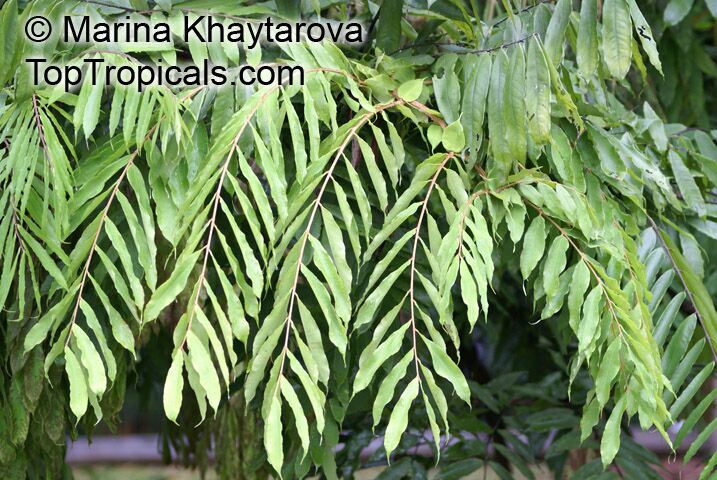
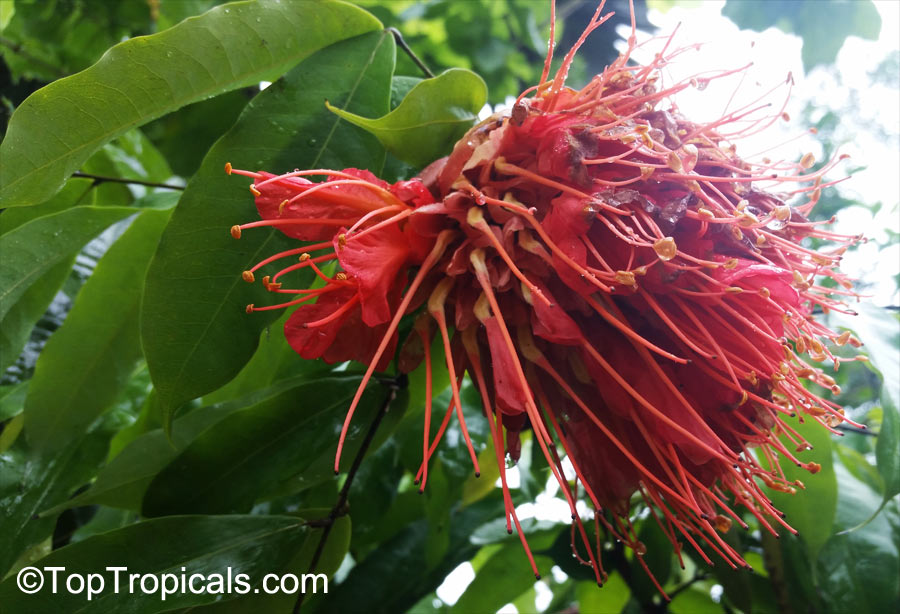
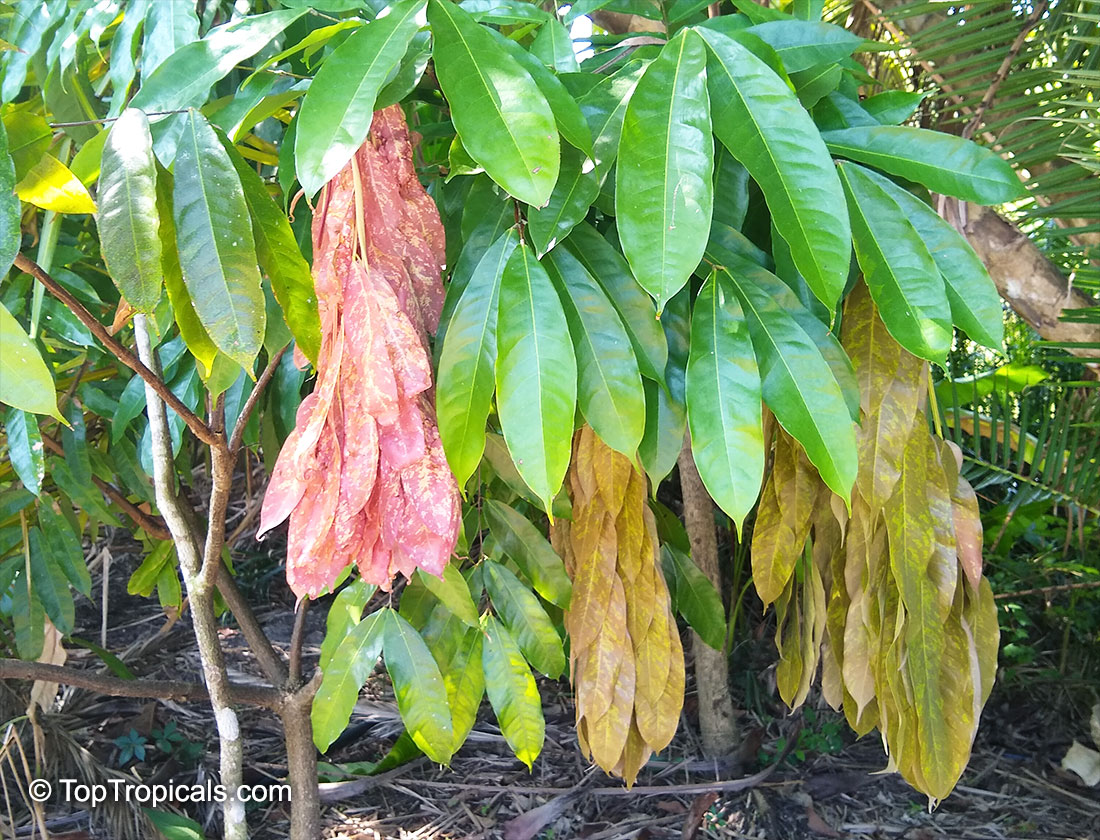
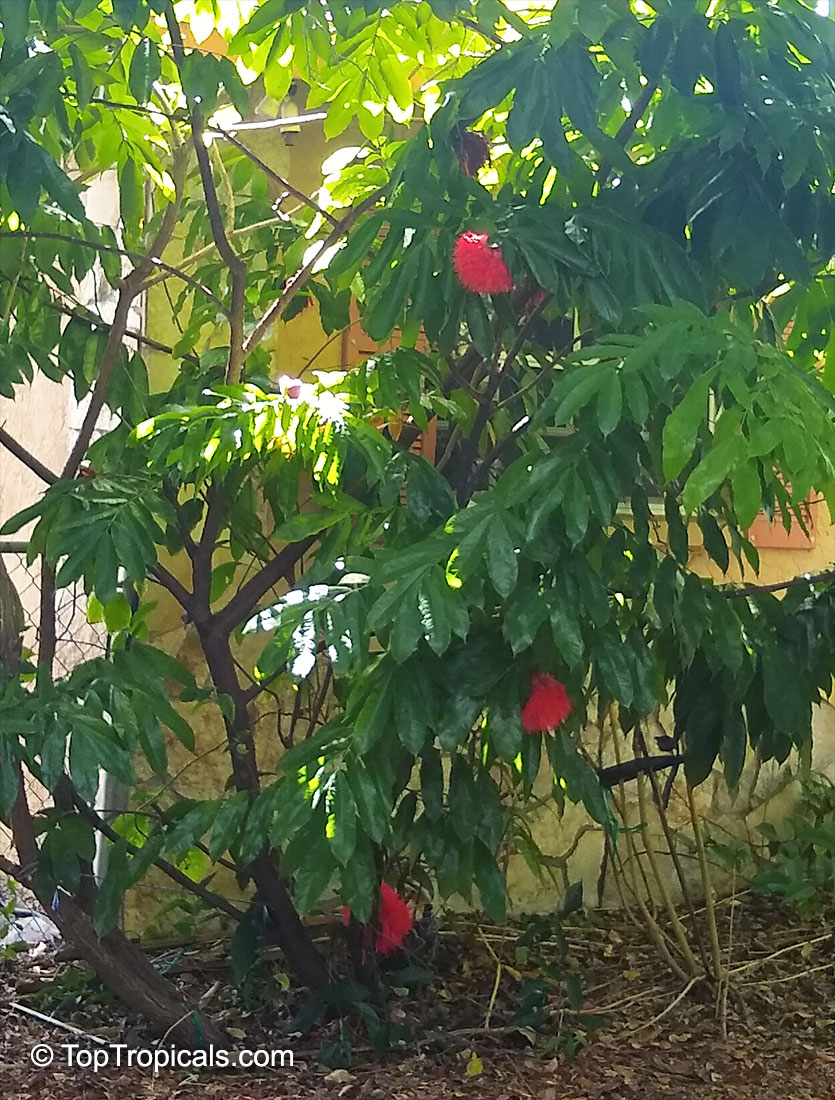
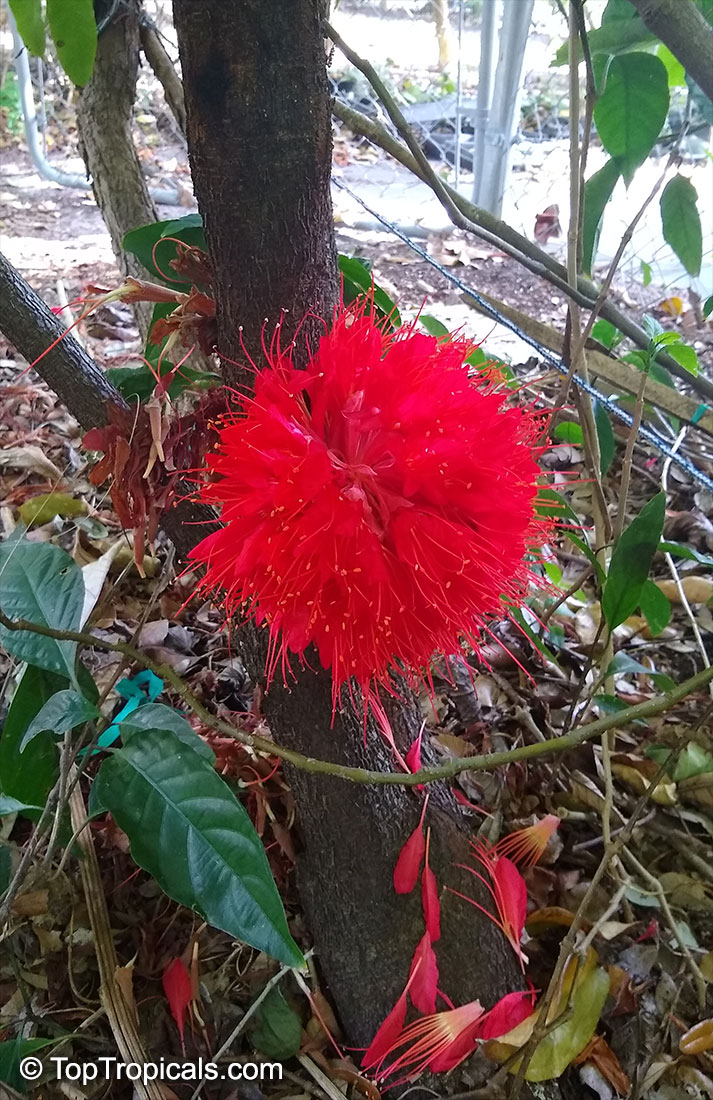

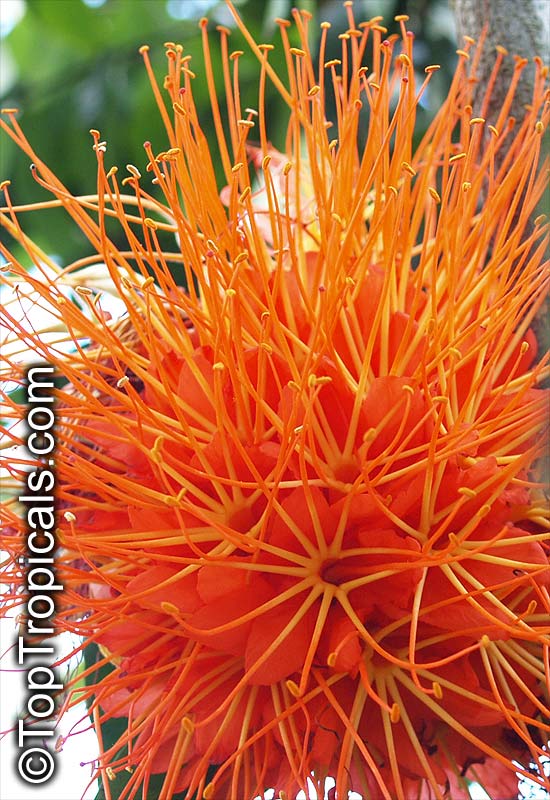
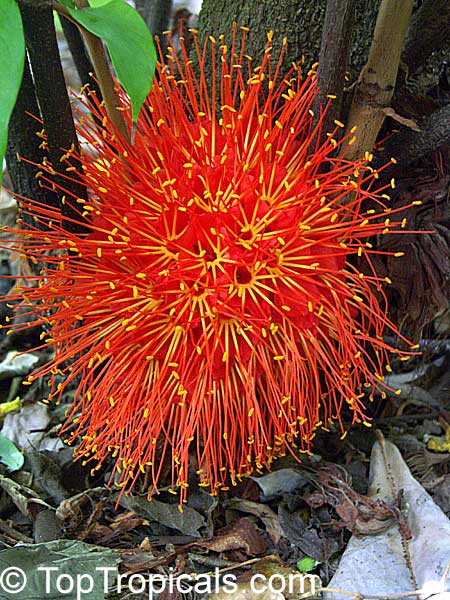
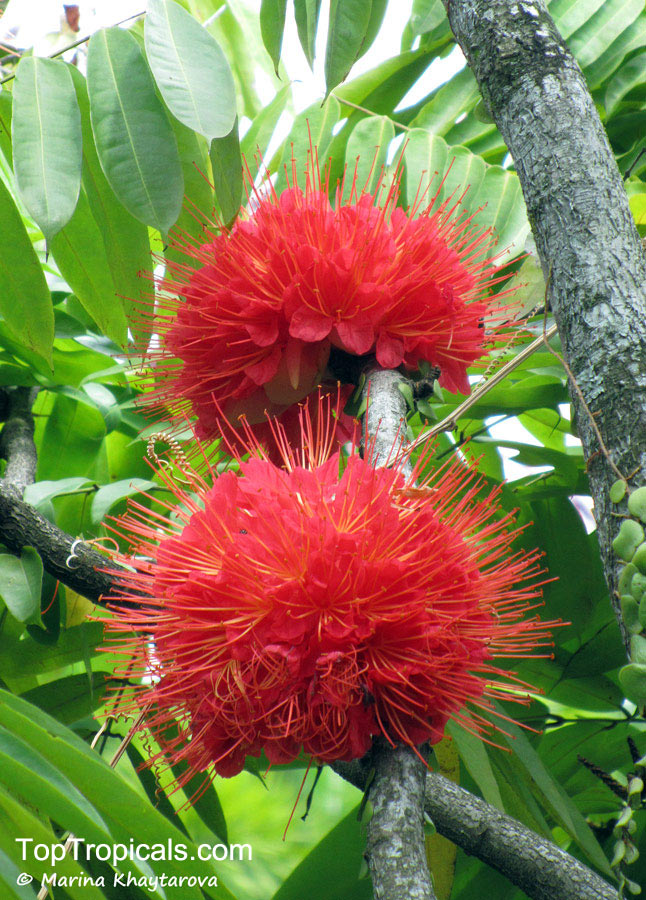
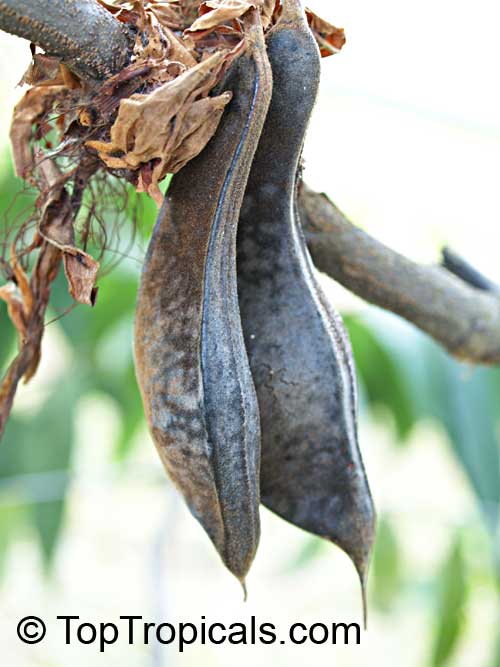
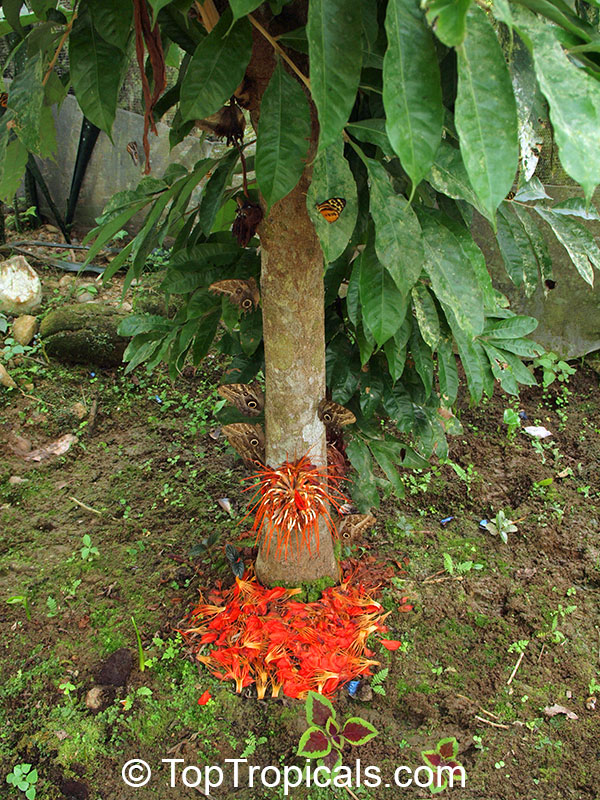
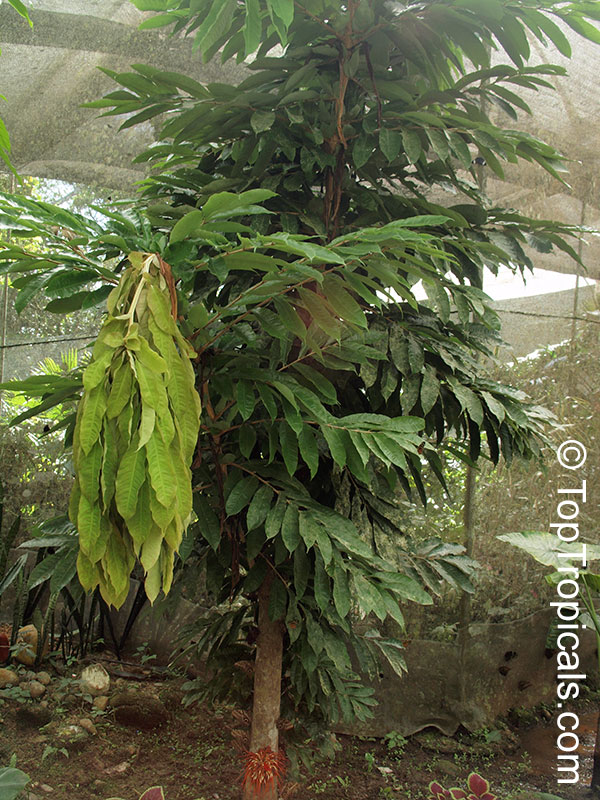
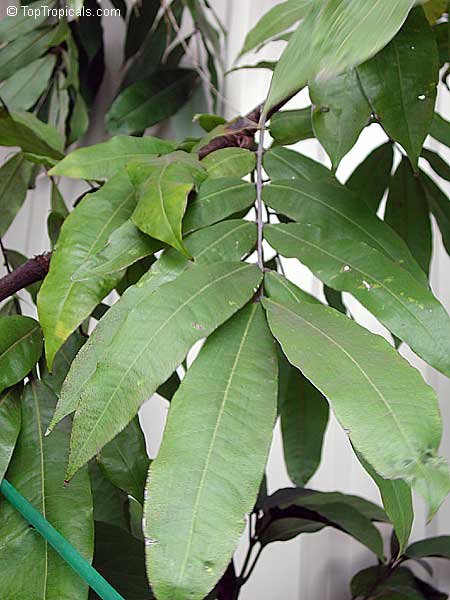
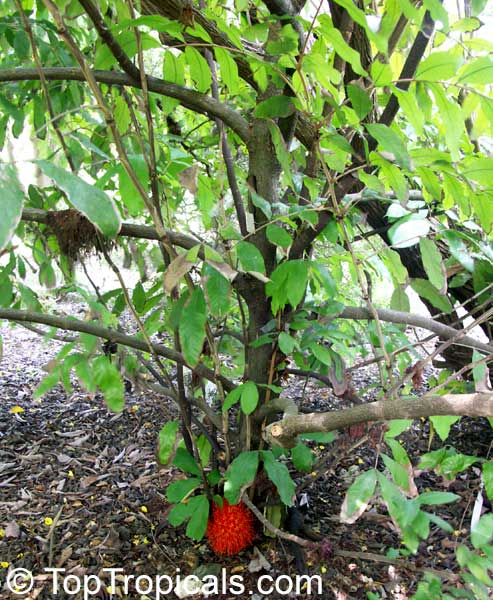
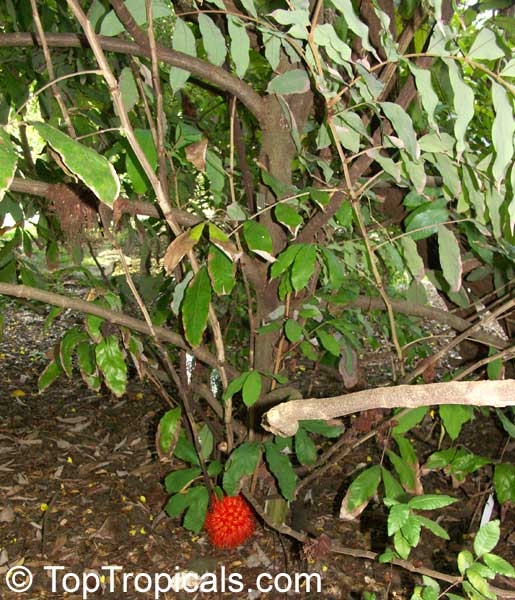
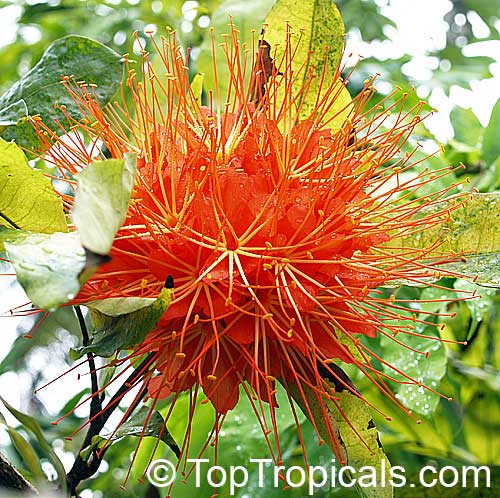
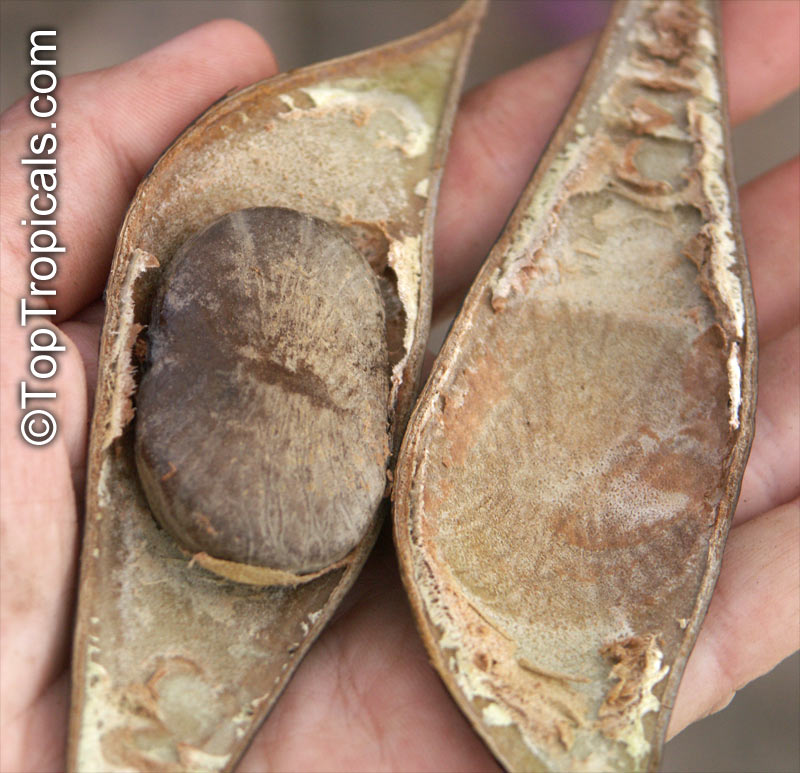
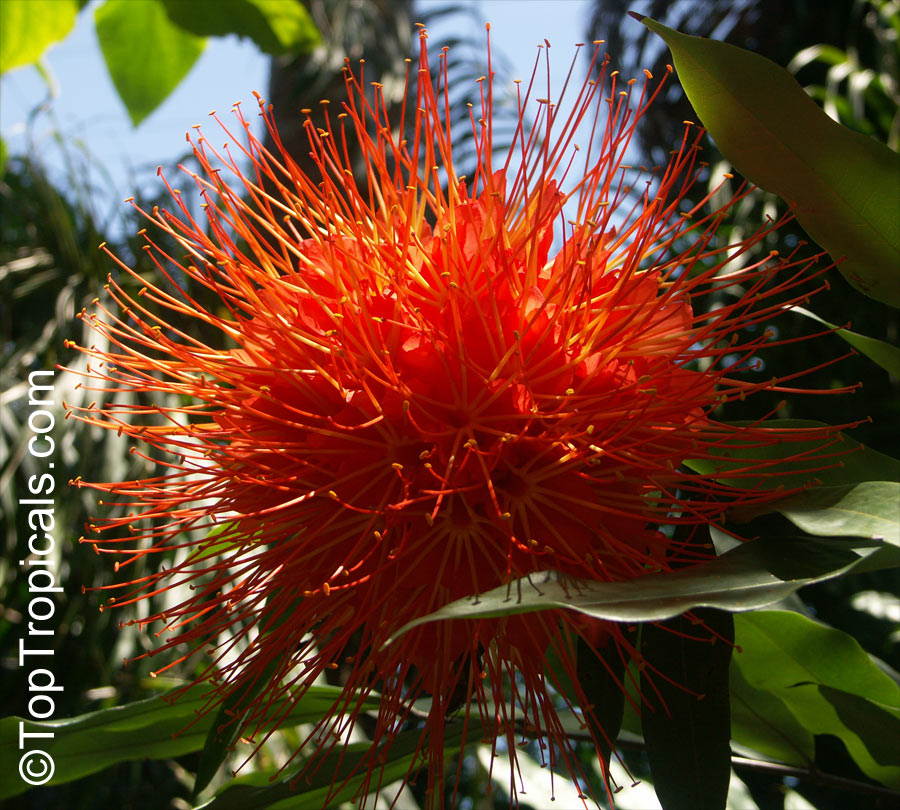
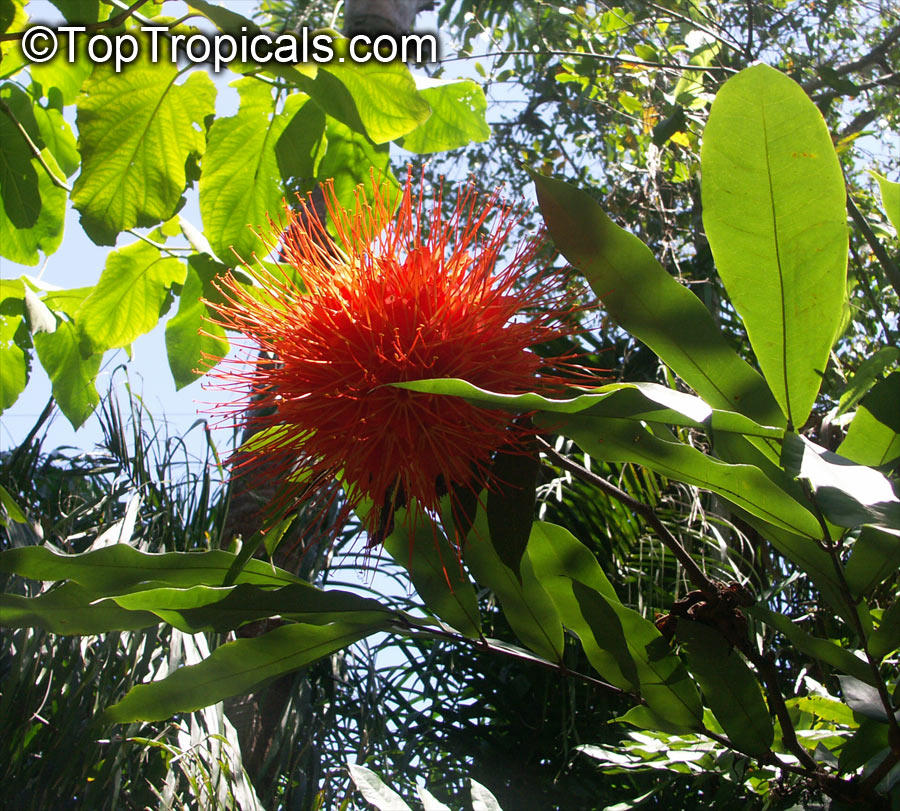
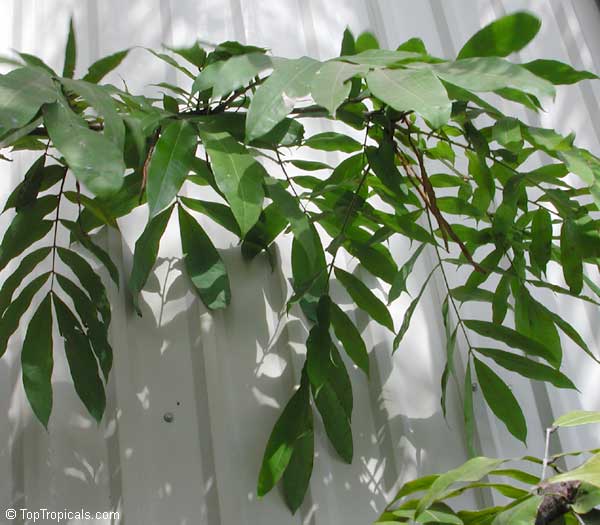
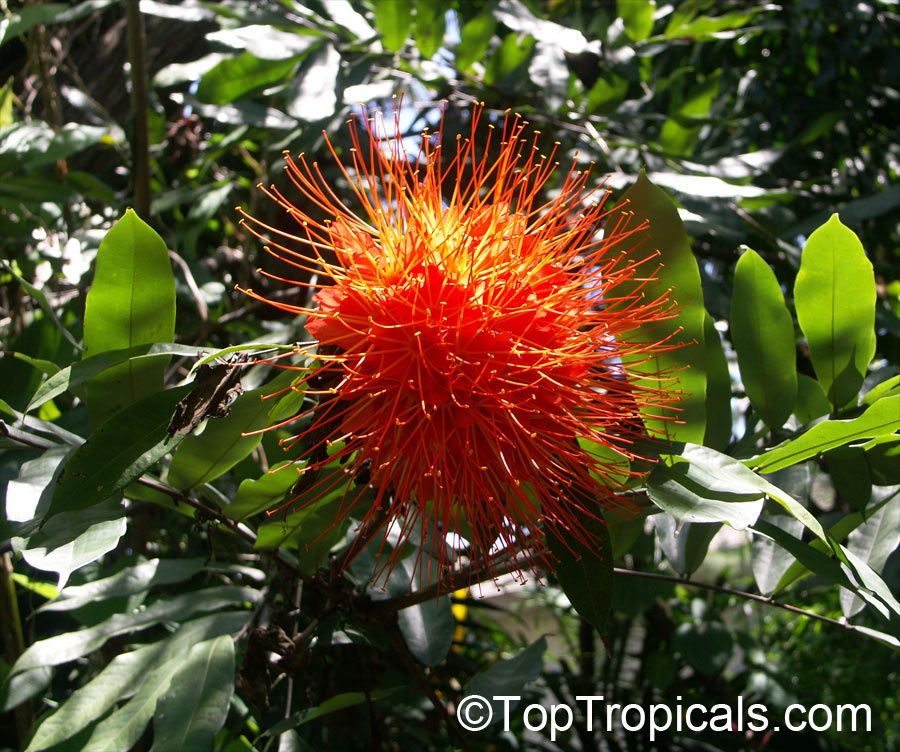
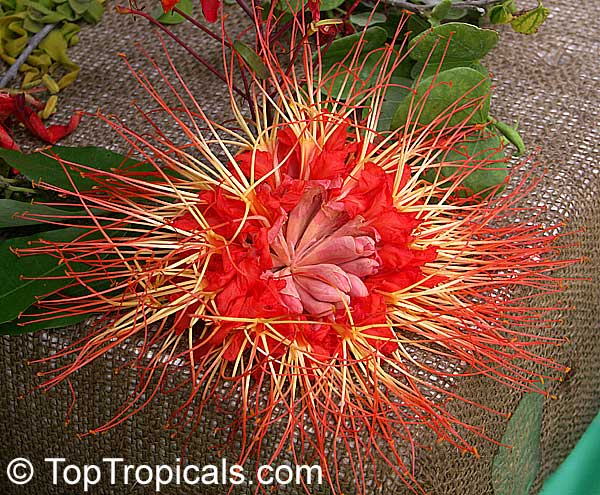
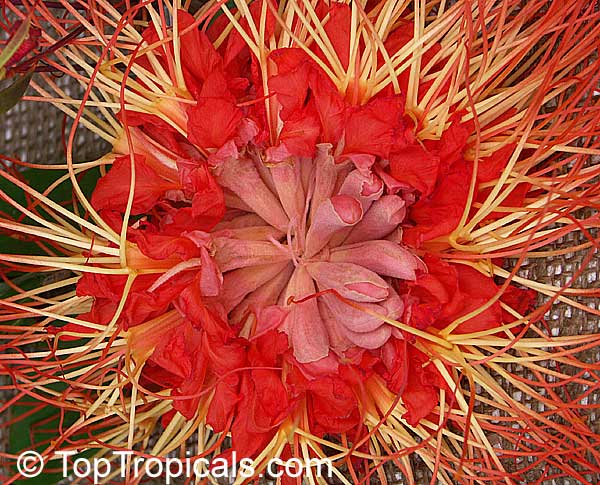
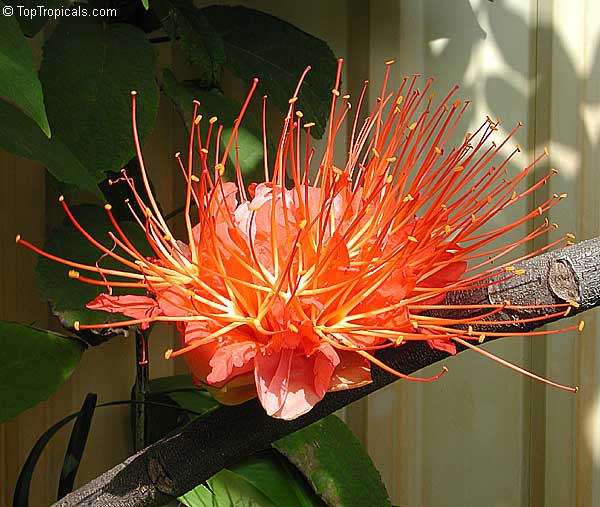
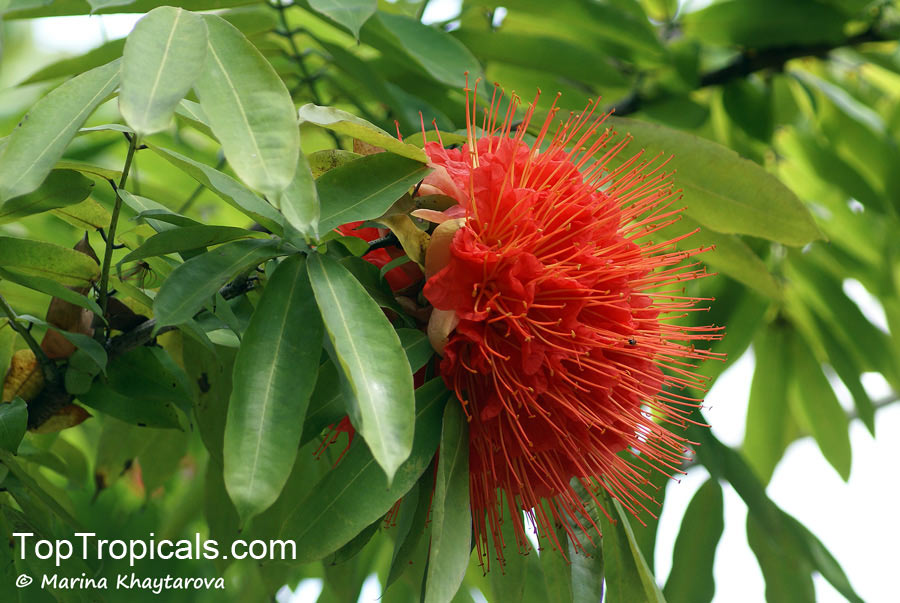
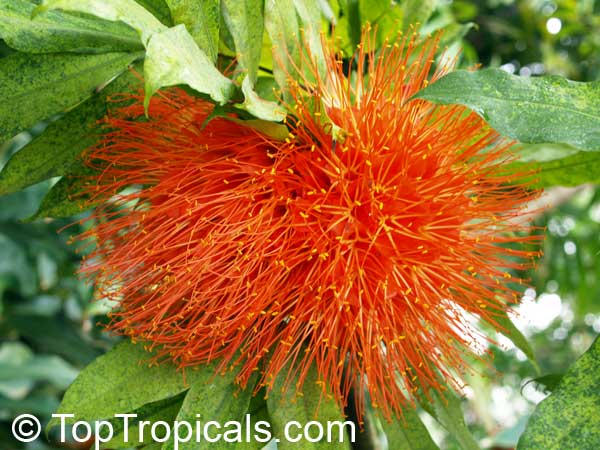
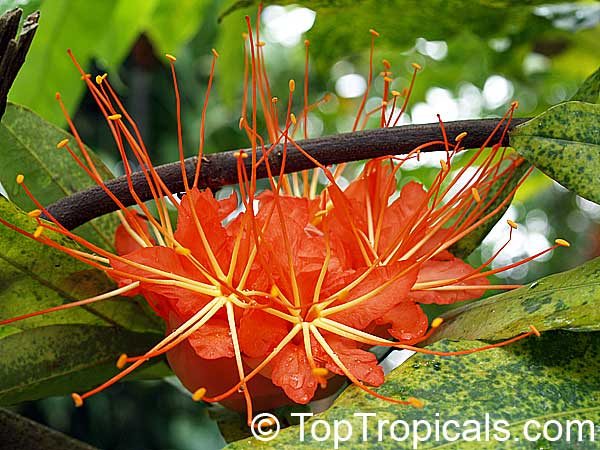
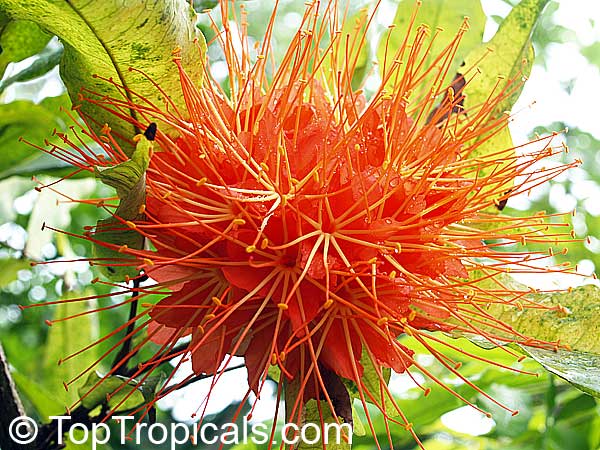
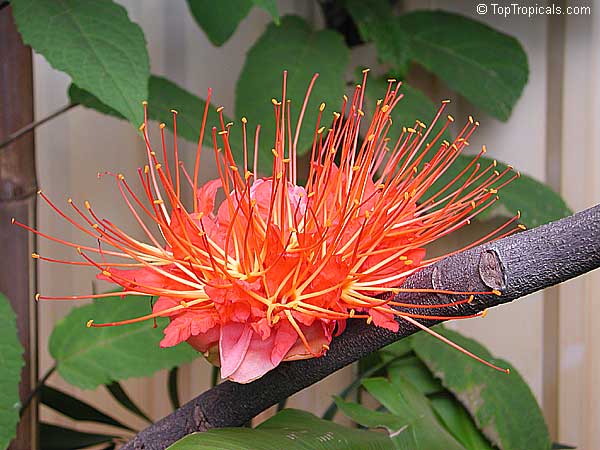
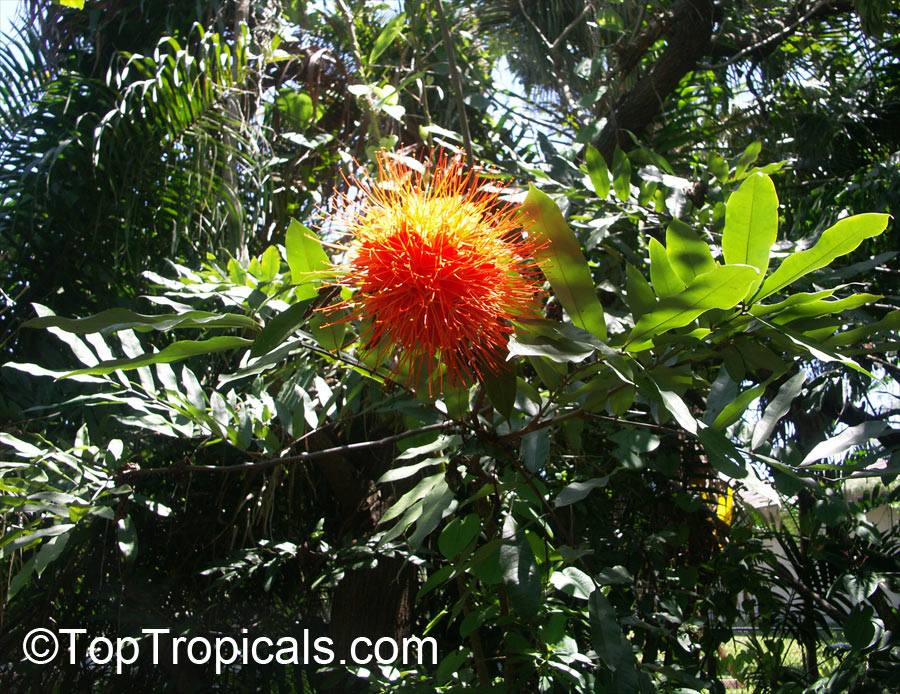
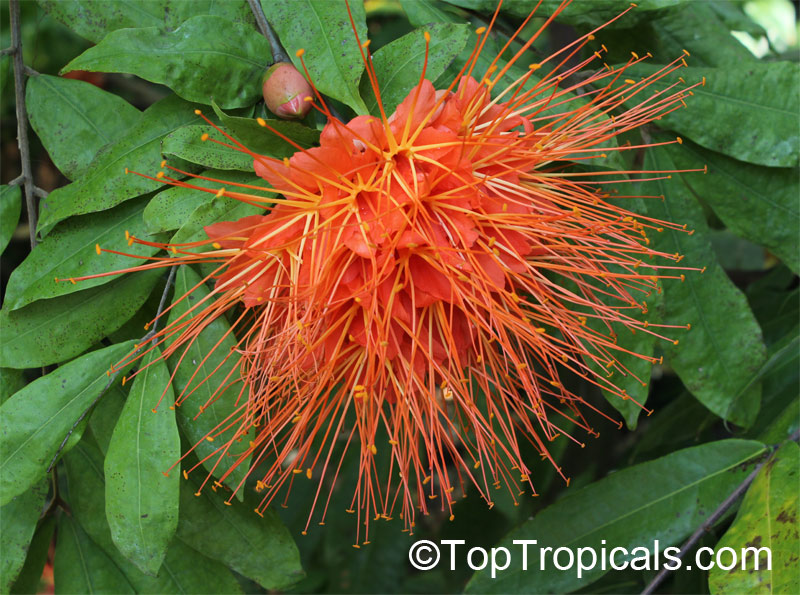
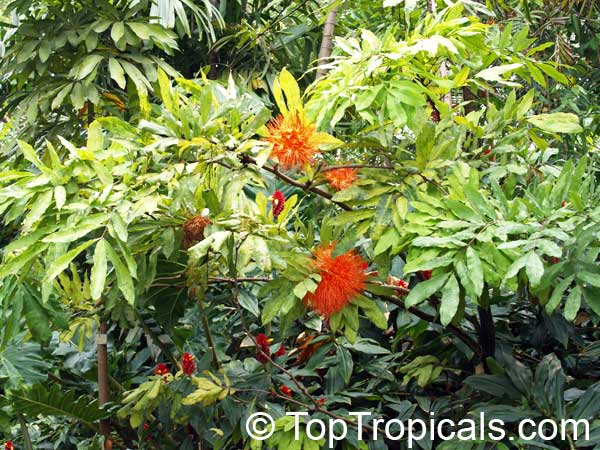
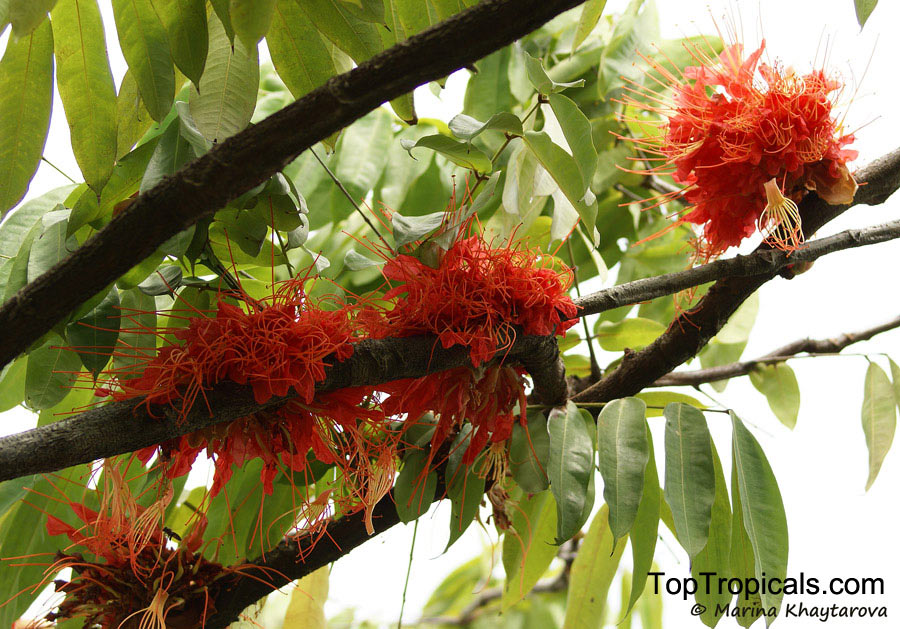
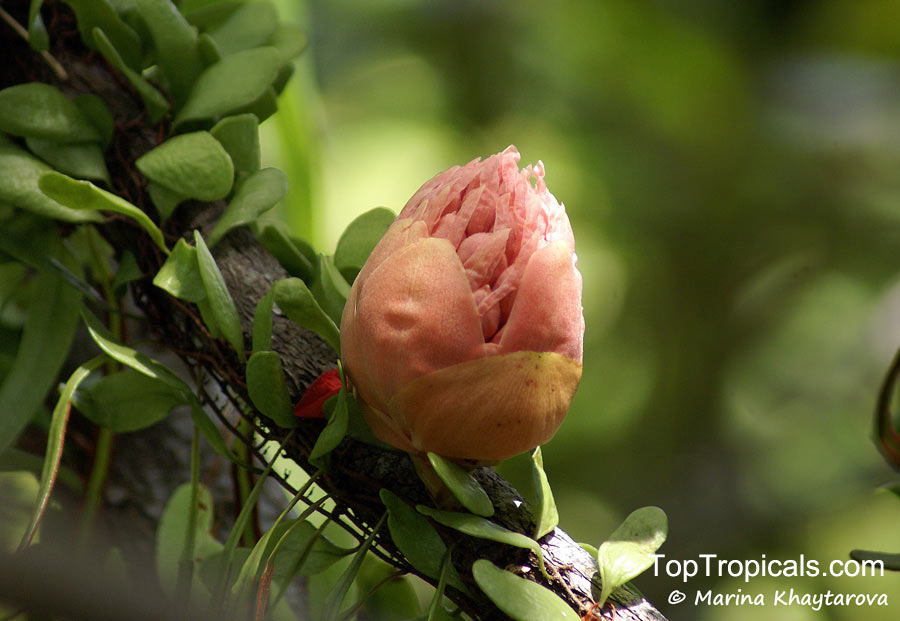

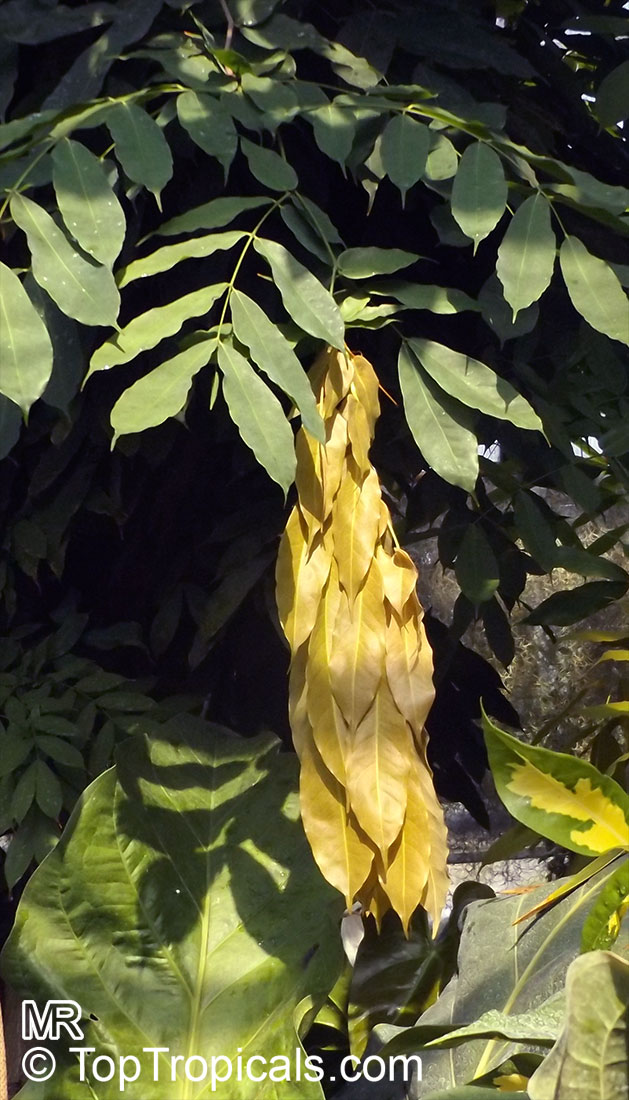
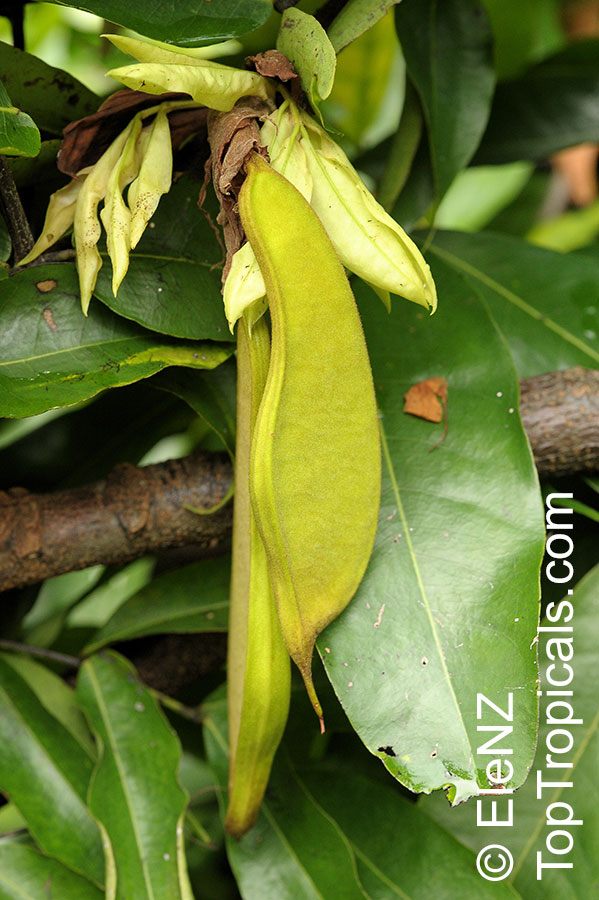
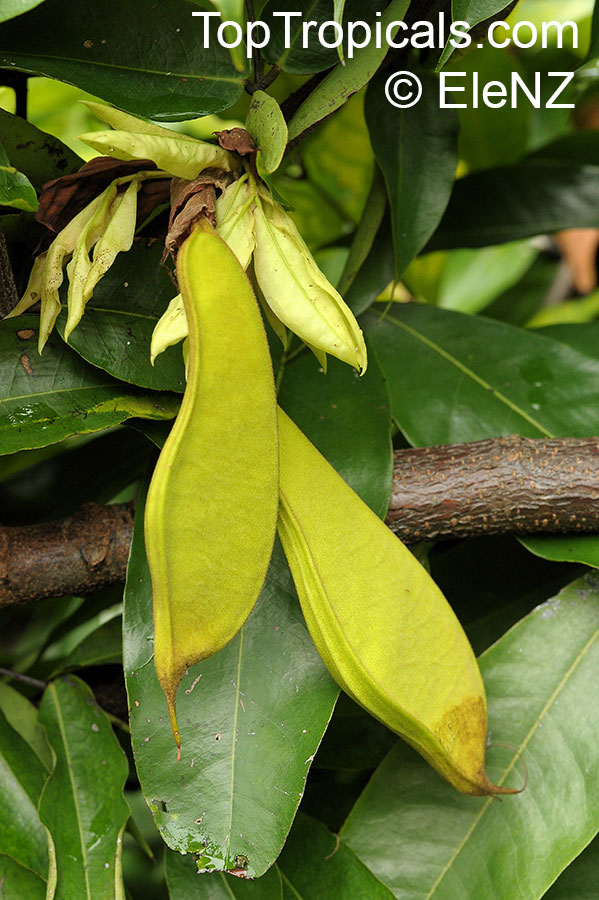
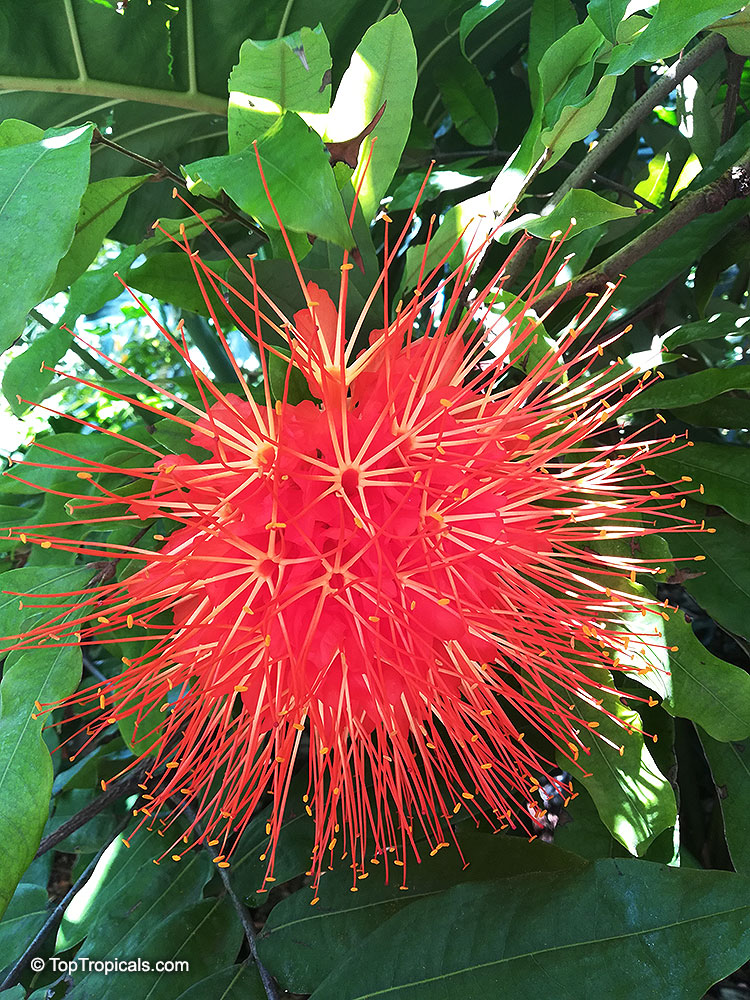
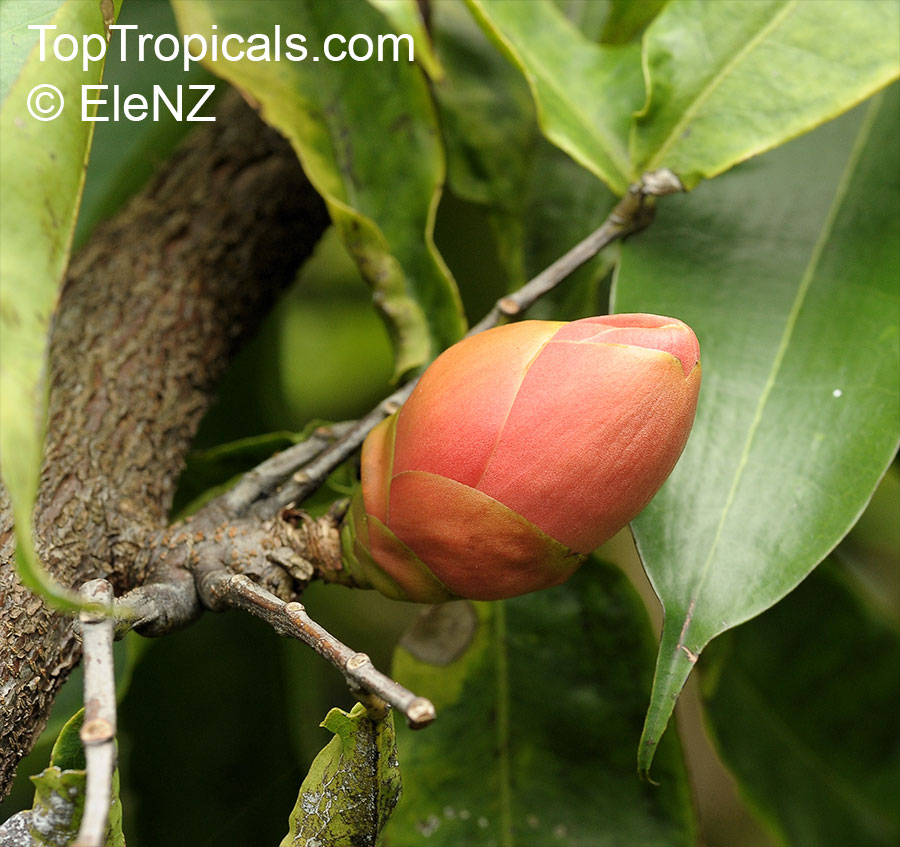
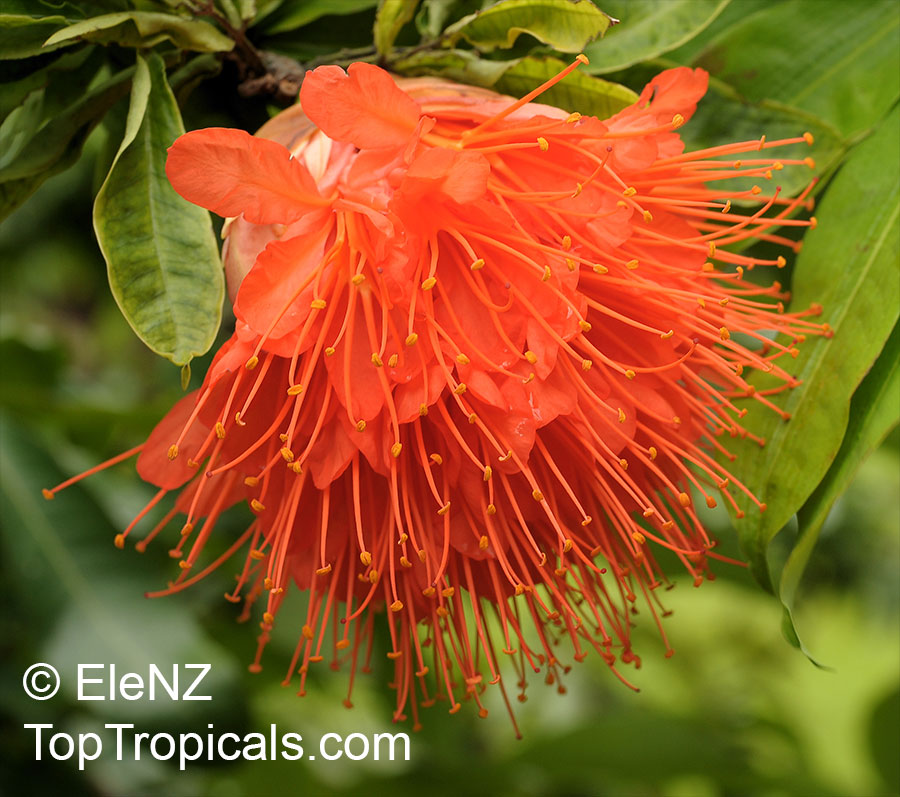
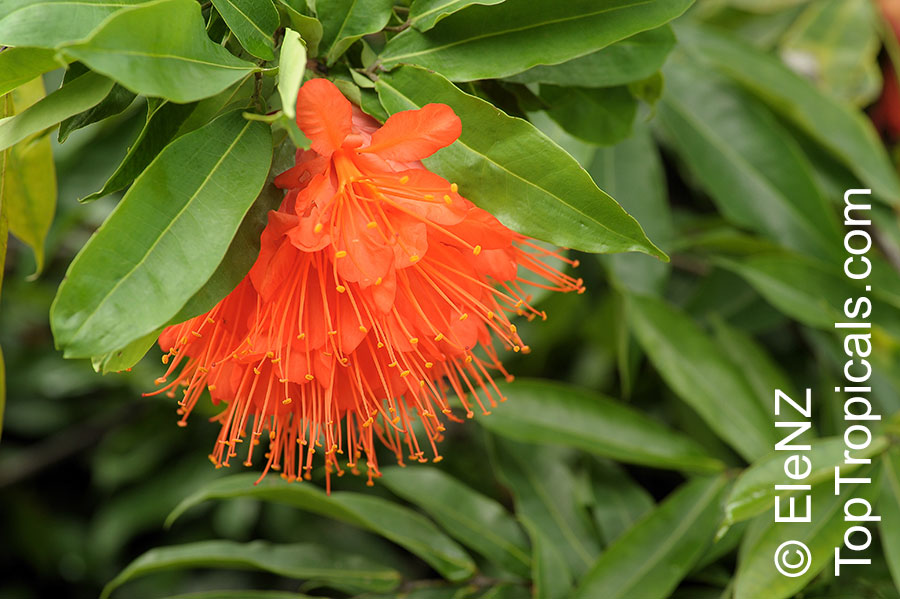
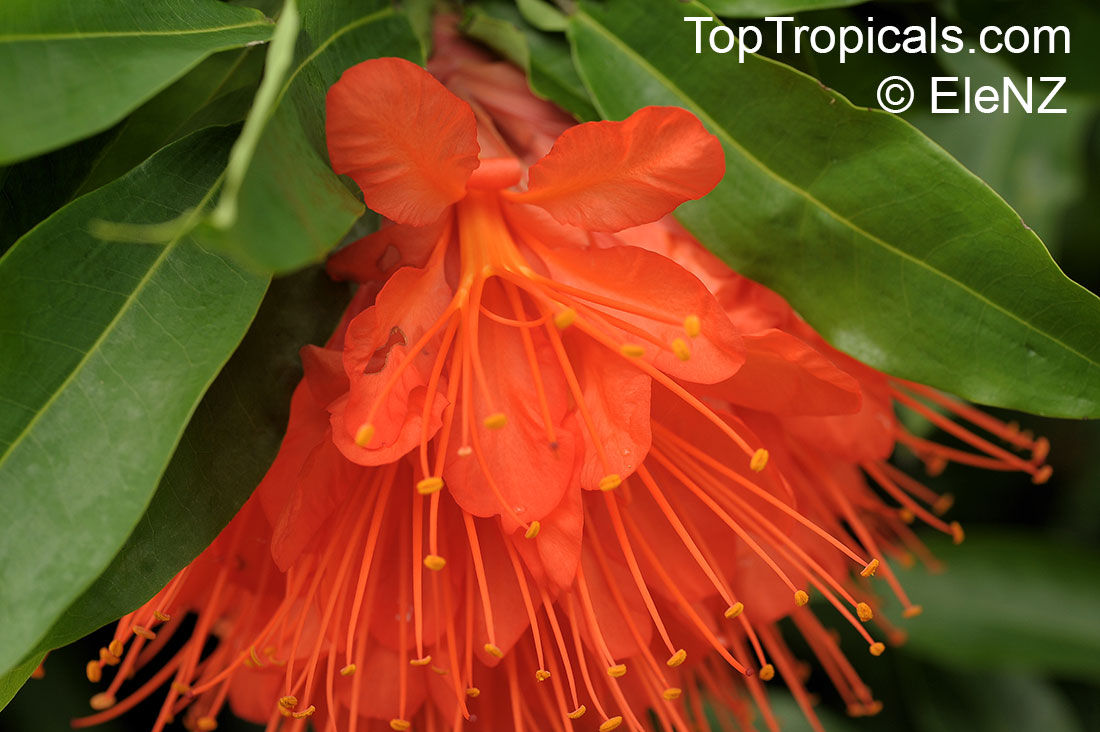
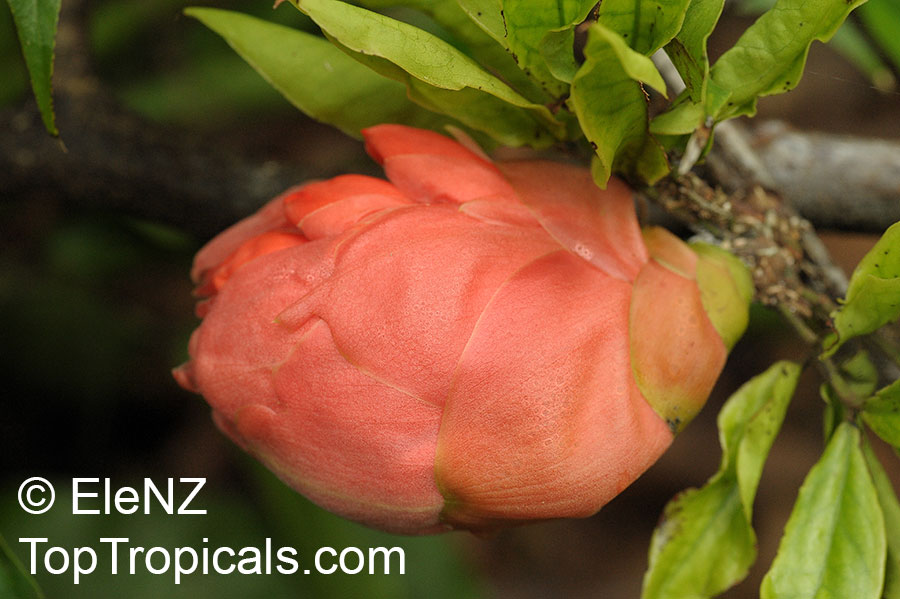
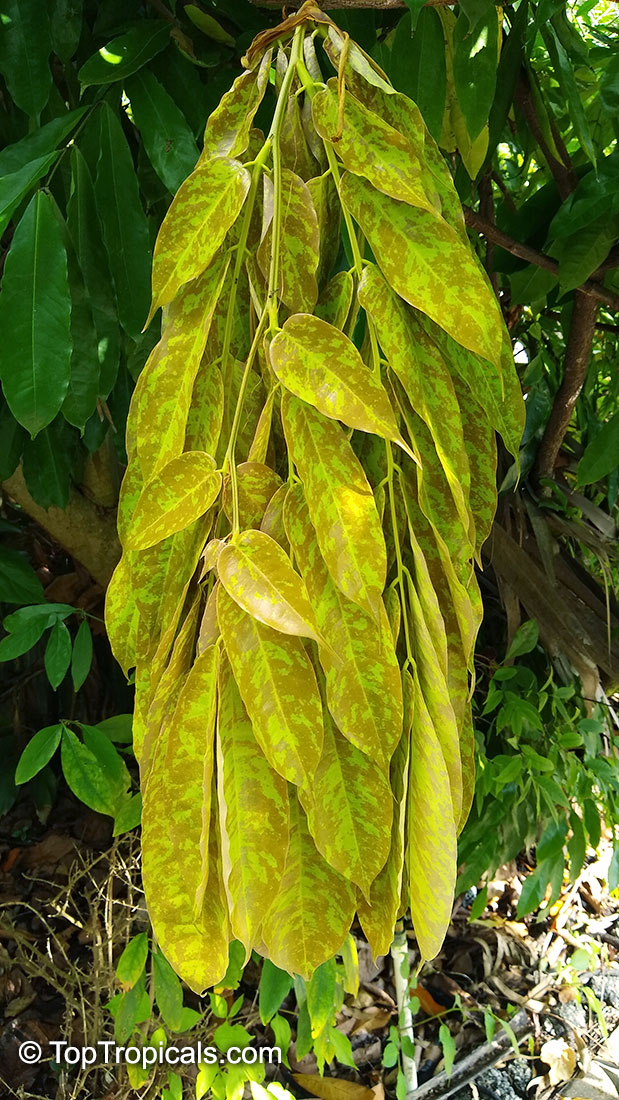
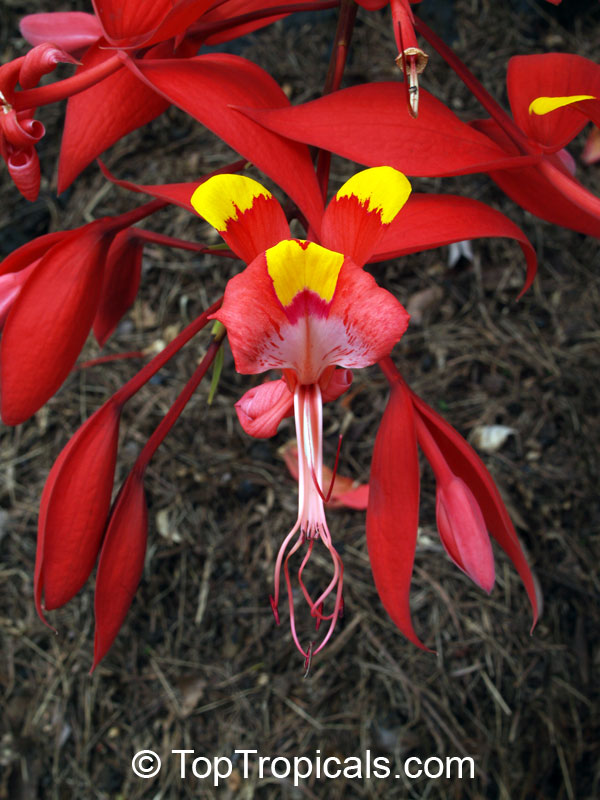
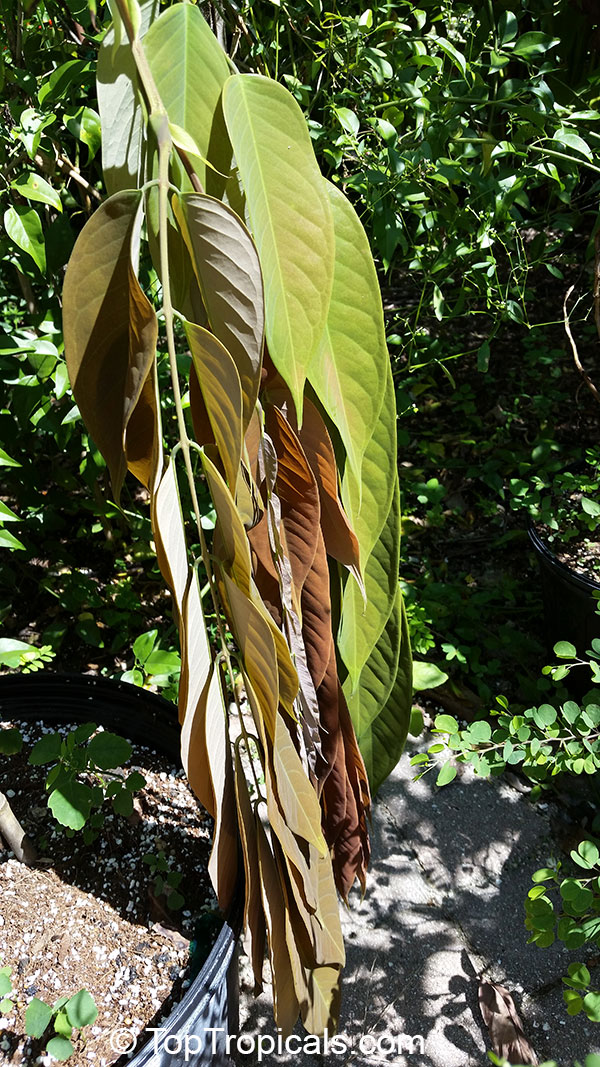
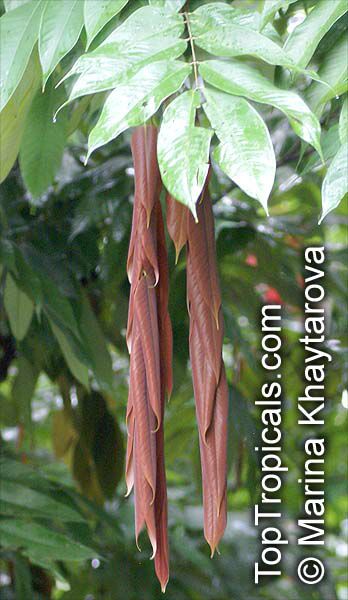
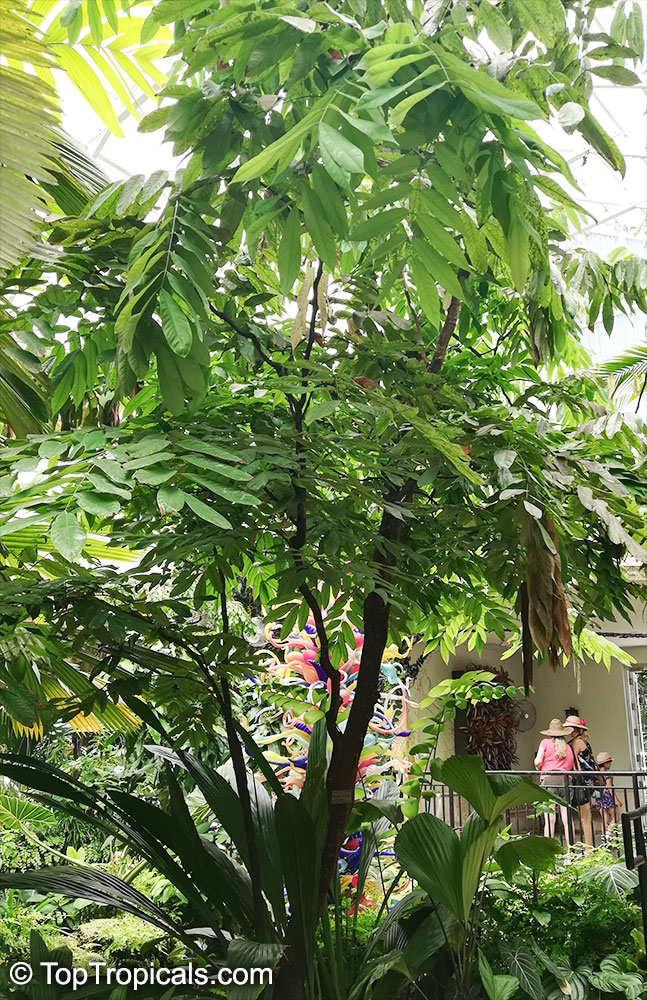
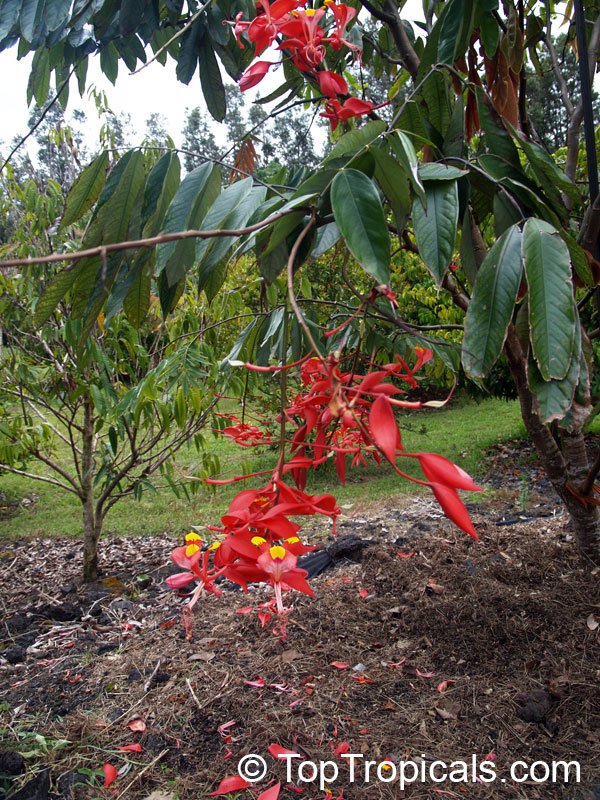
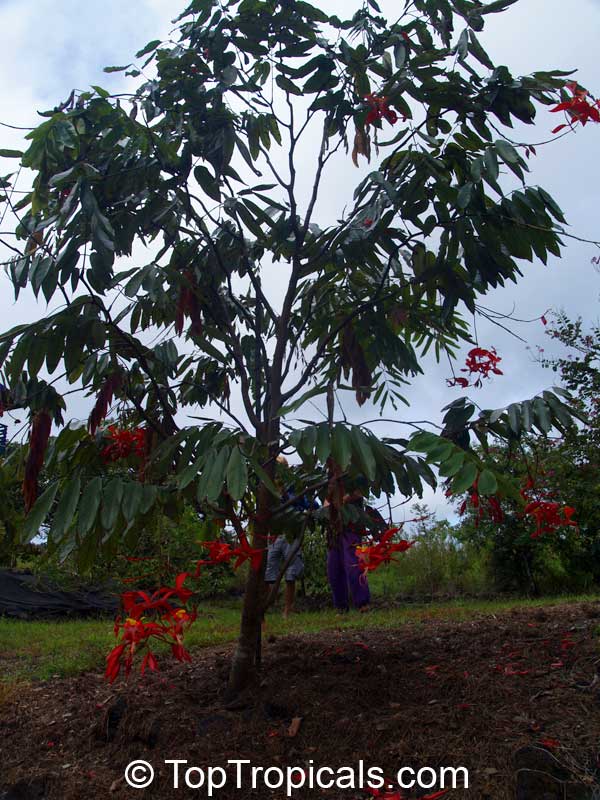
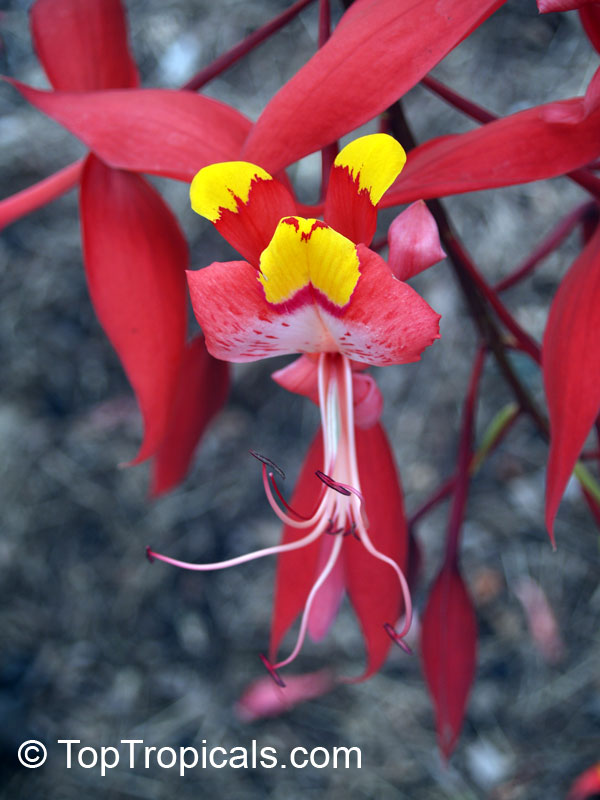
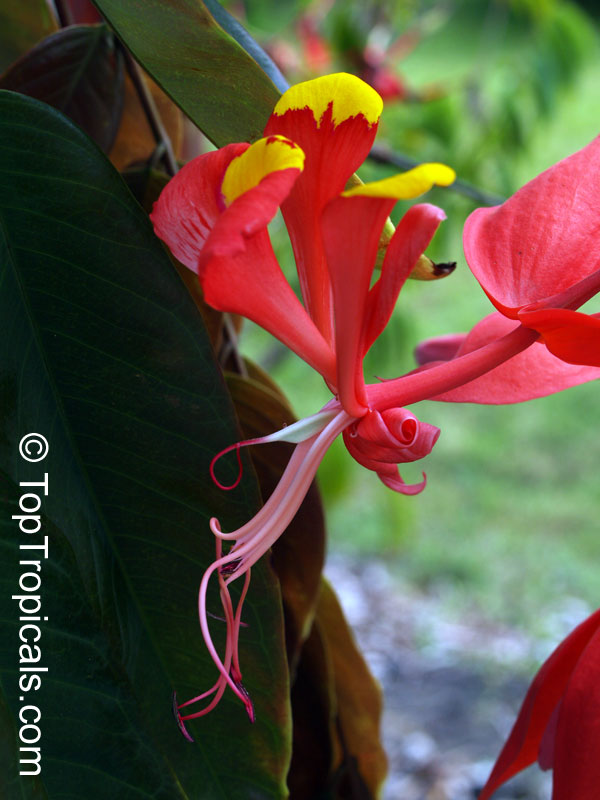
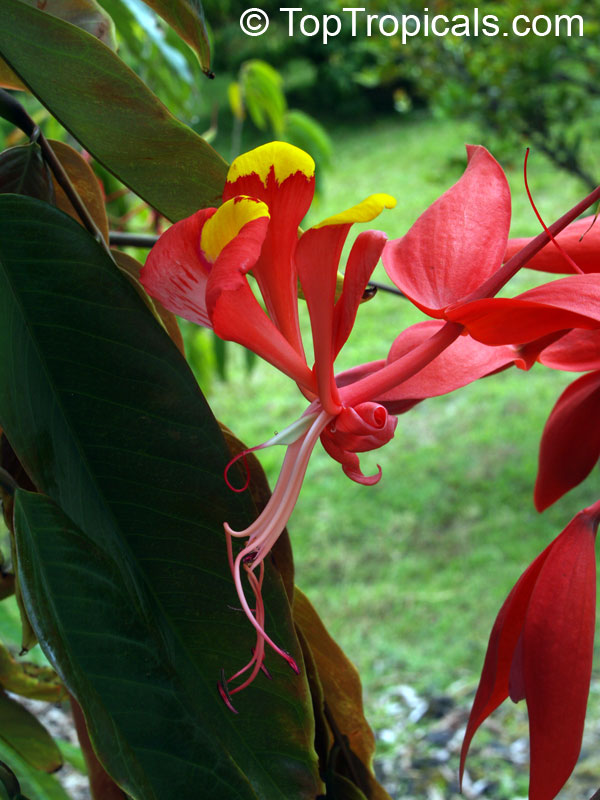
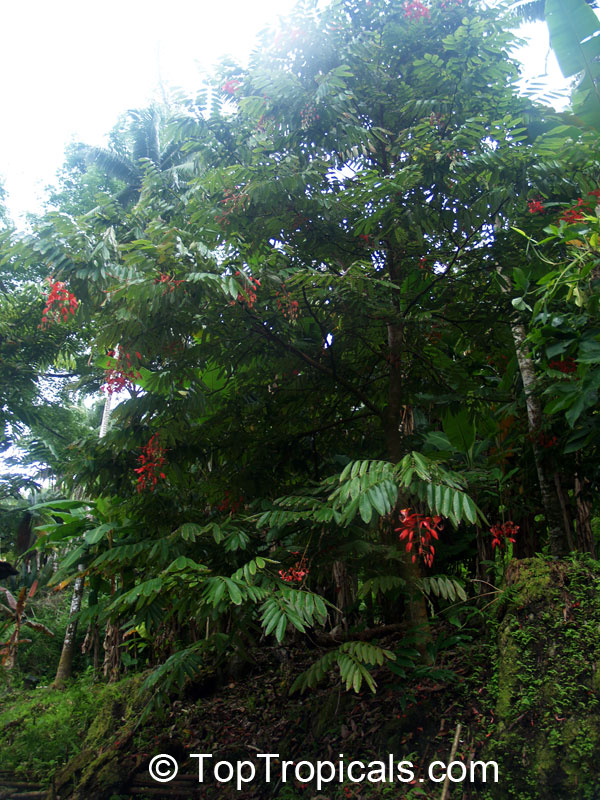
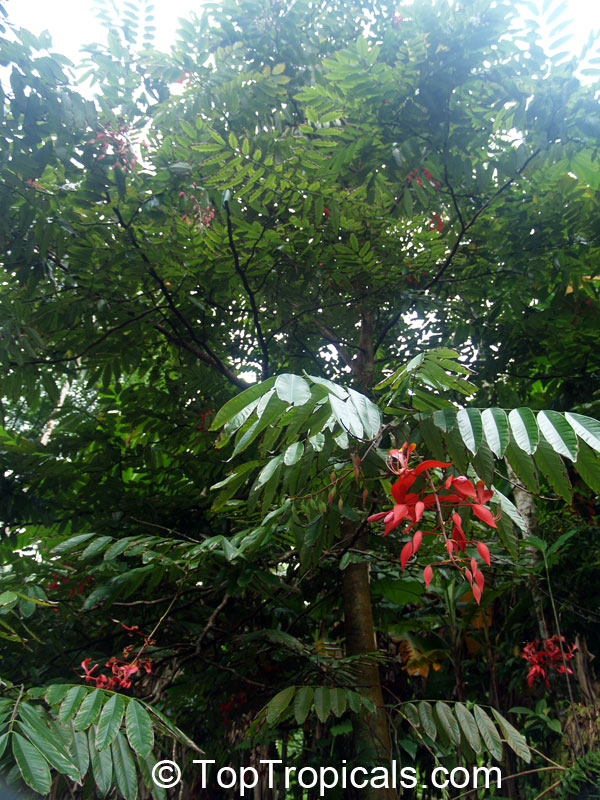
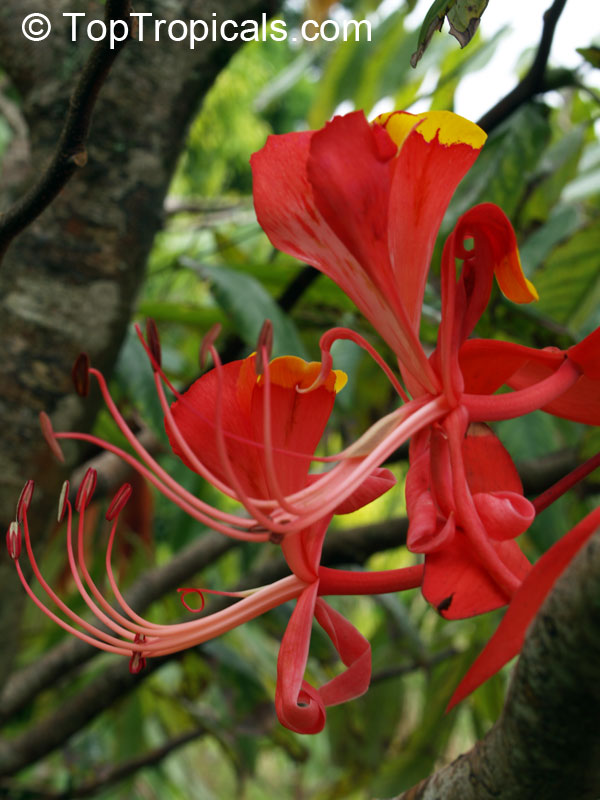
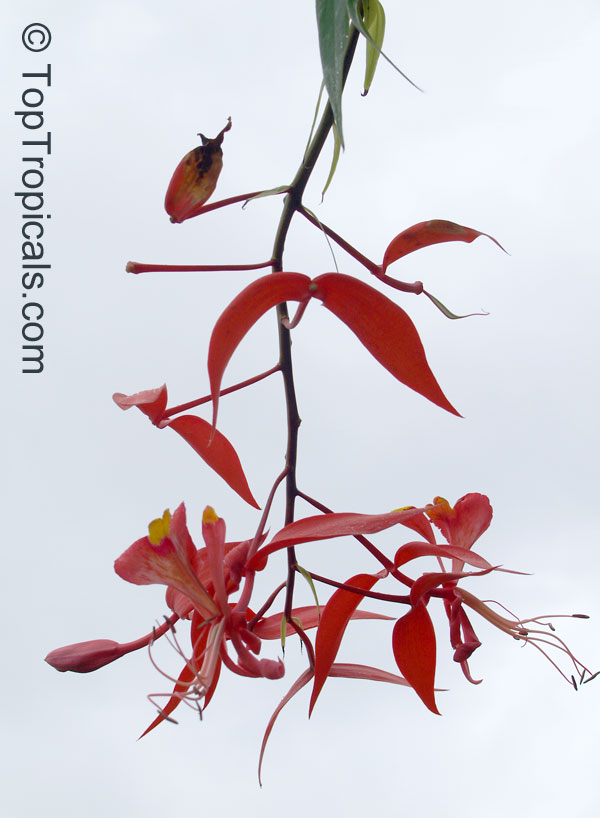
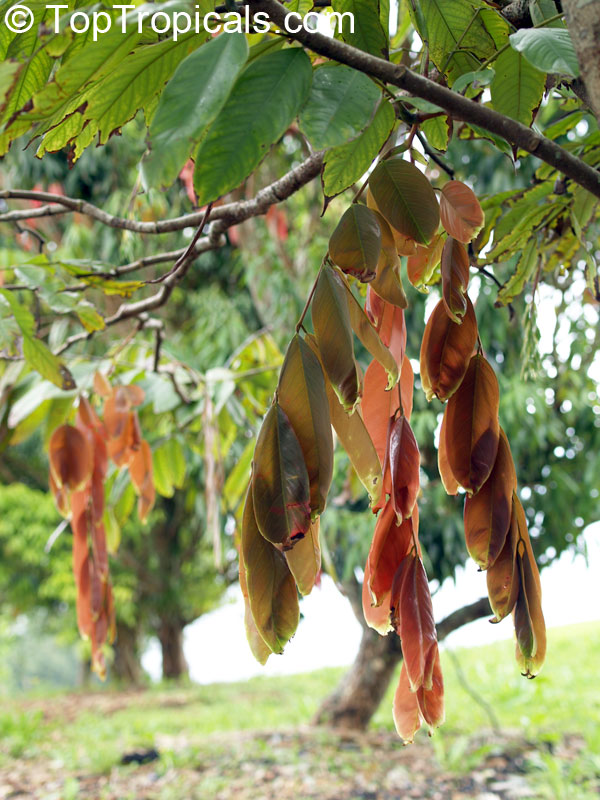
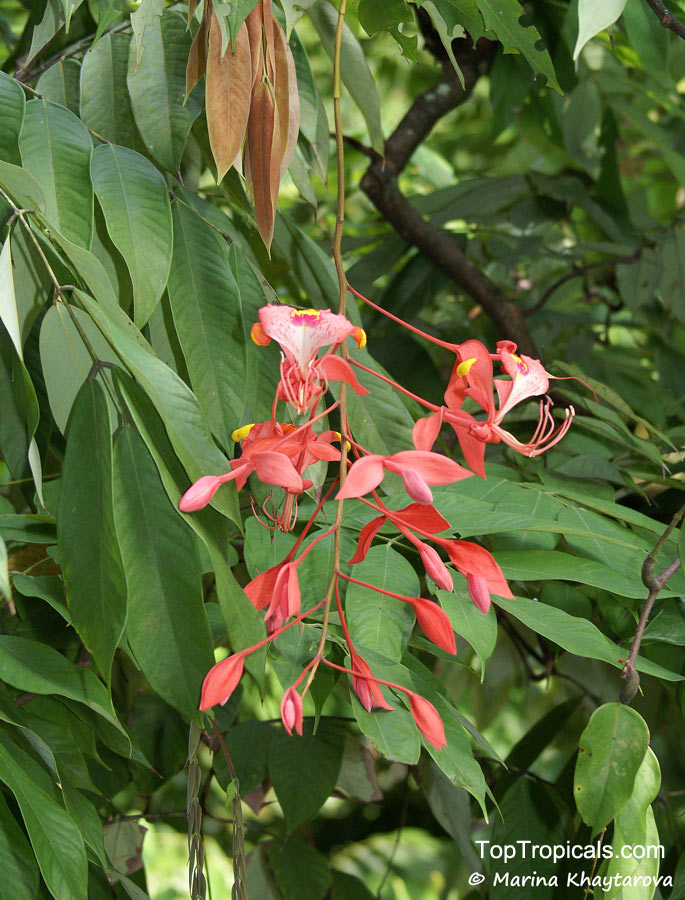
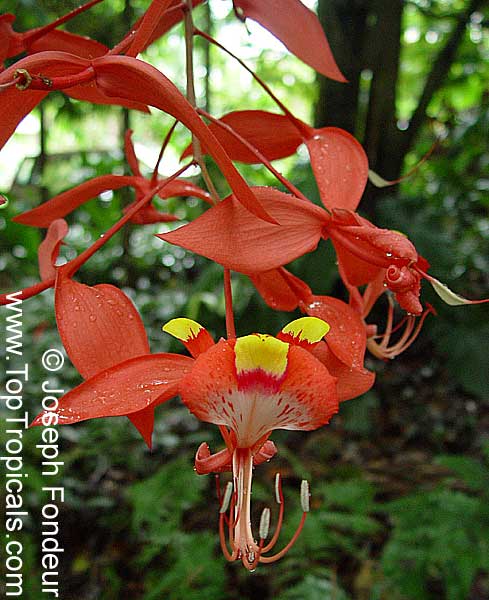
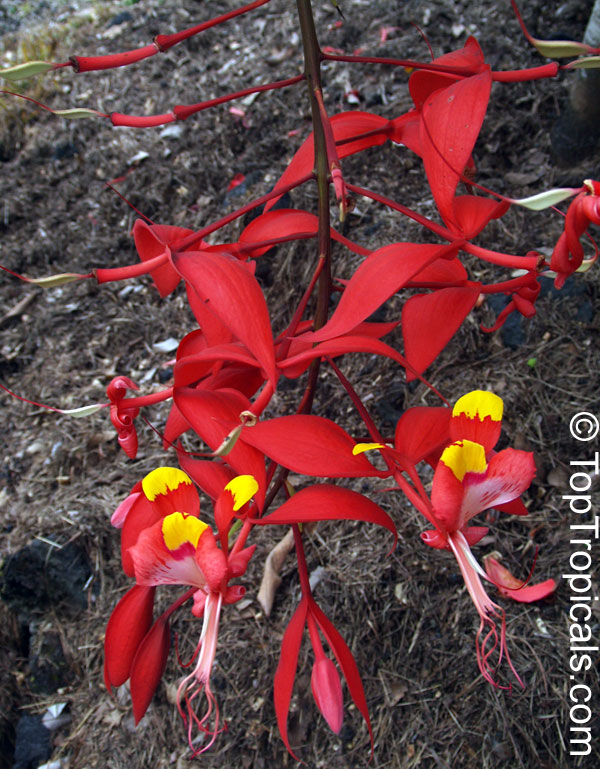
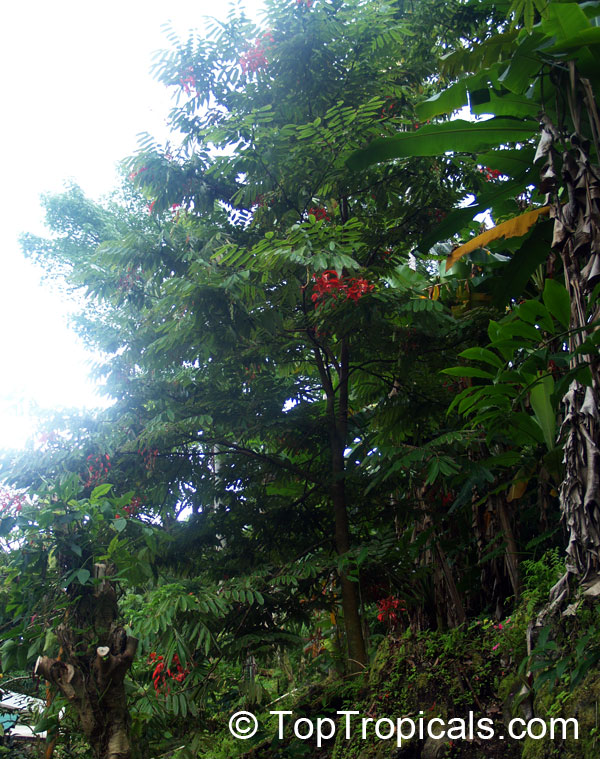
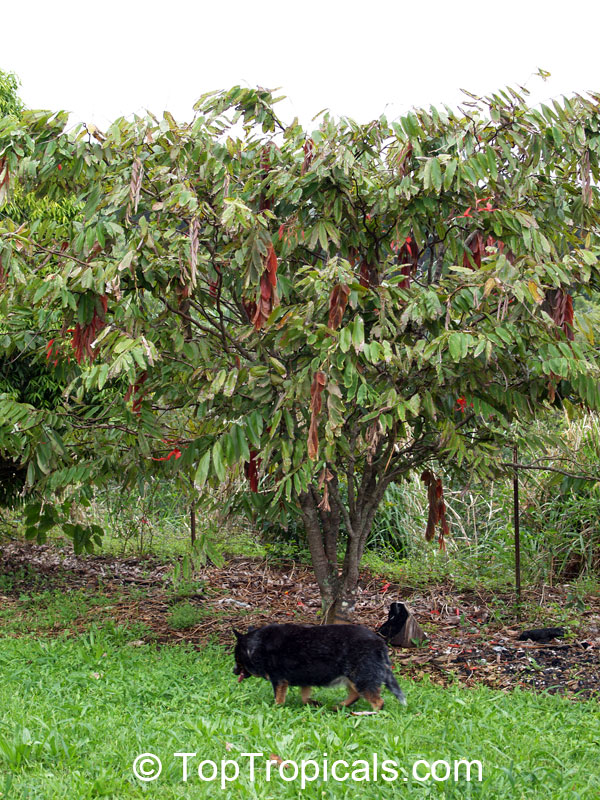
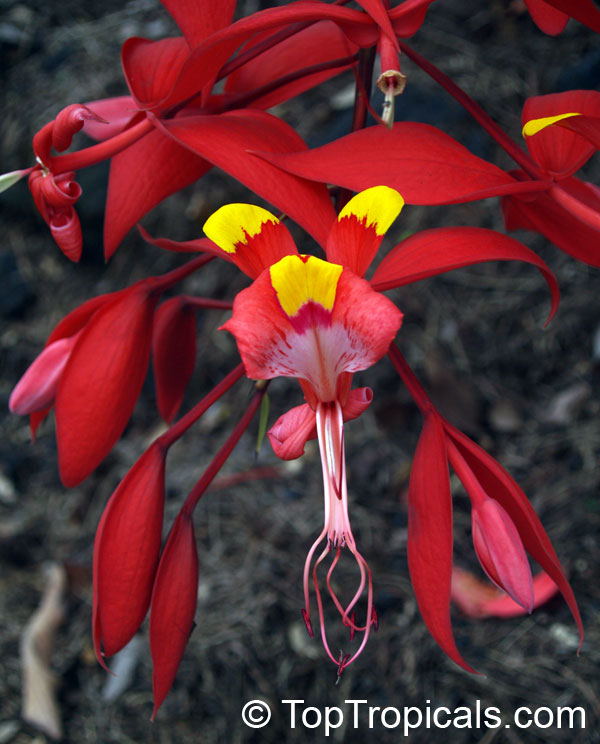
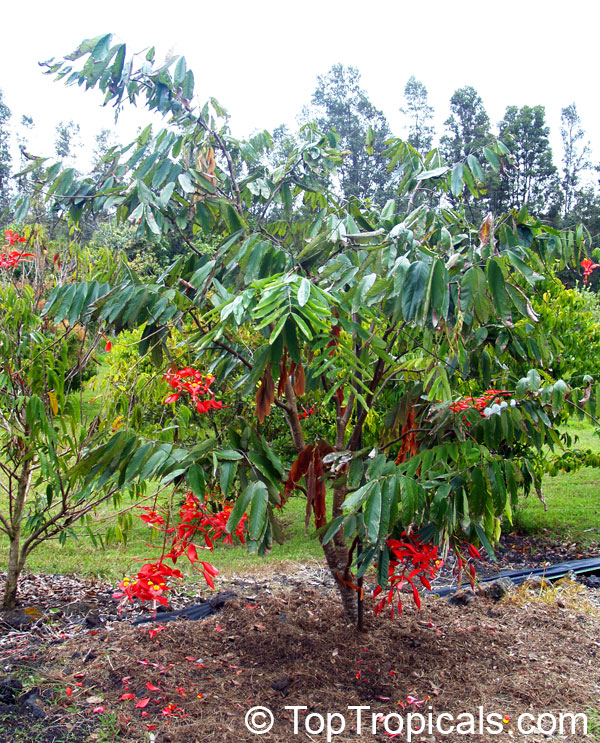
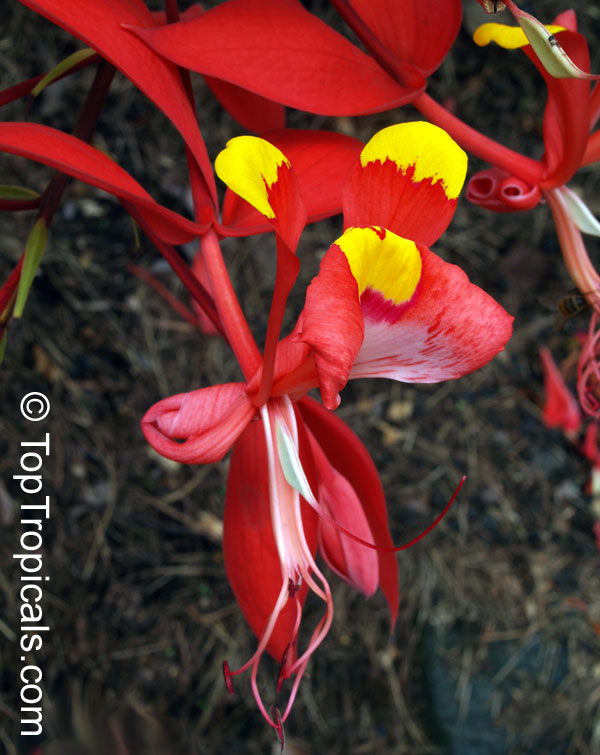
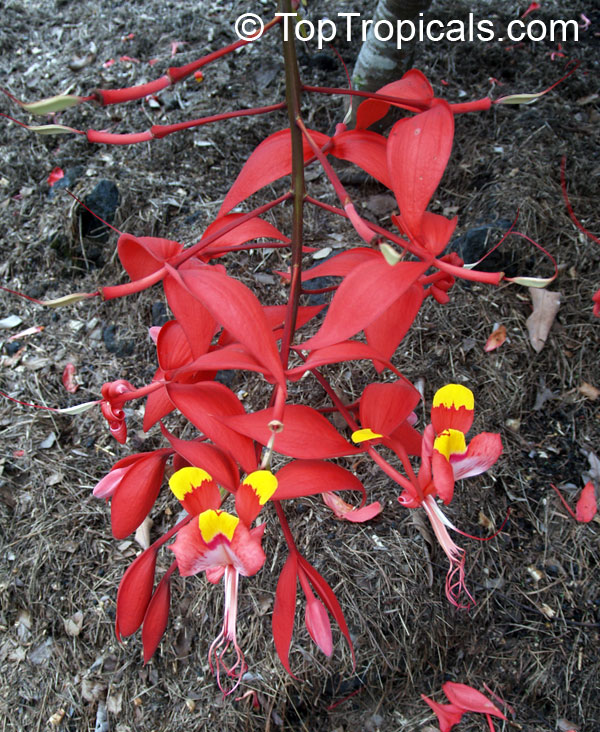
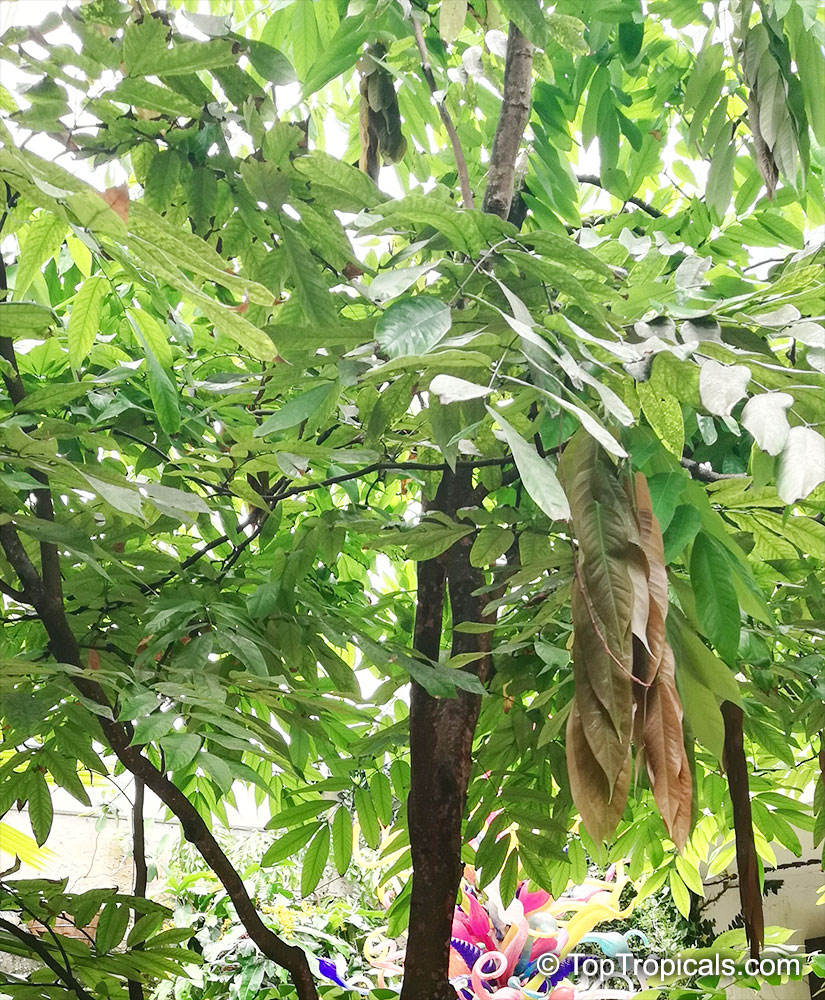
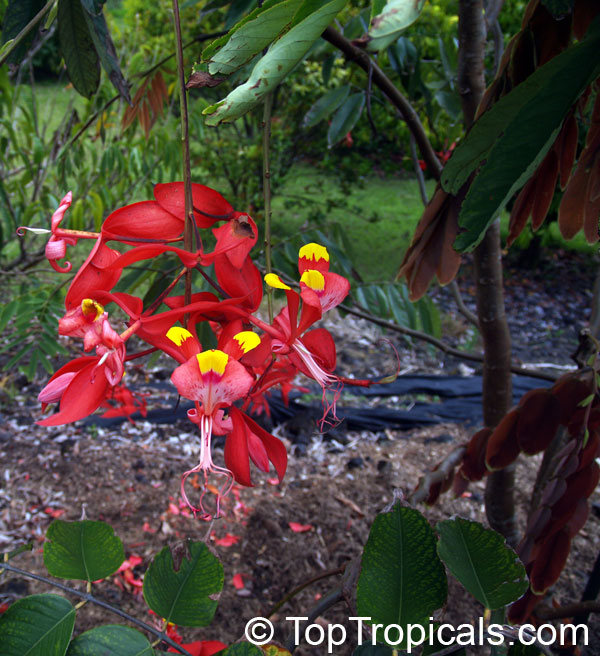
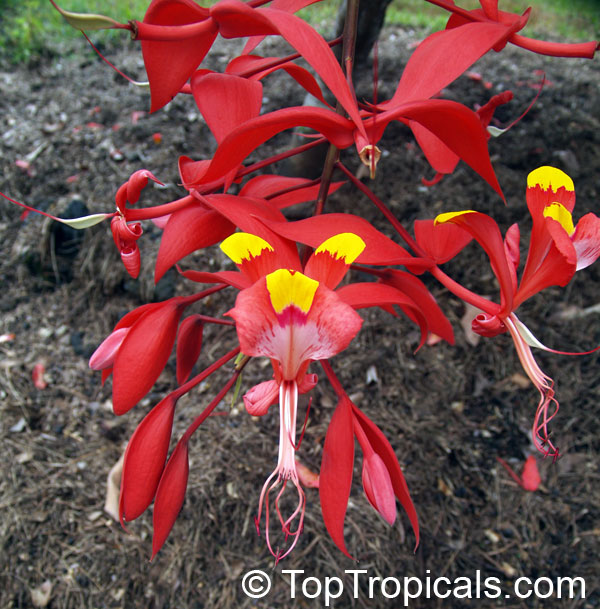
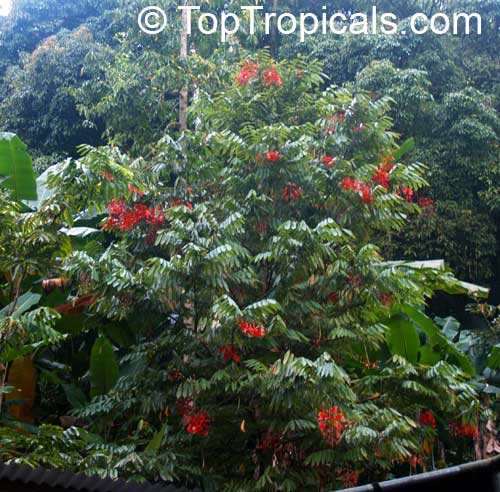
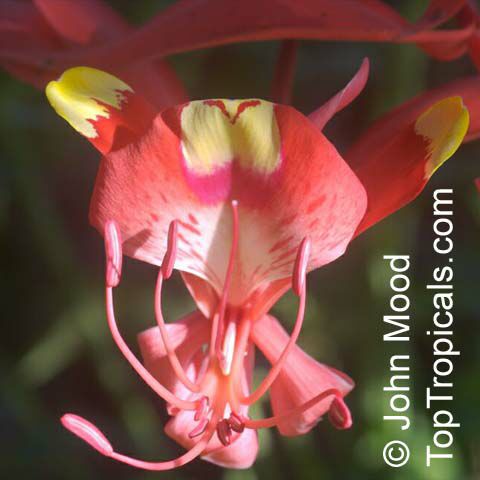
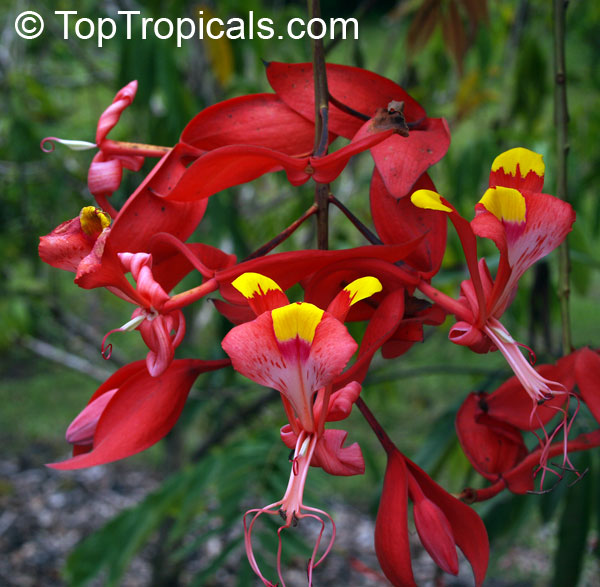
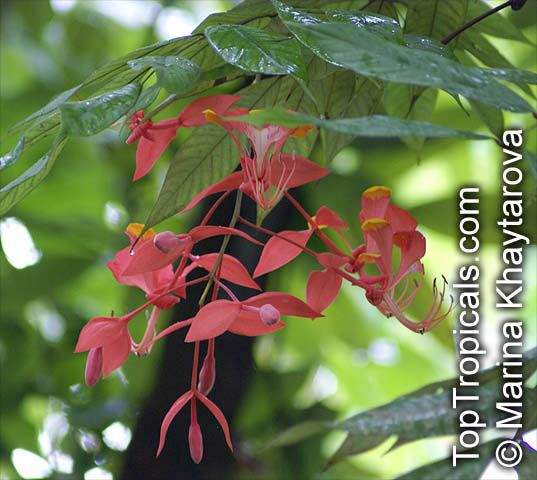
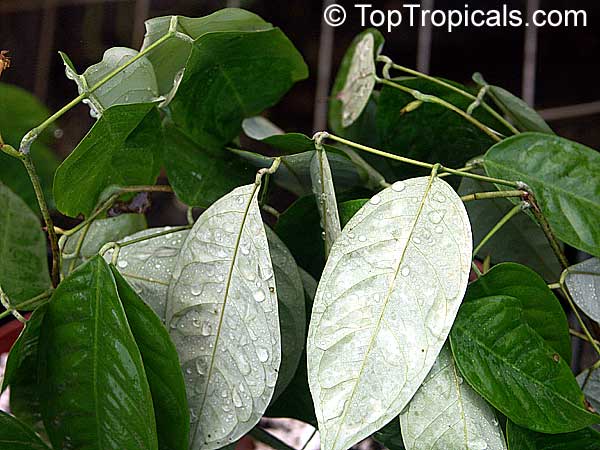
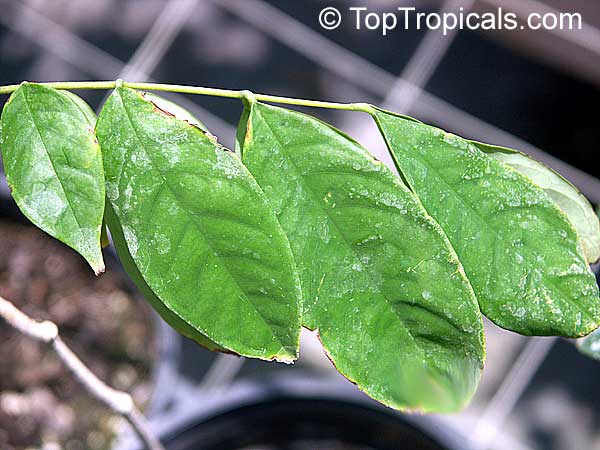

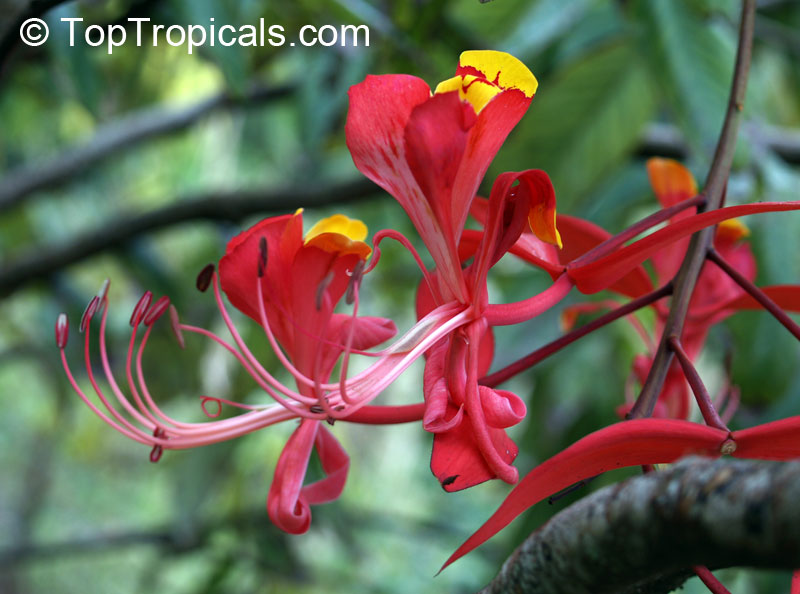
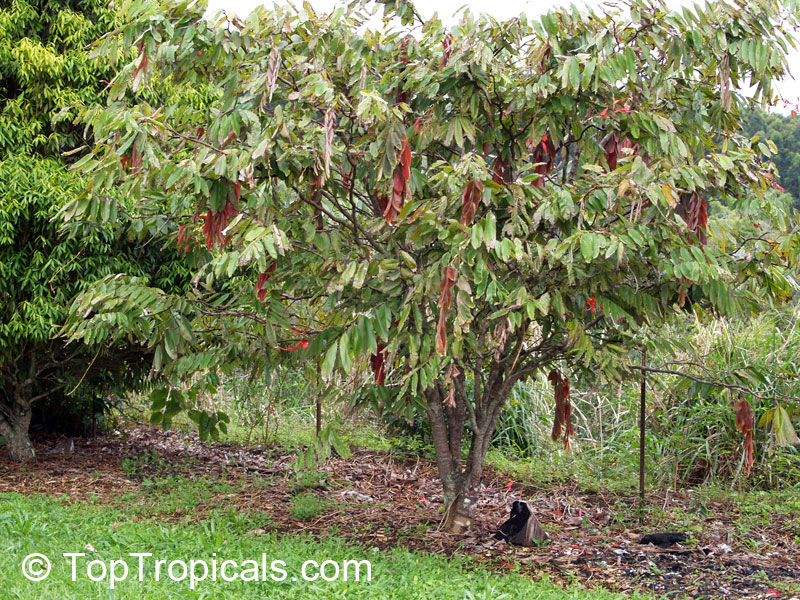
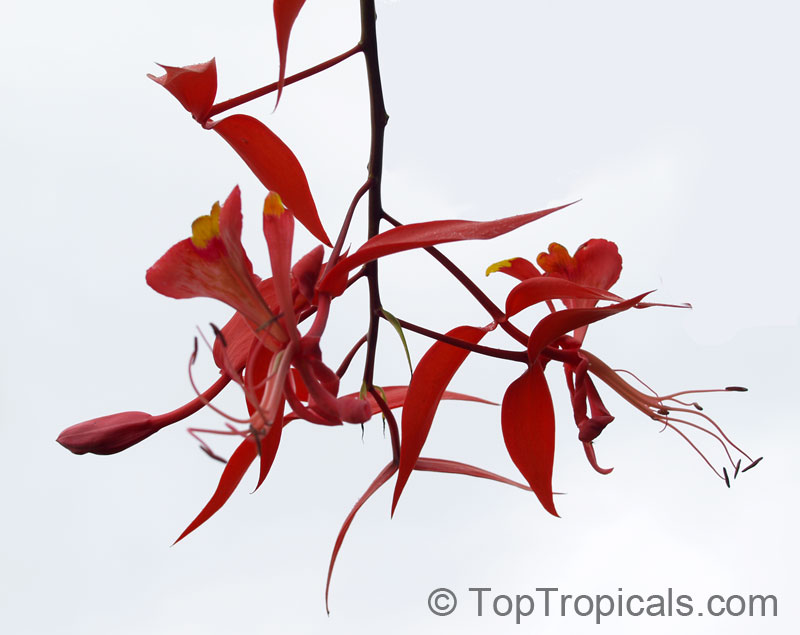
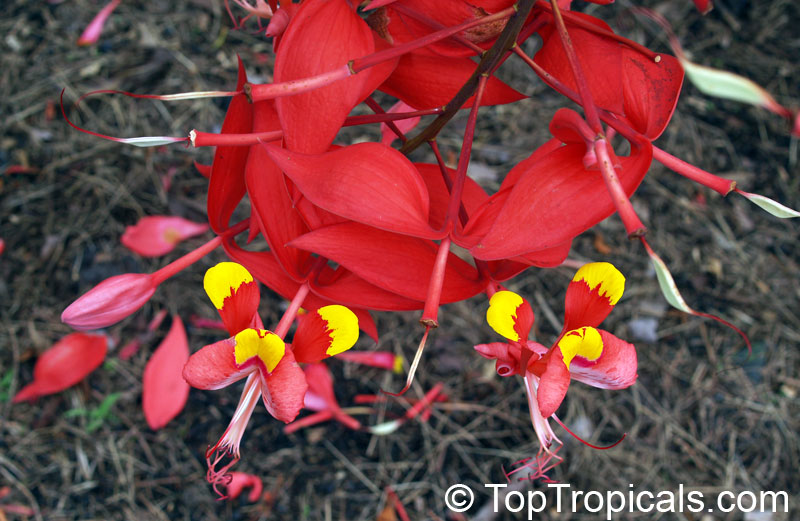
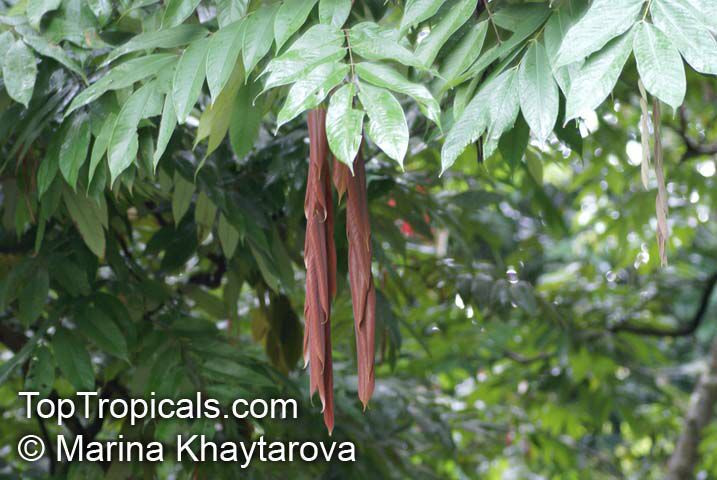
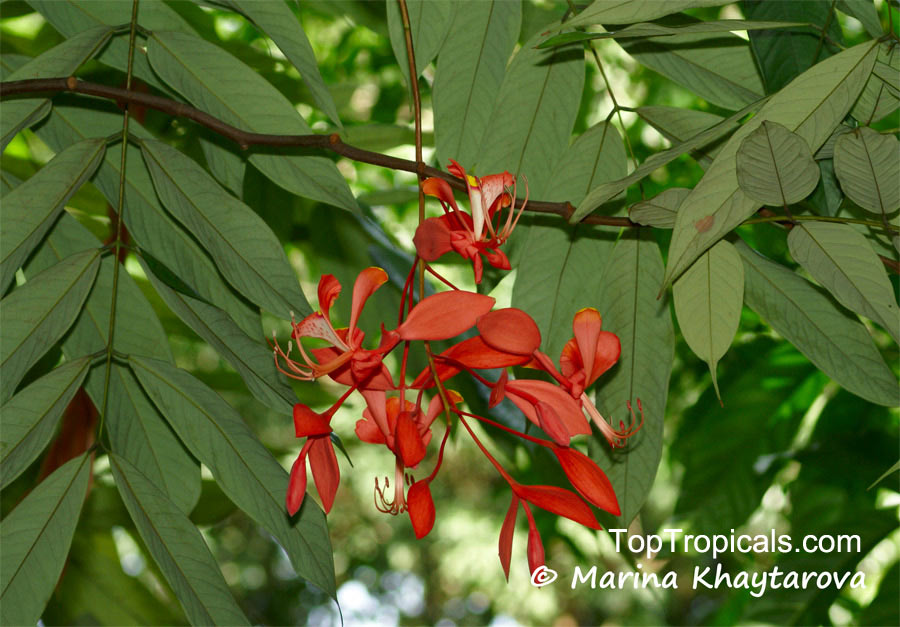
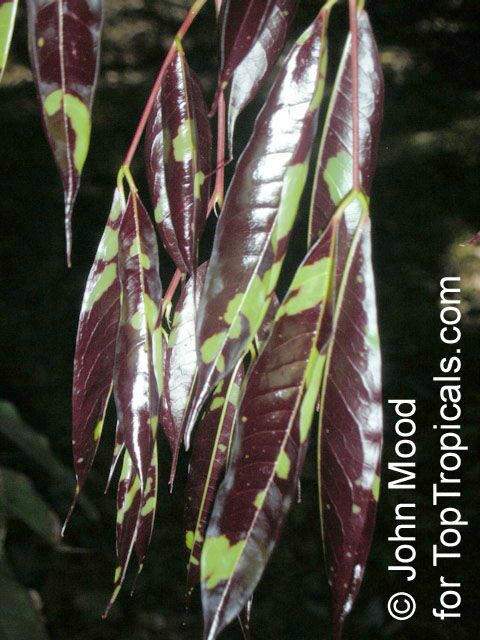
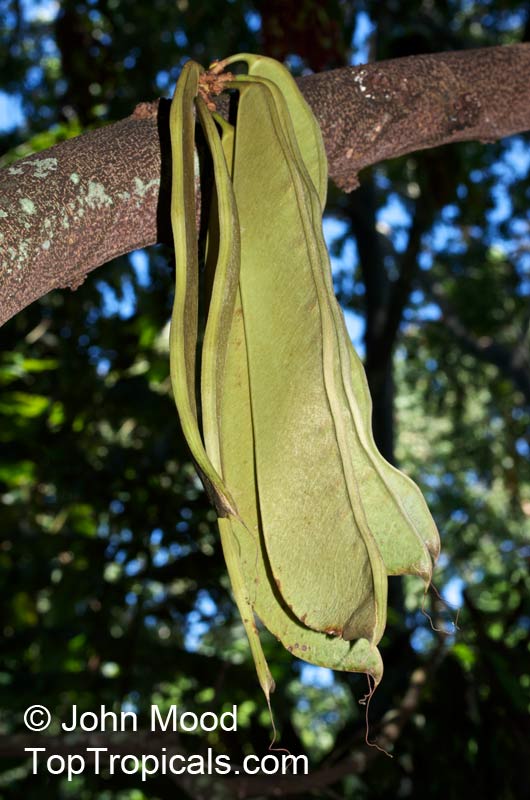
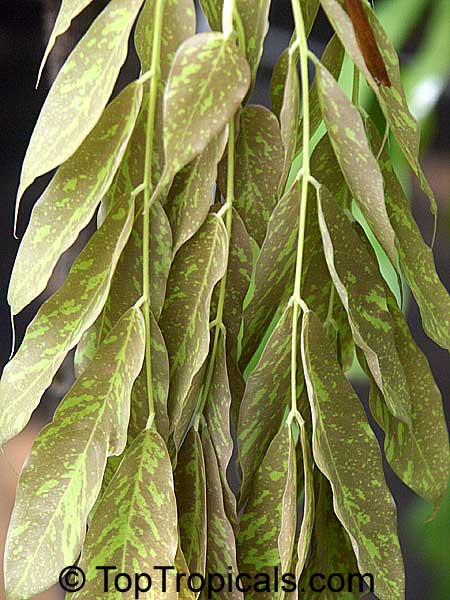
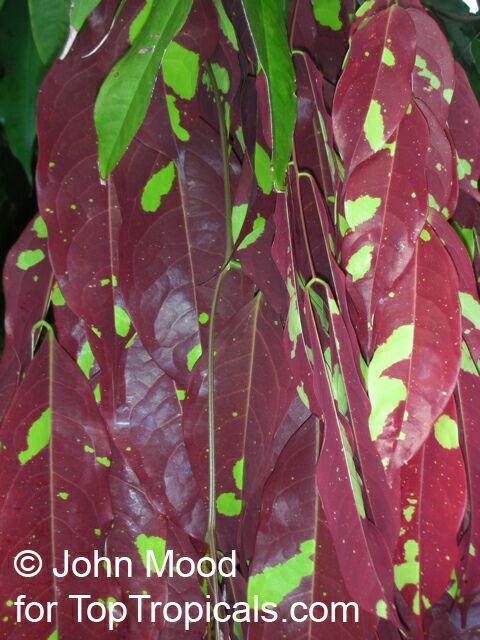
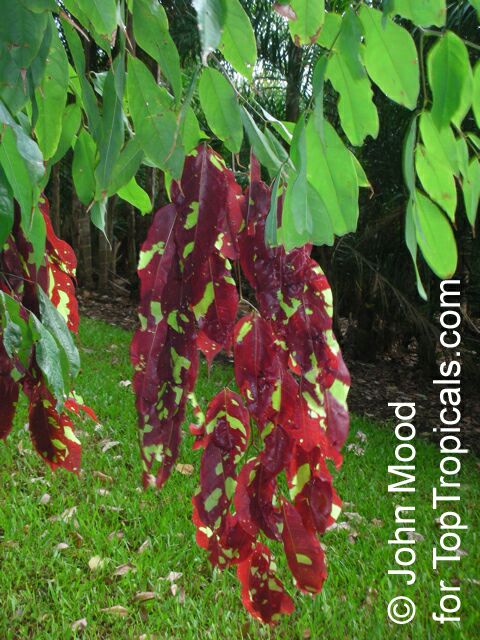
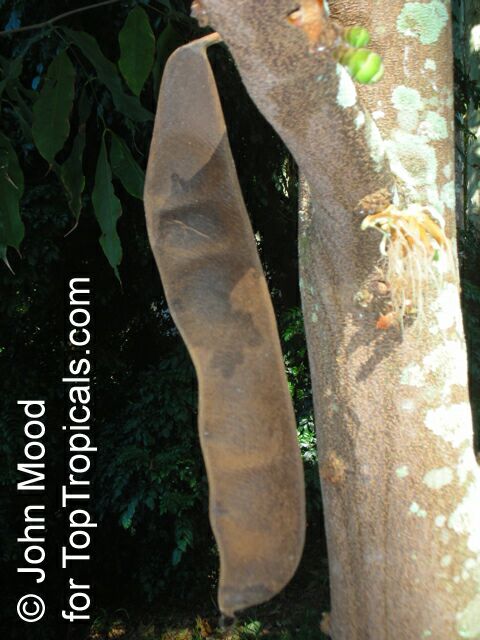
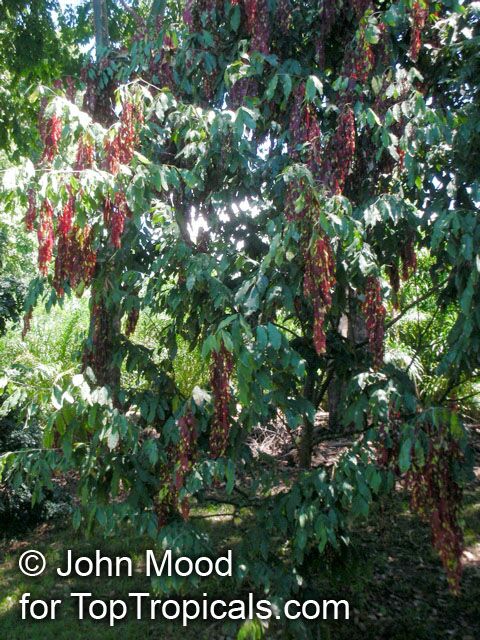
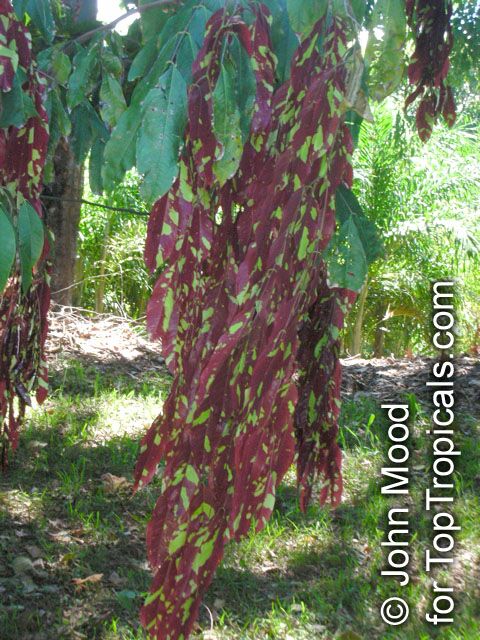
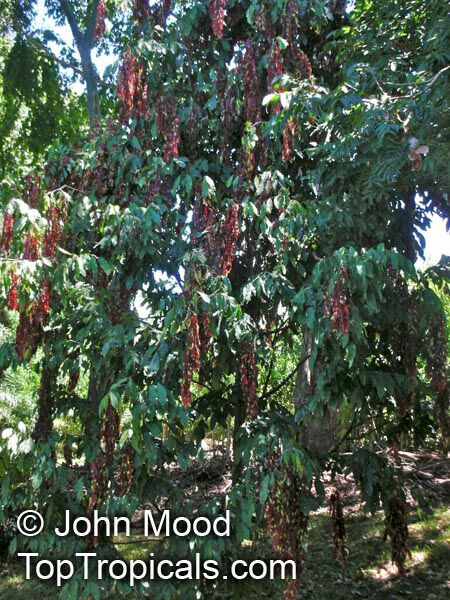

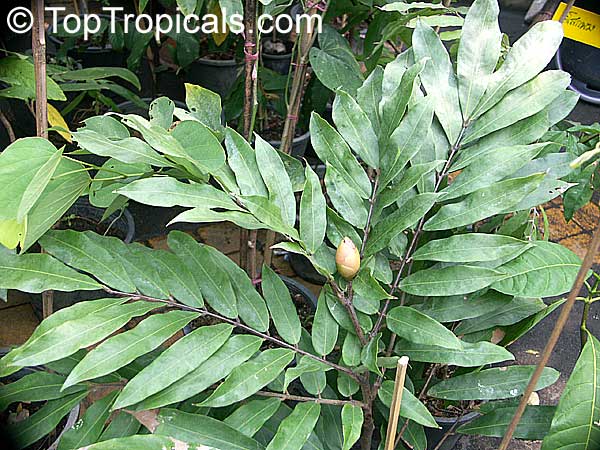

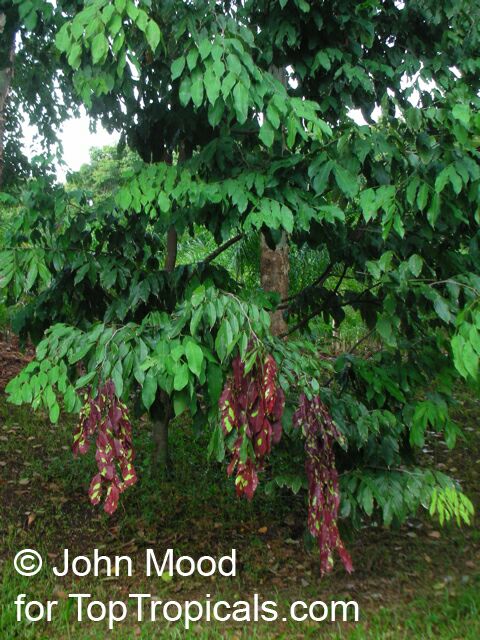
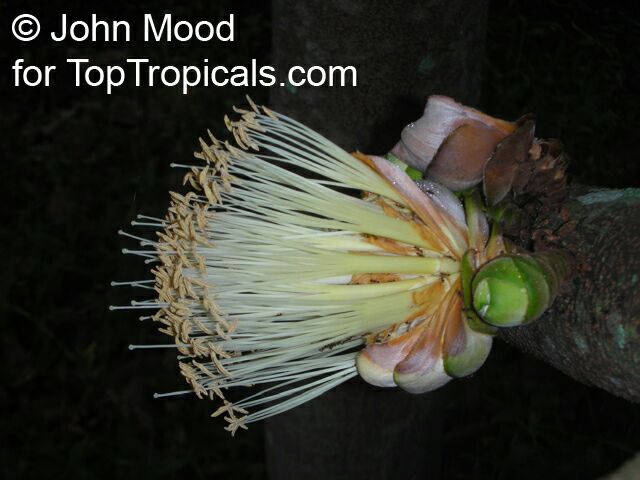
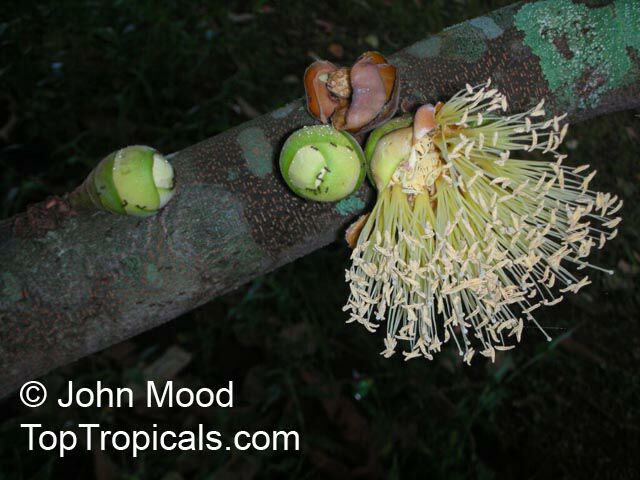
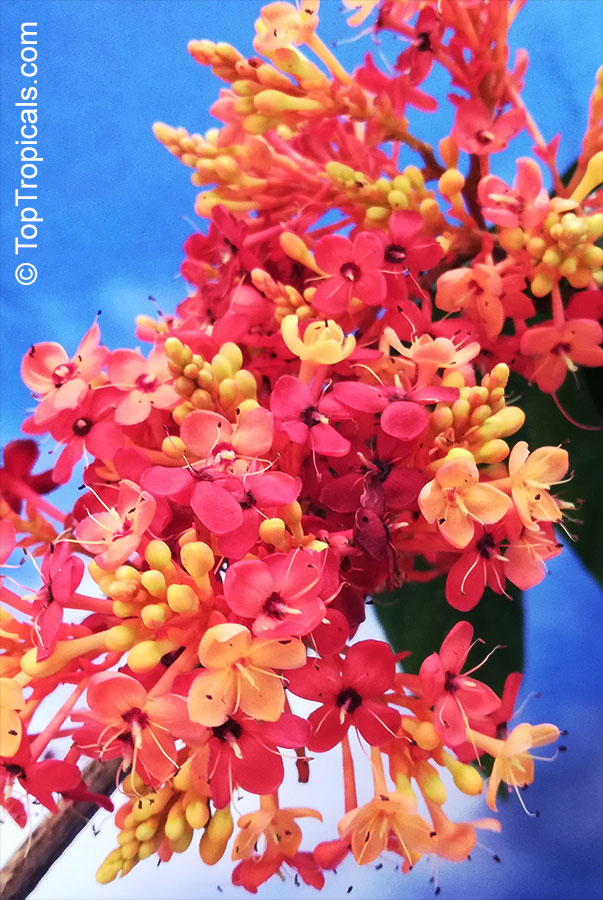
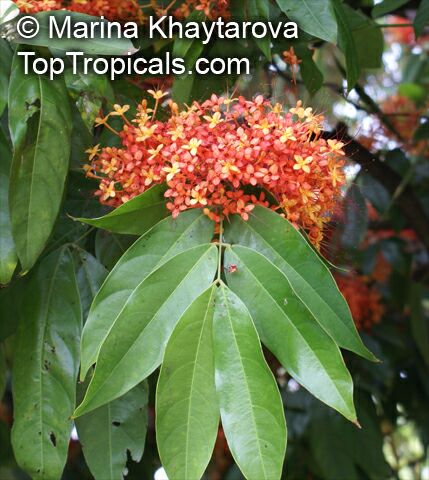
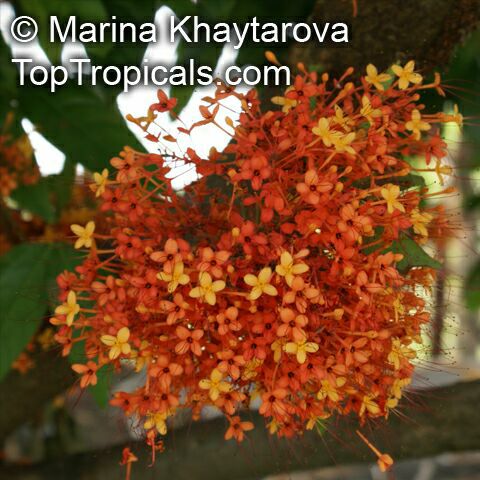
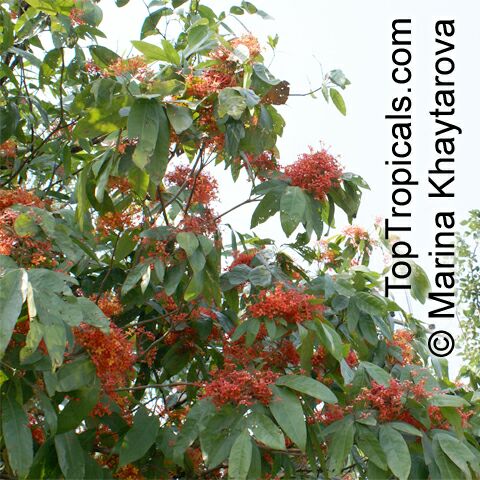
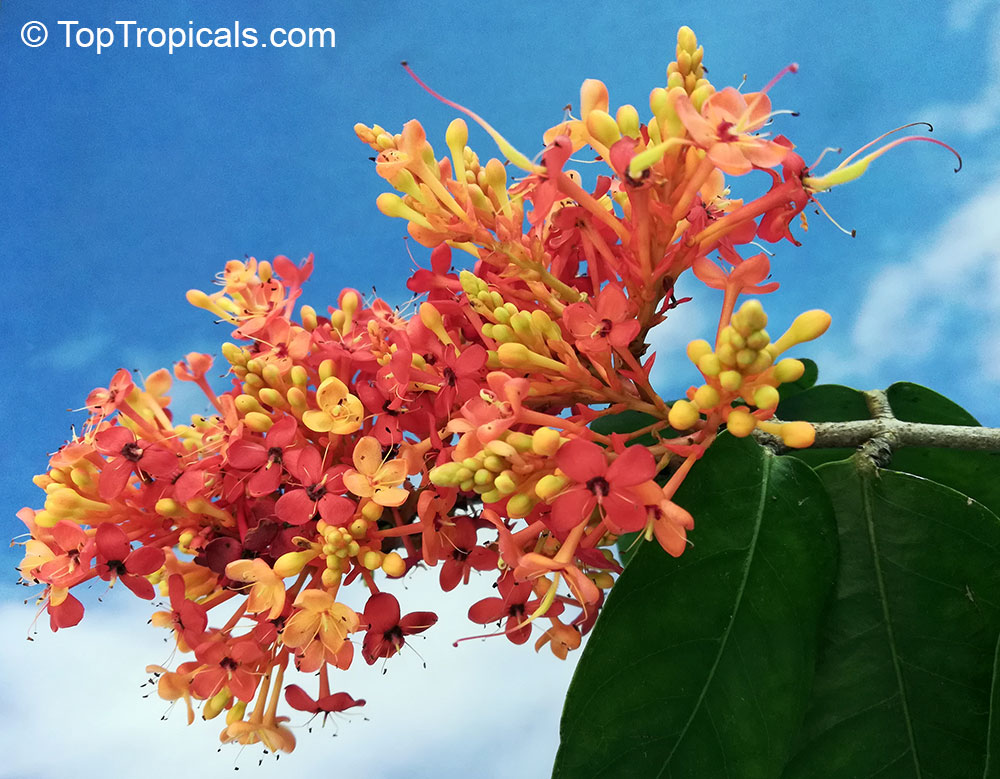
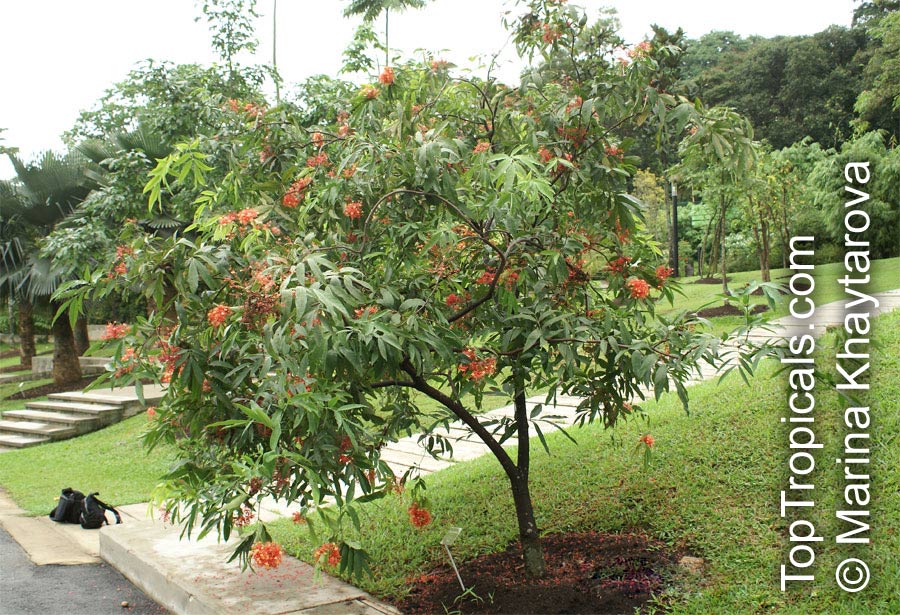
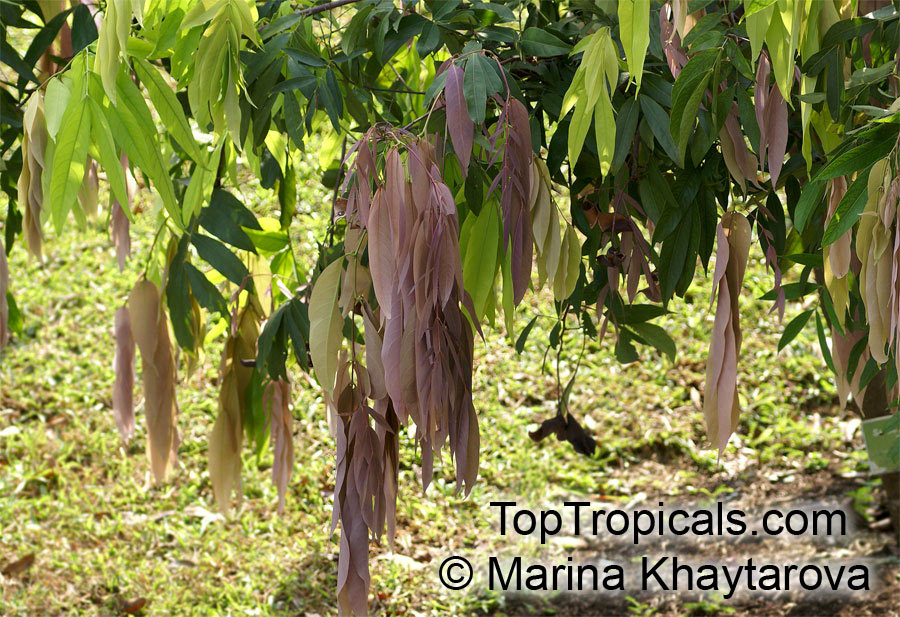
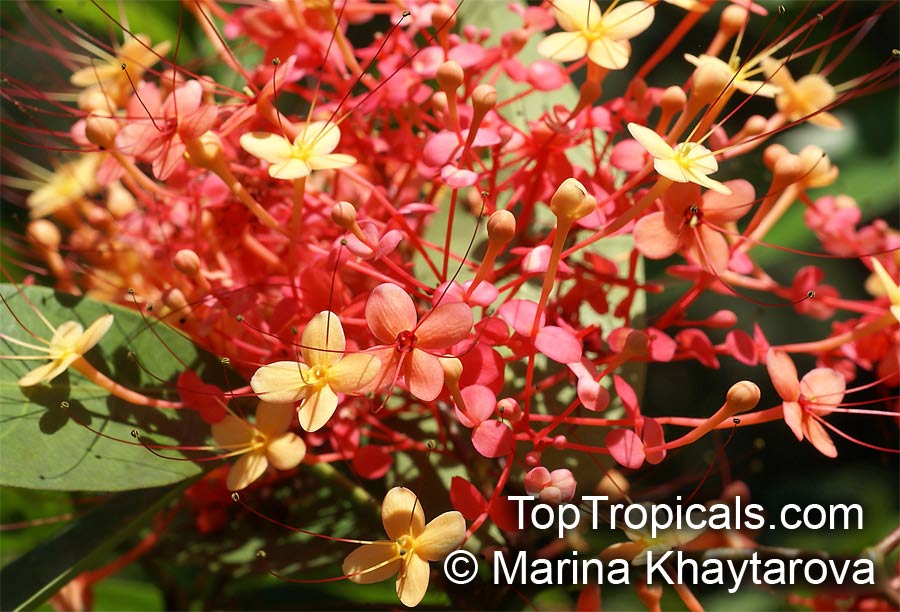
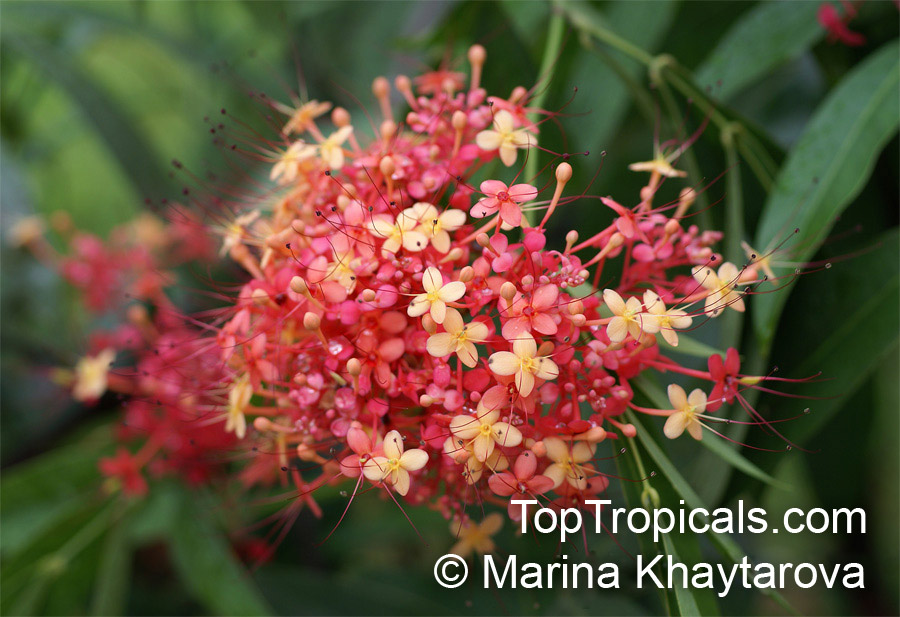
 SUNSHINE Pikake (NPK 2-2-4) - eco-friendly concentrated nutrition booster for fragrant flowers. Improves quantity and quality of flowers. Encourages profuse blooming. Increases flower fragrance intensity. Can be used with every watering. For best results, use in combination with
SUNSHINE Pikake (NPK 2-2-4) - eco-friendly concentrated nutrition booster for fragrant flowers. Improves quantity and quality of flowers. Encourages profuse blooming. Increases flower fragrance intensity. Can be used with every watering. For best results, use in combination with 